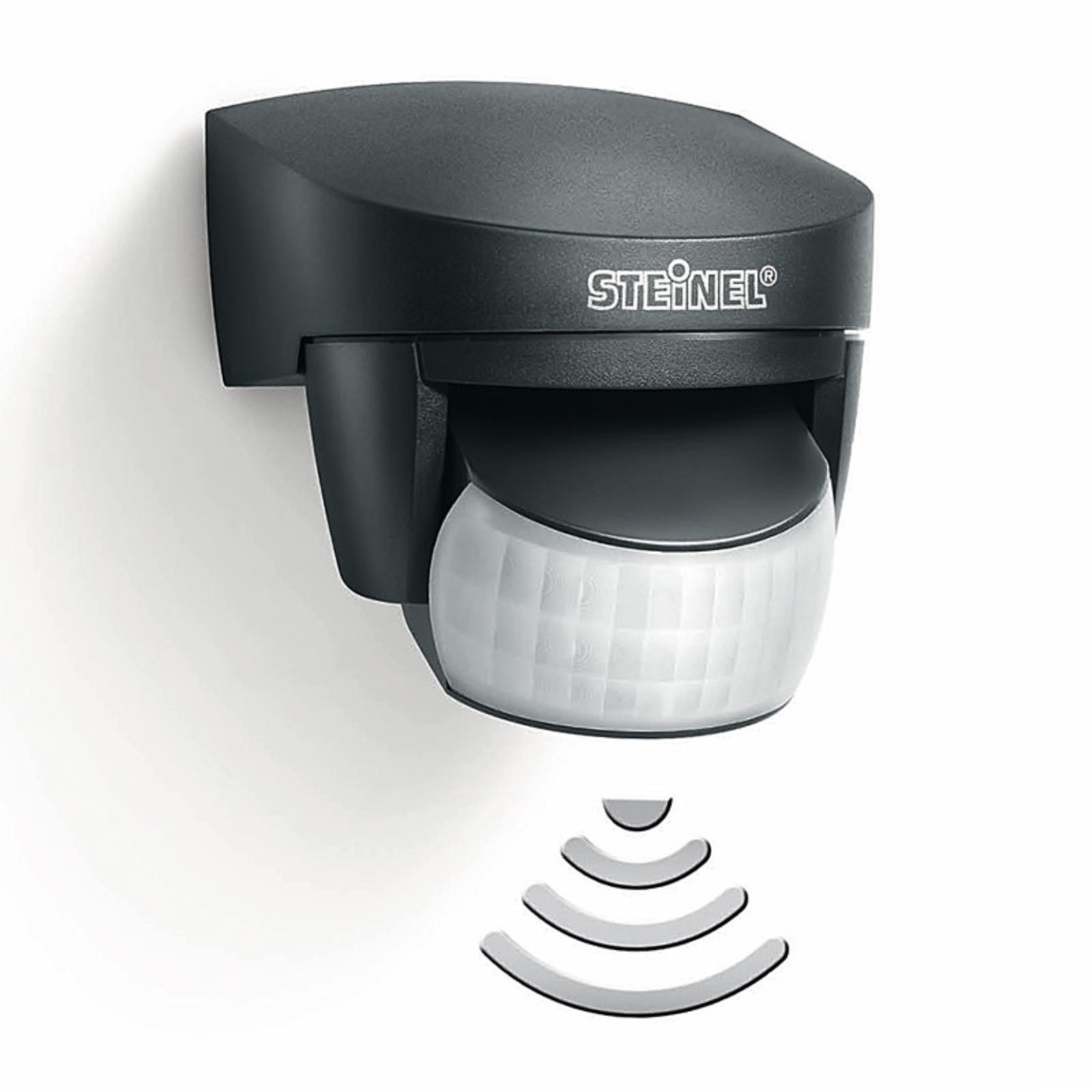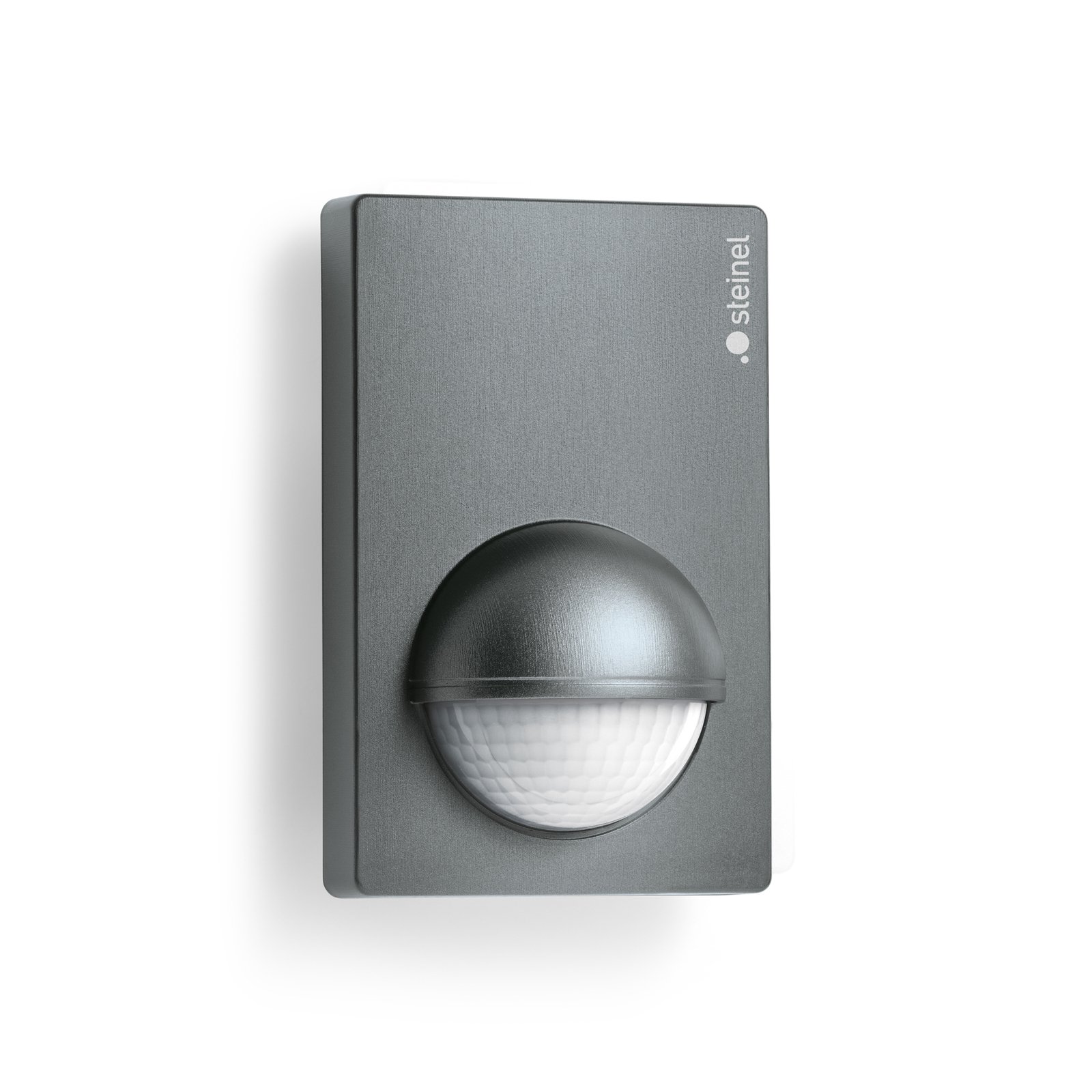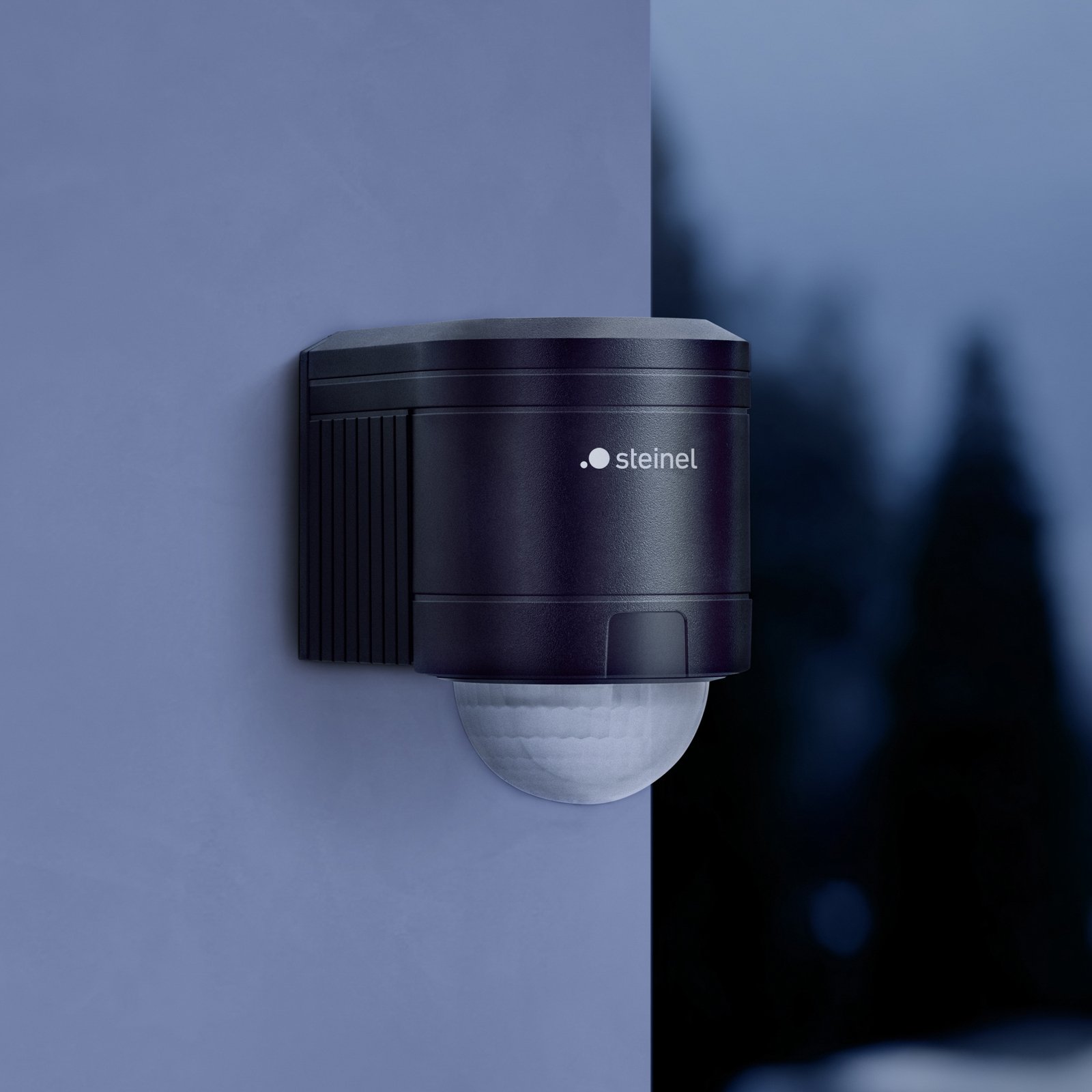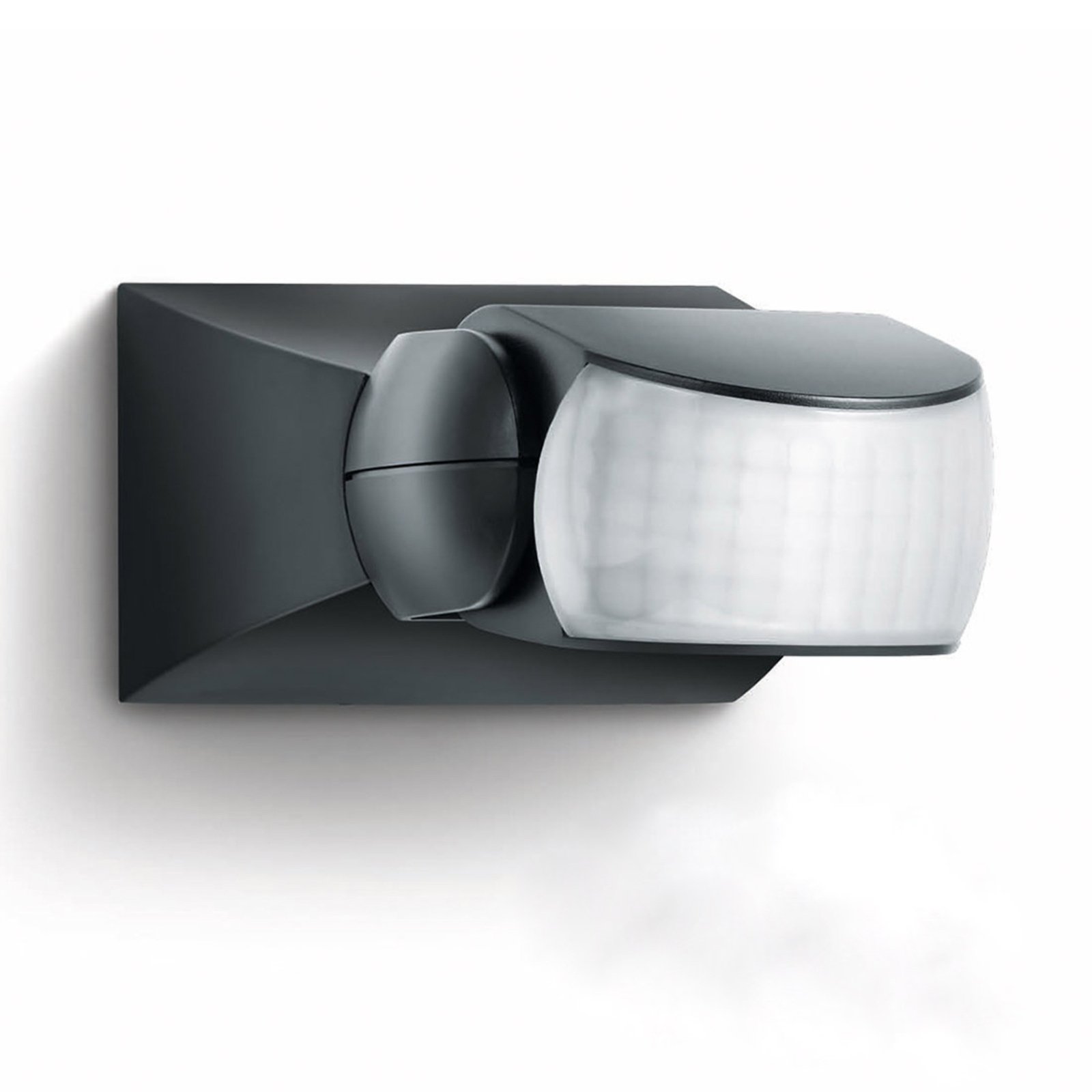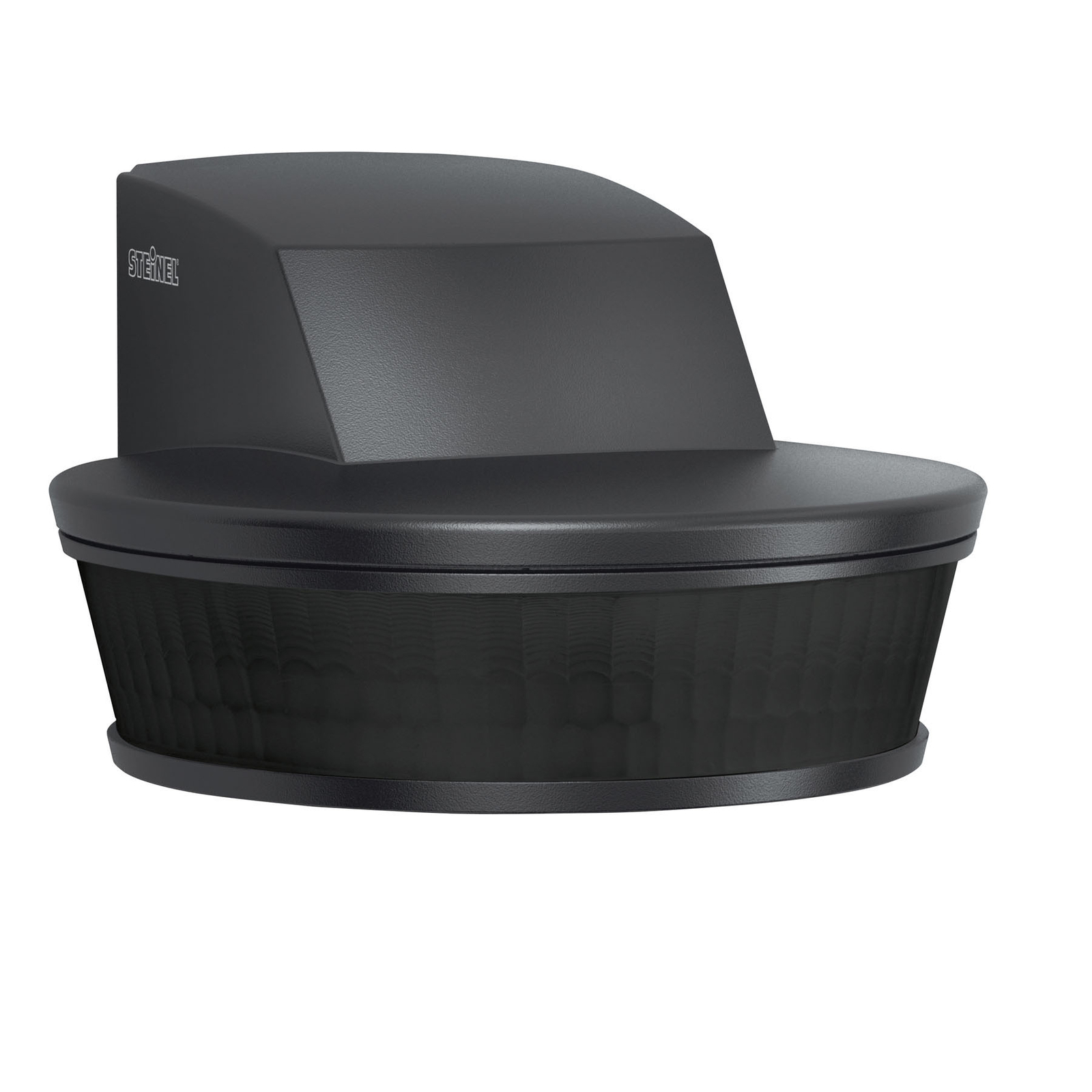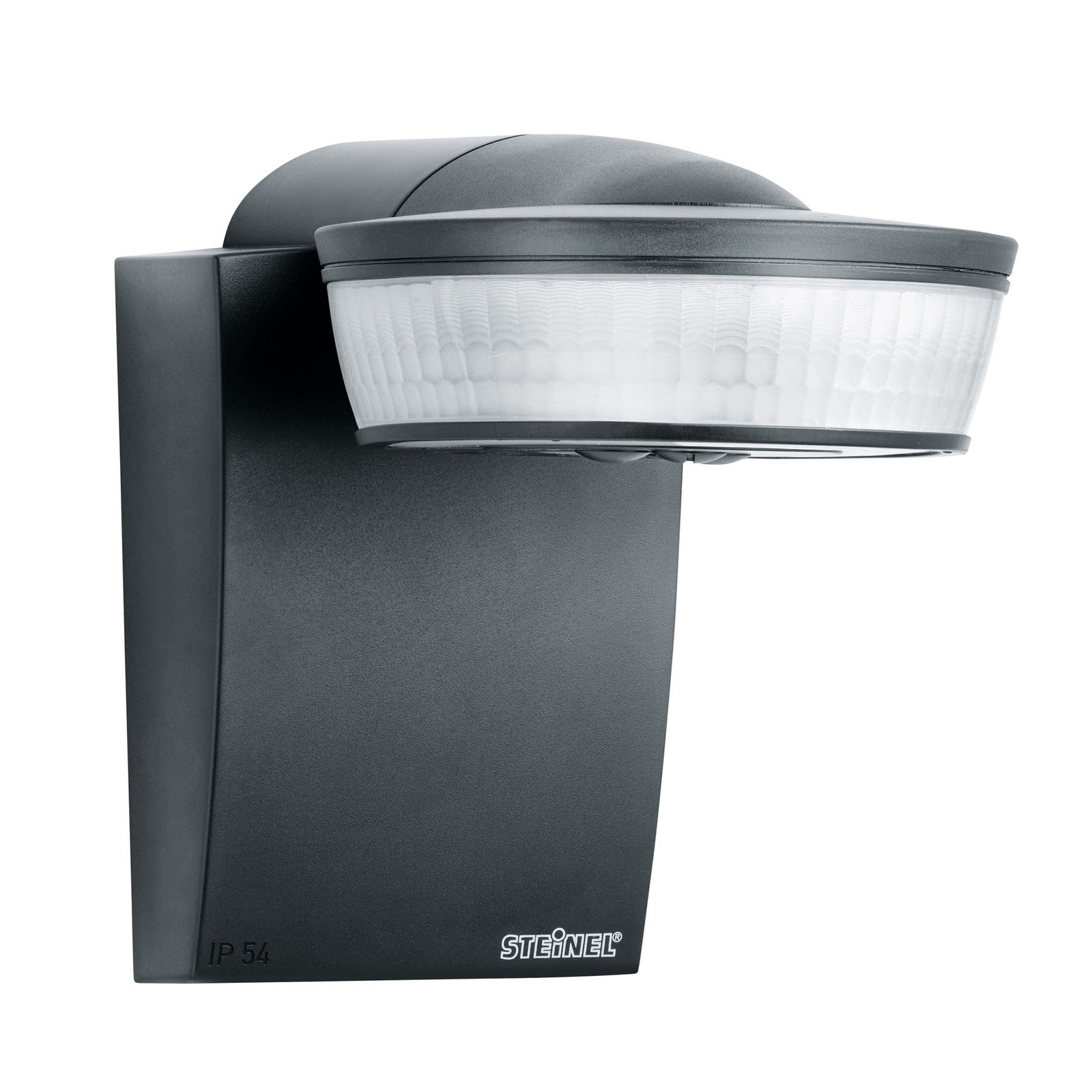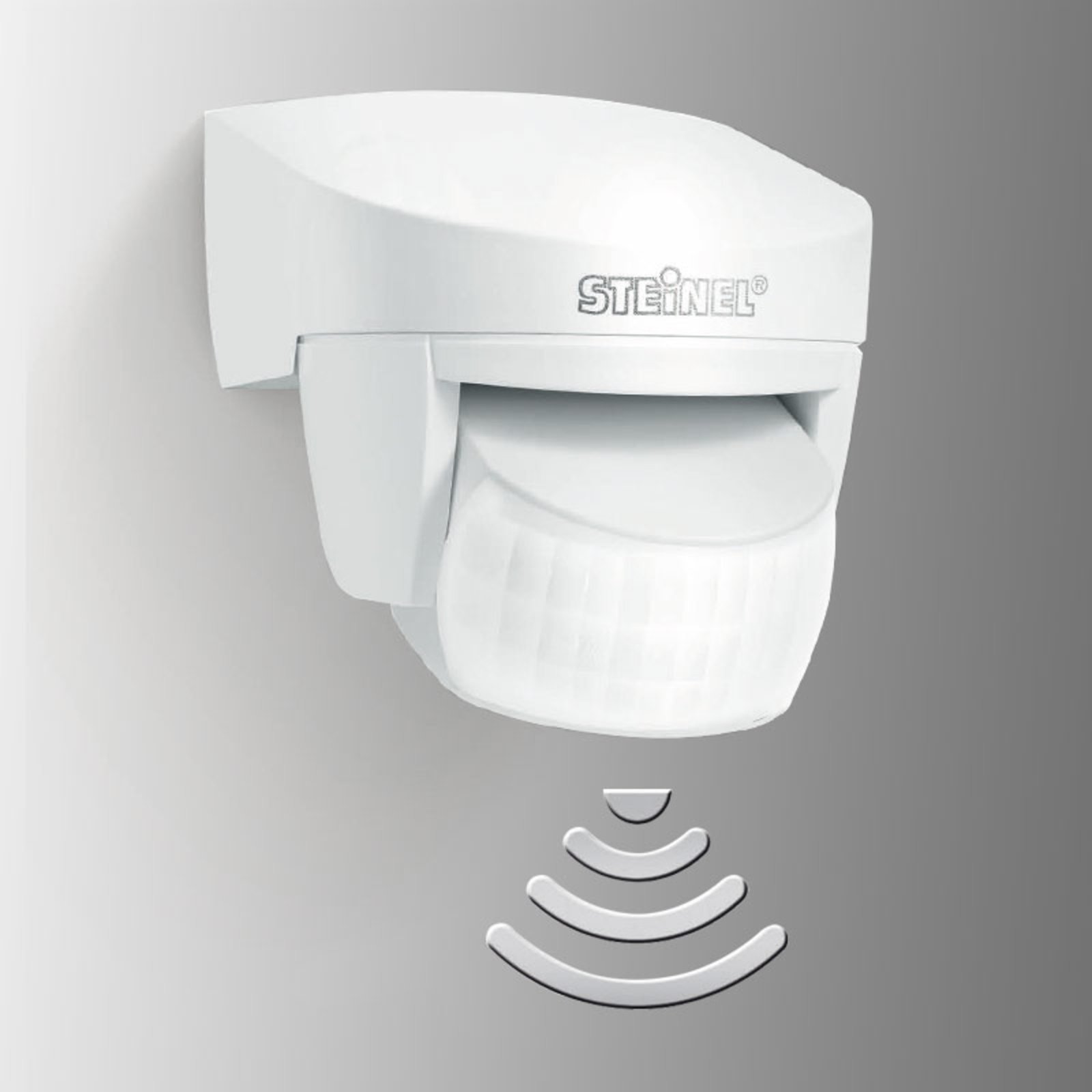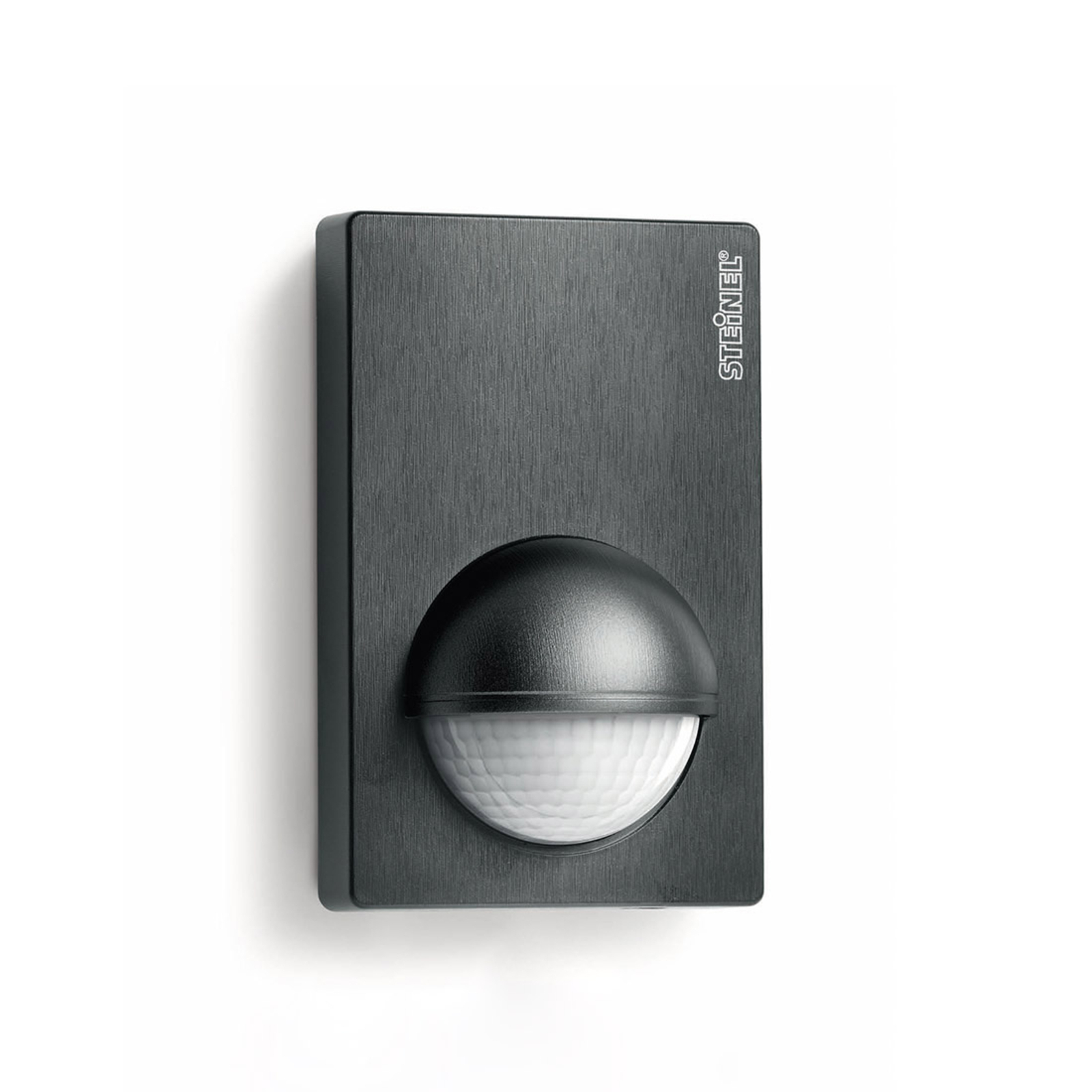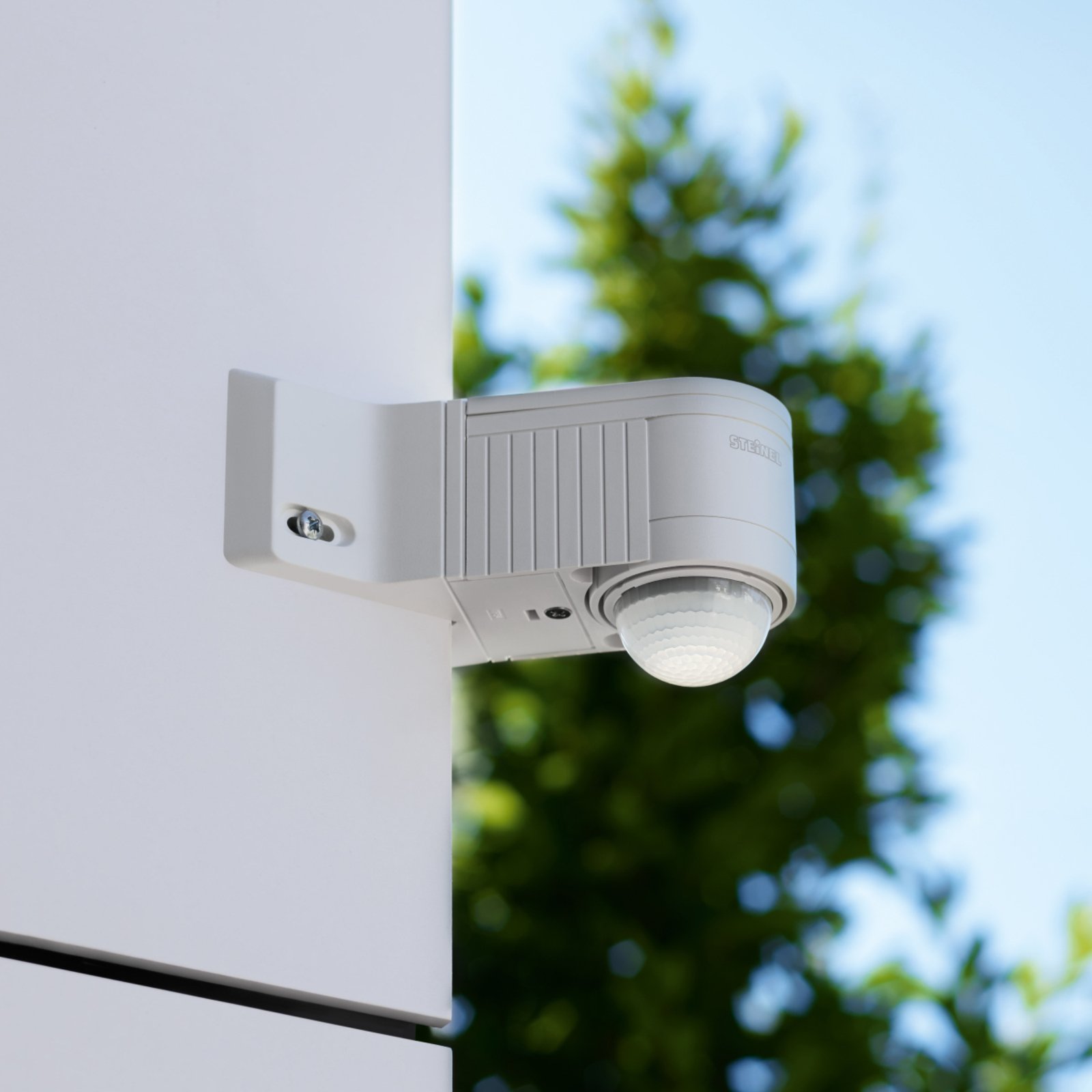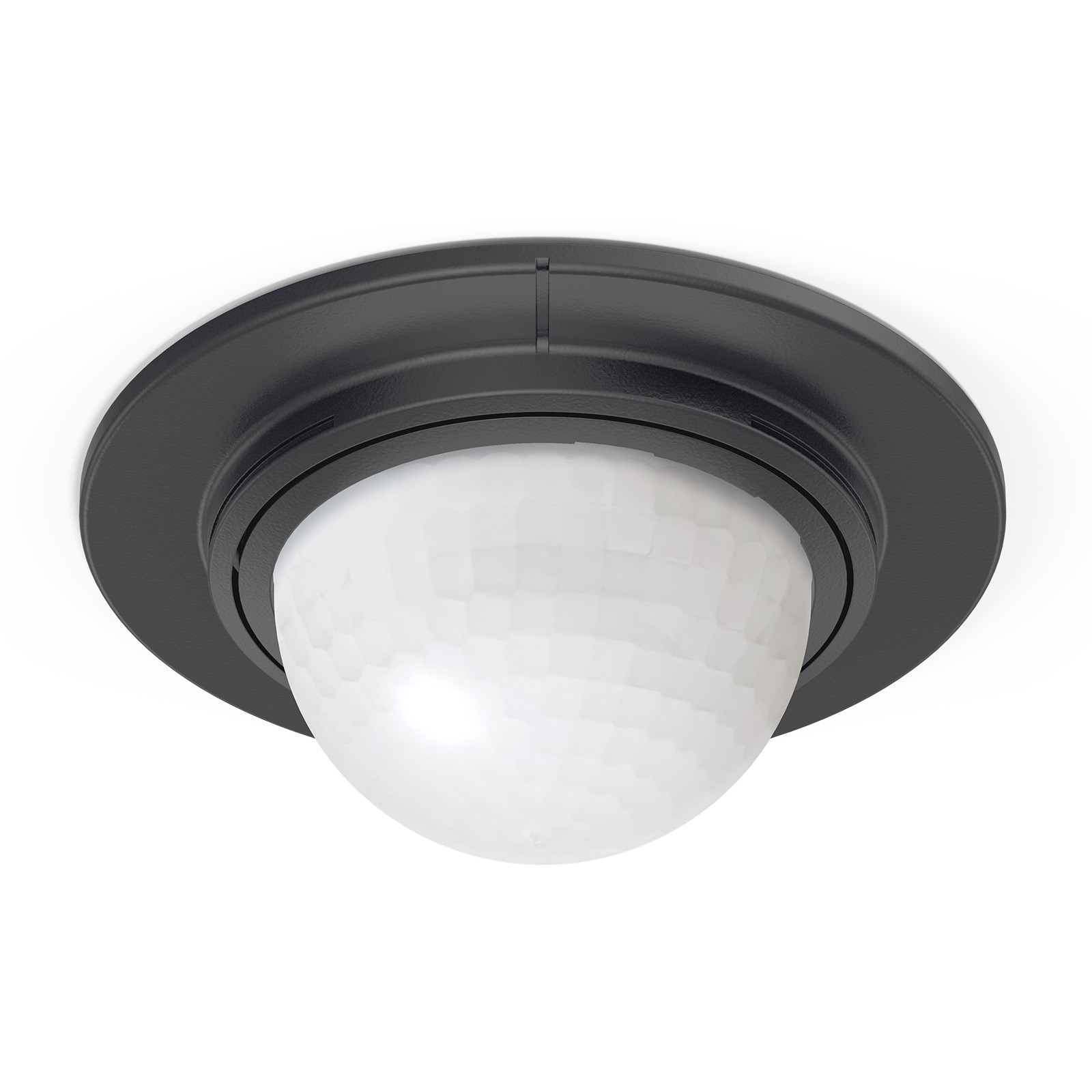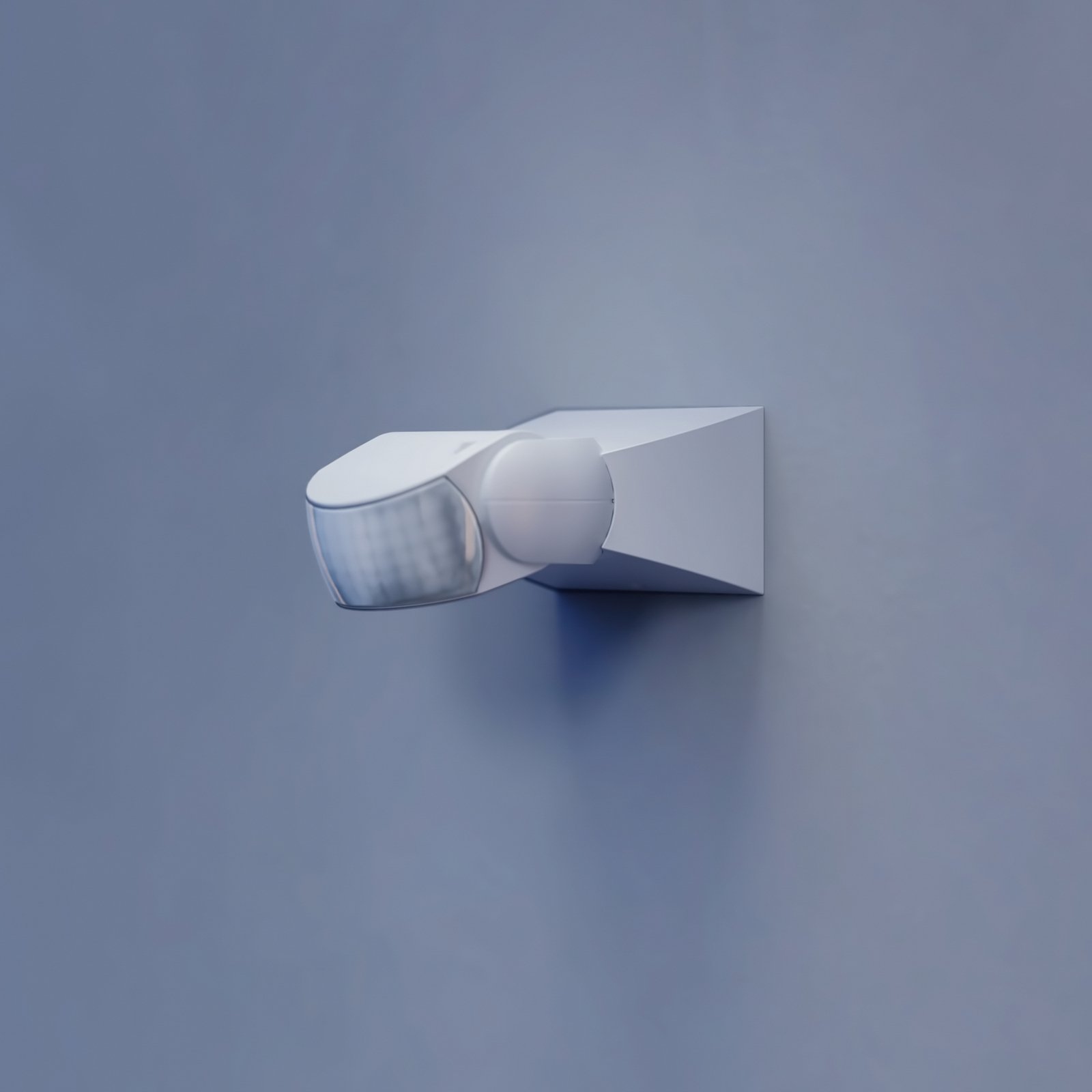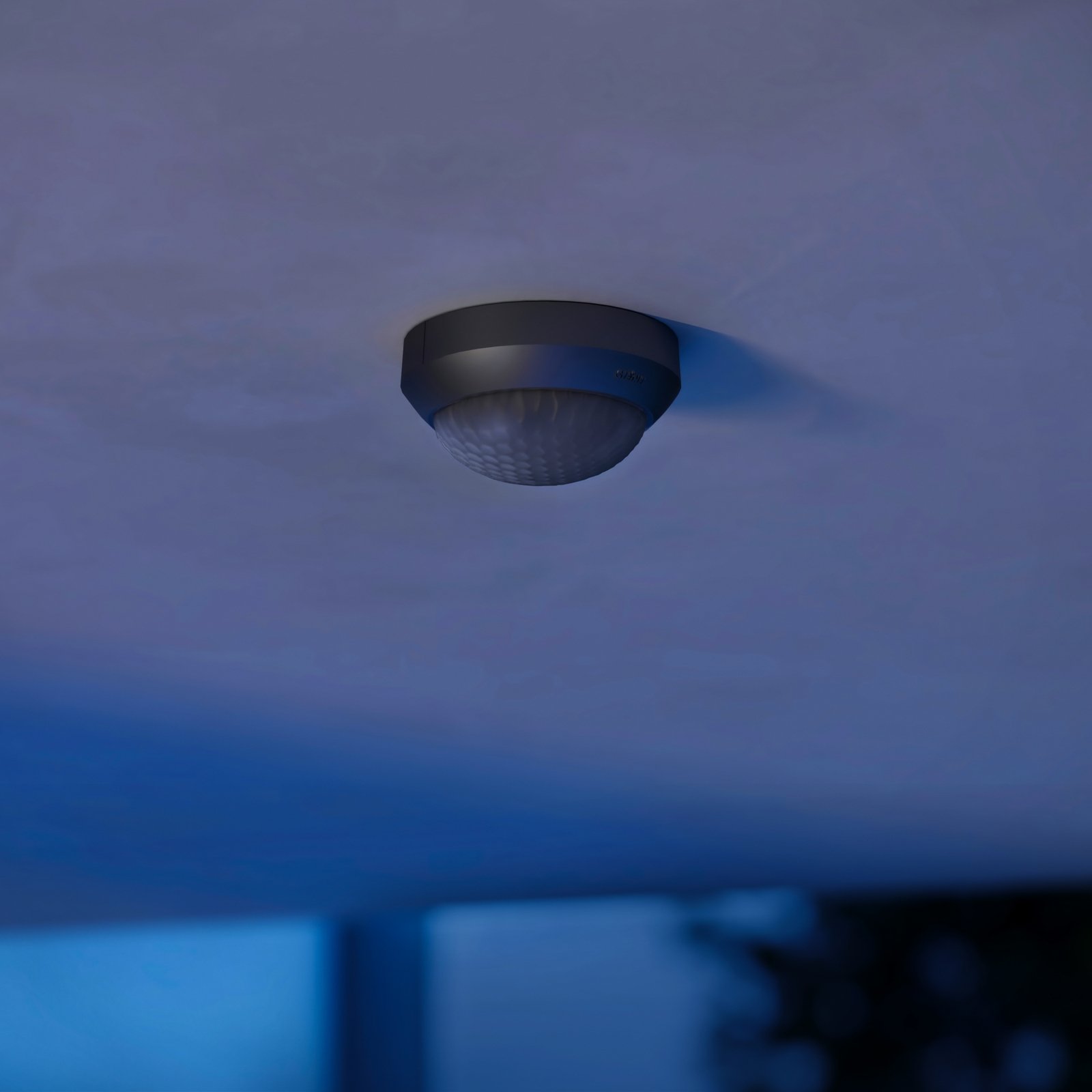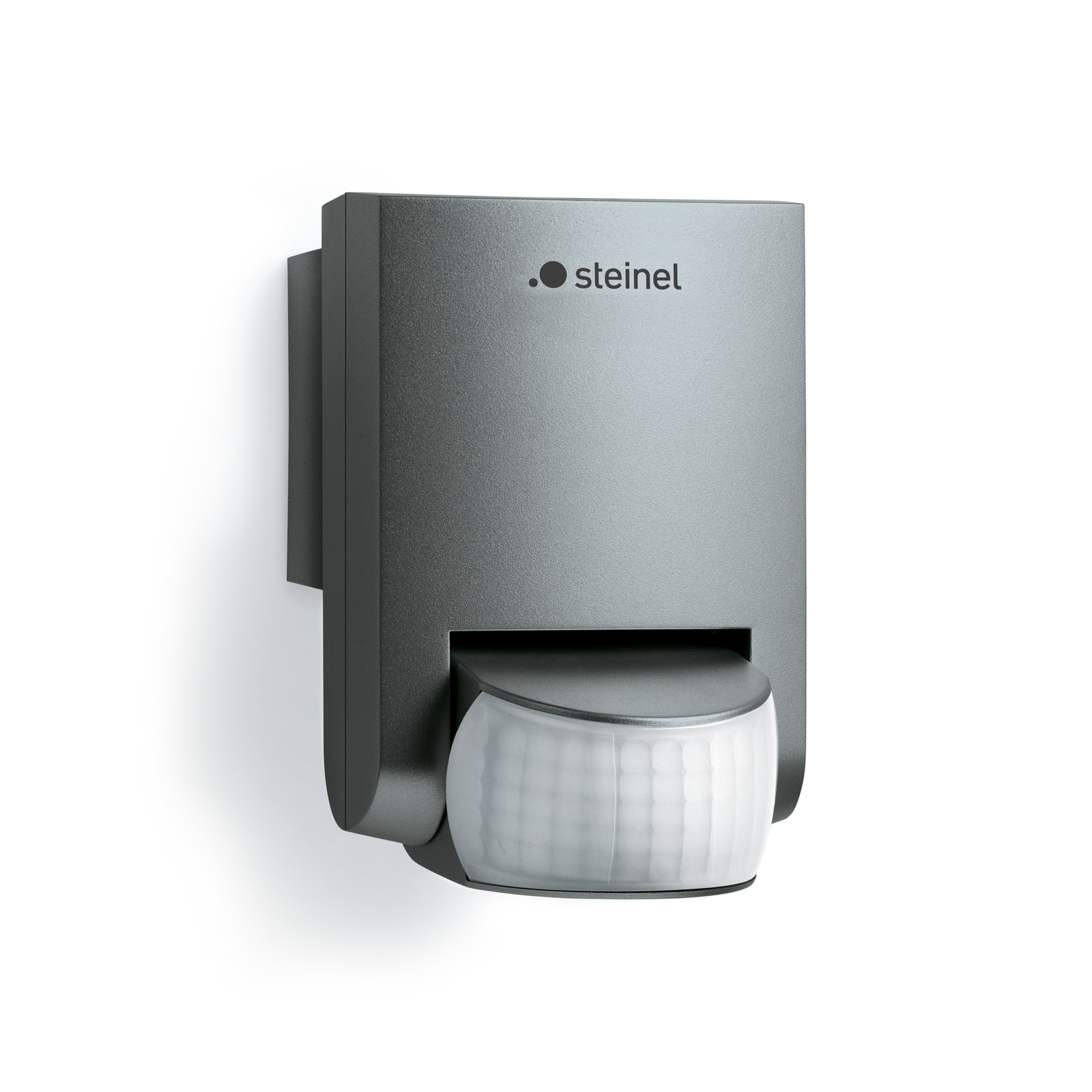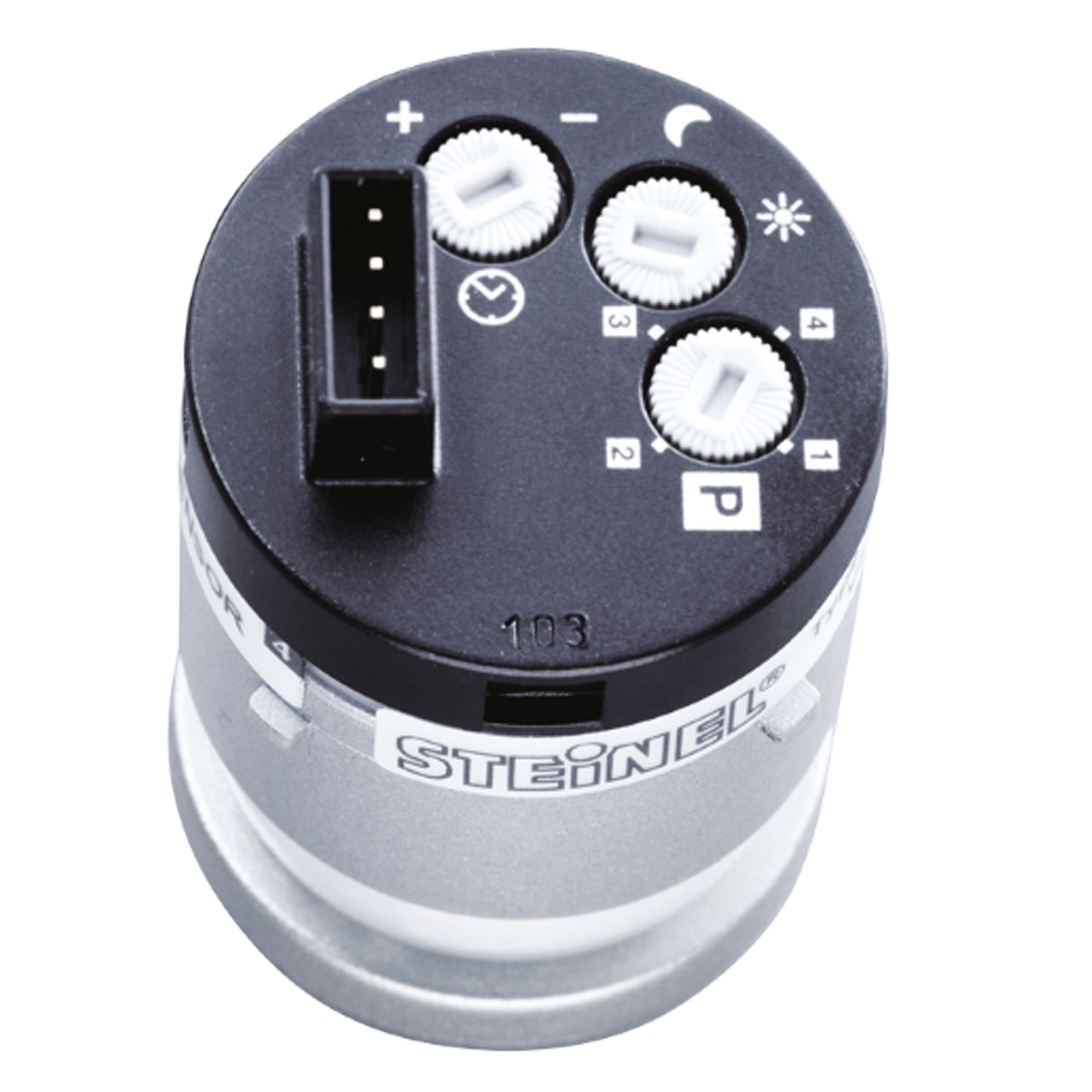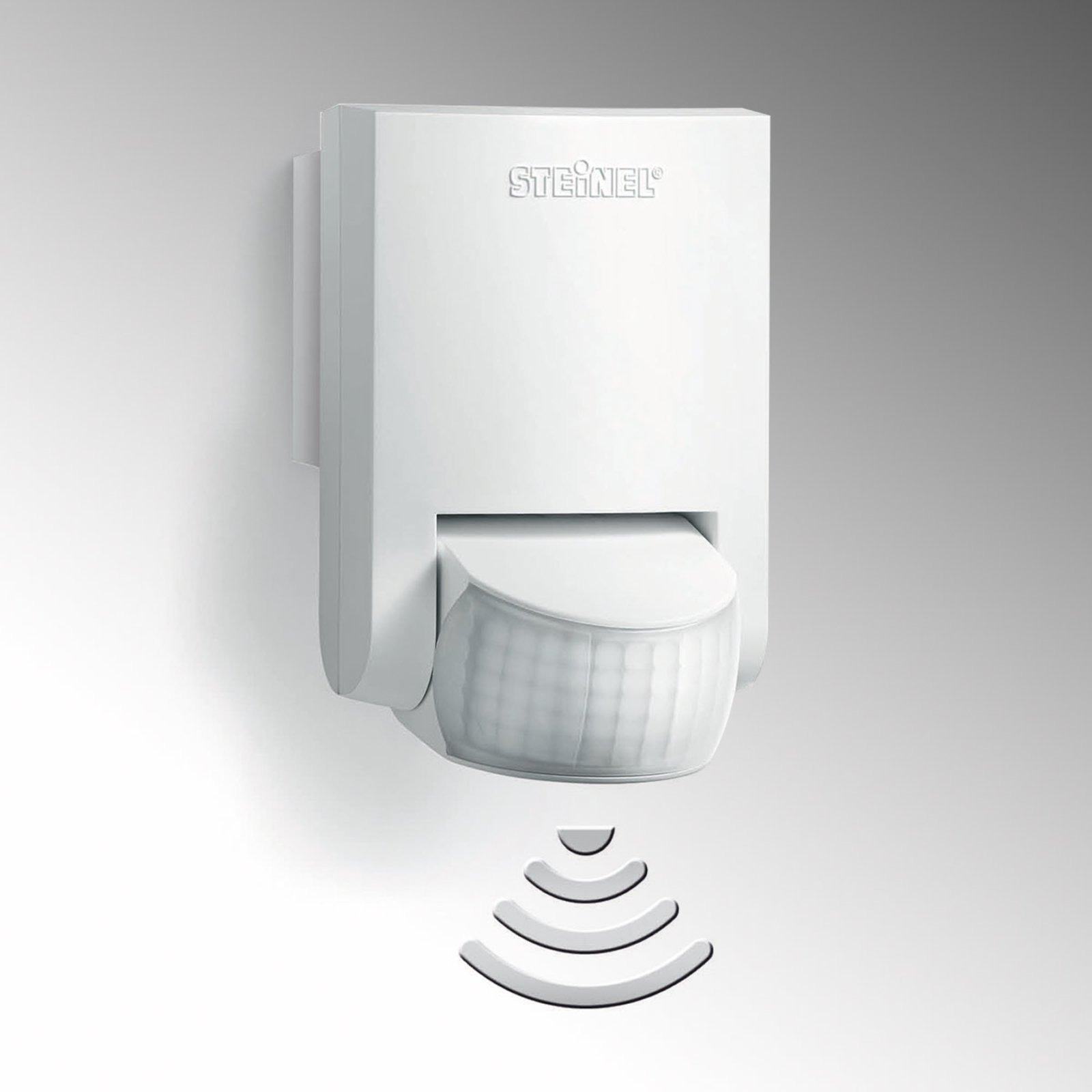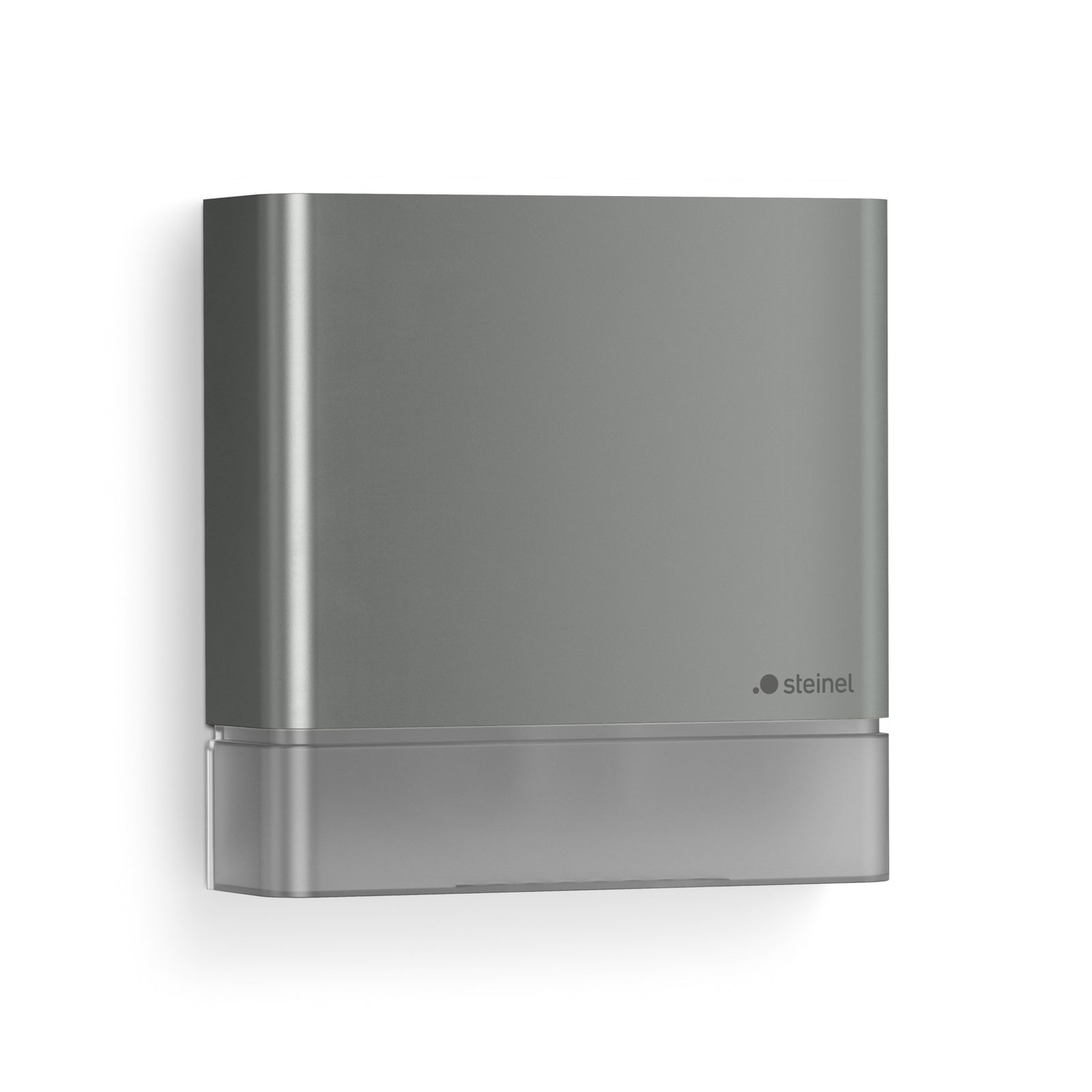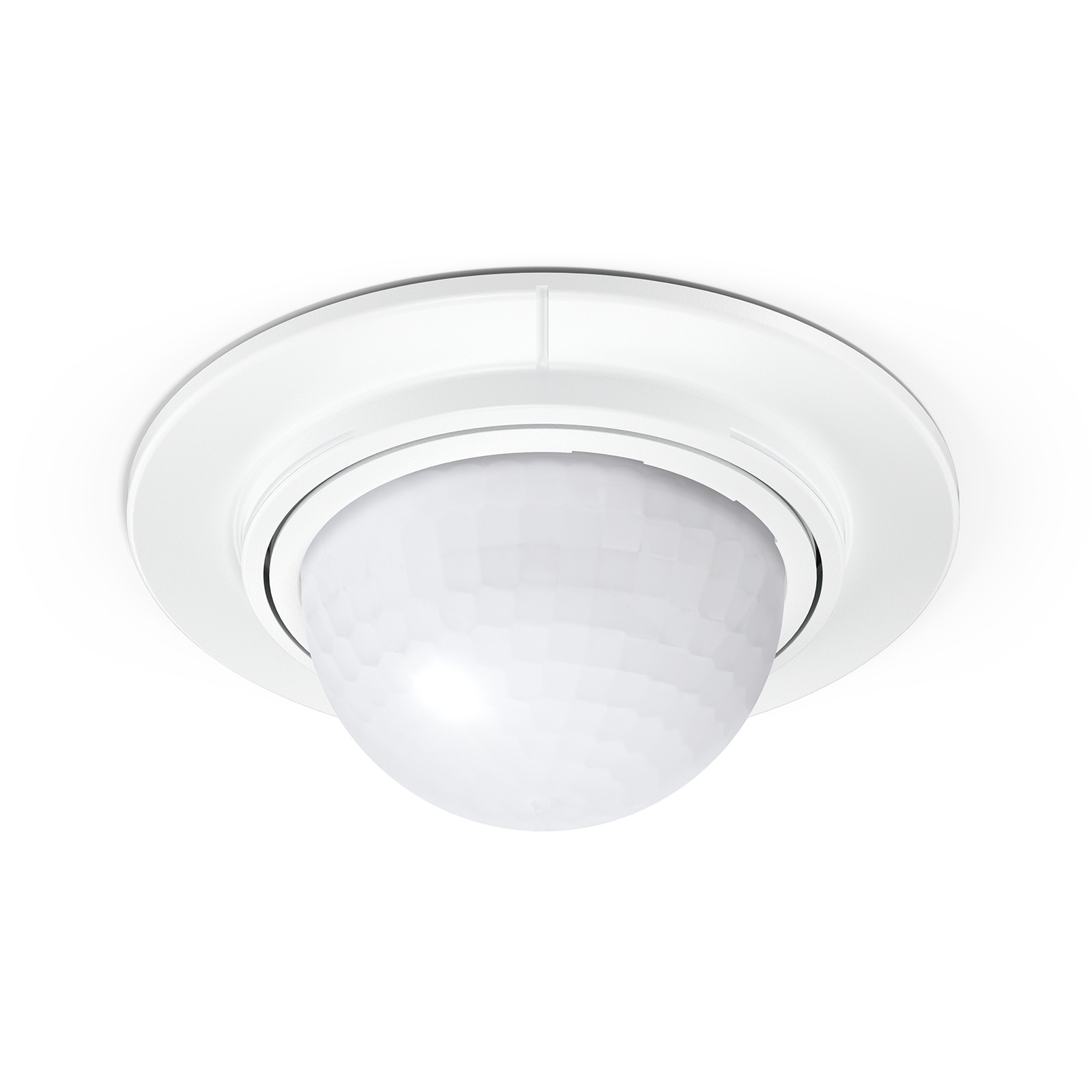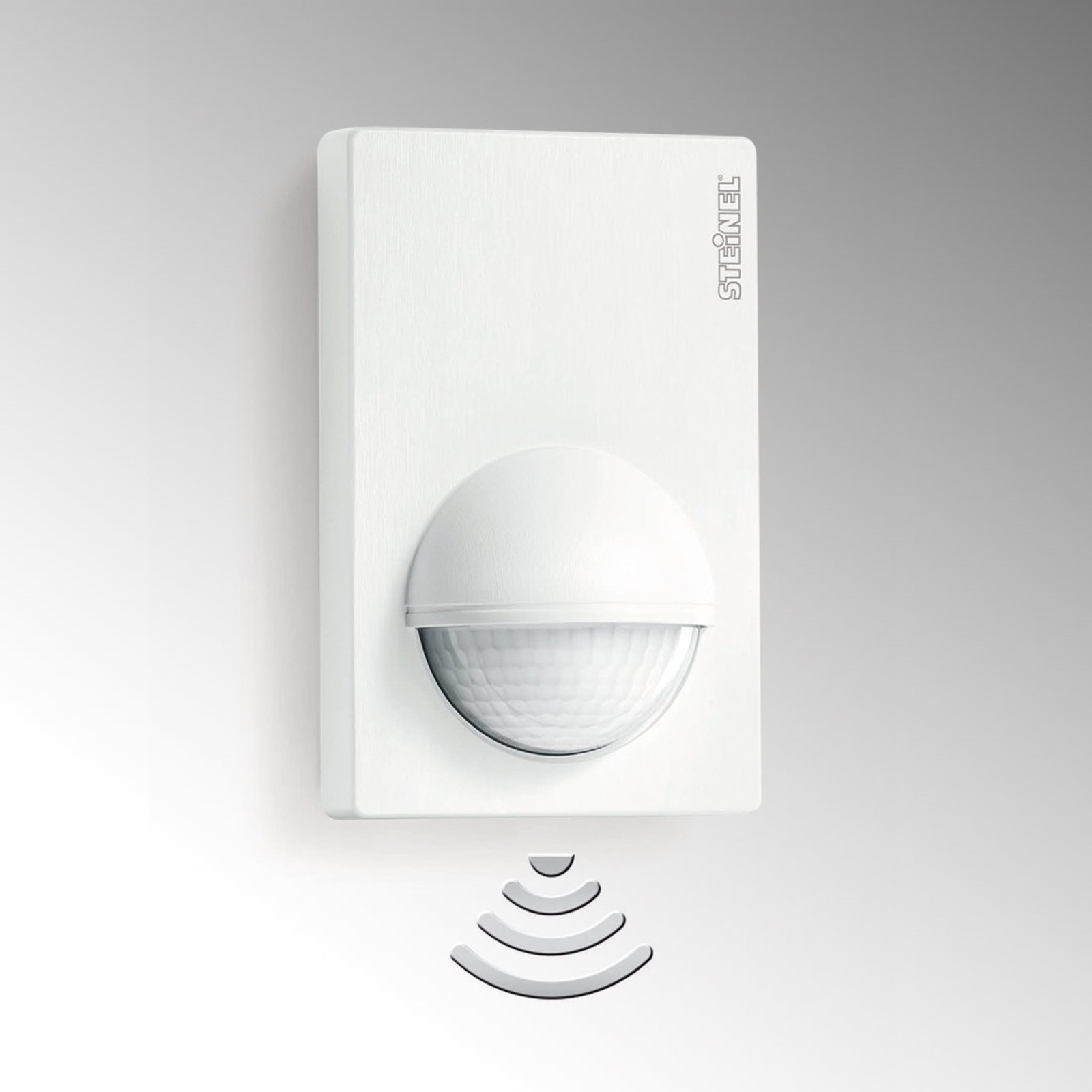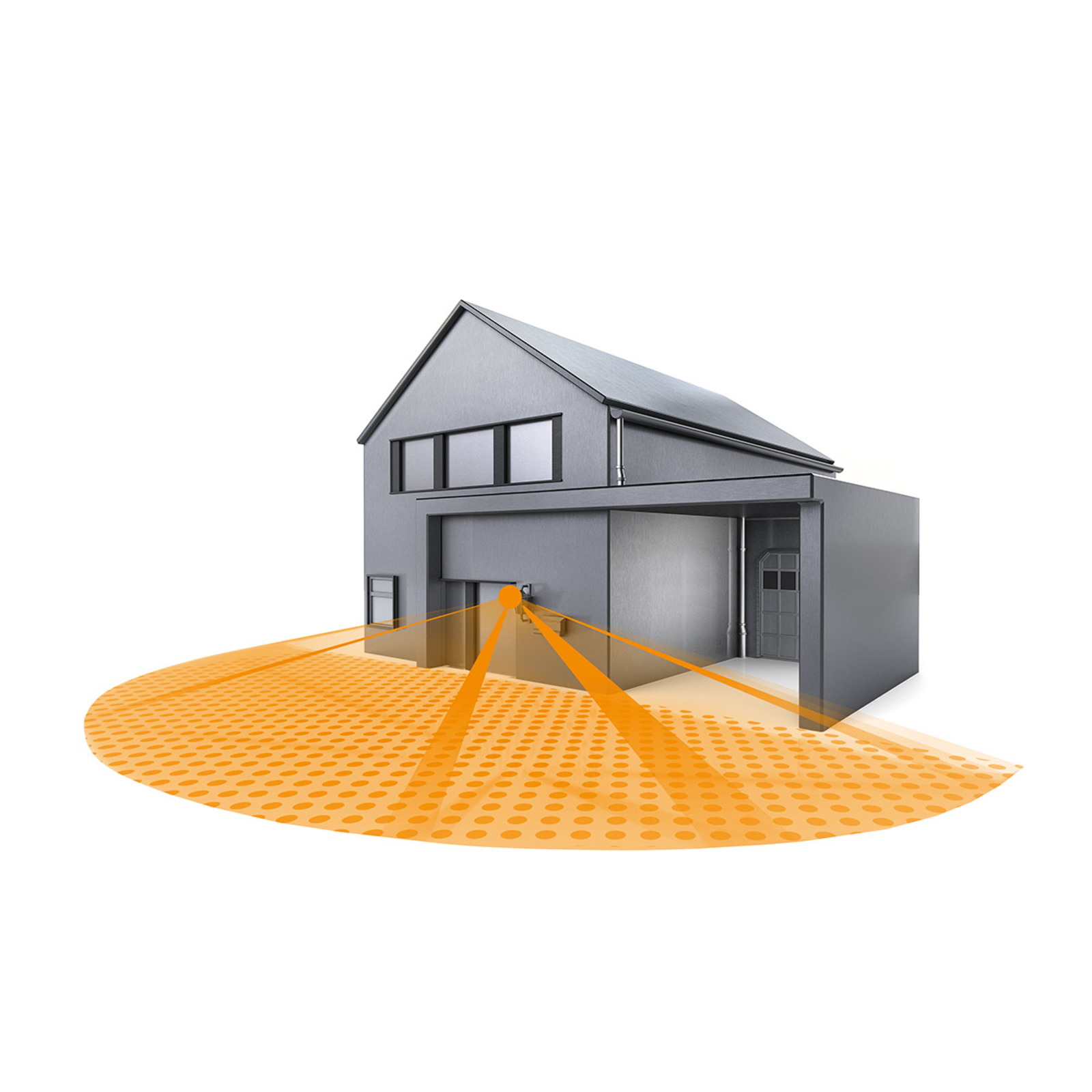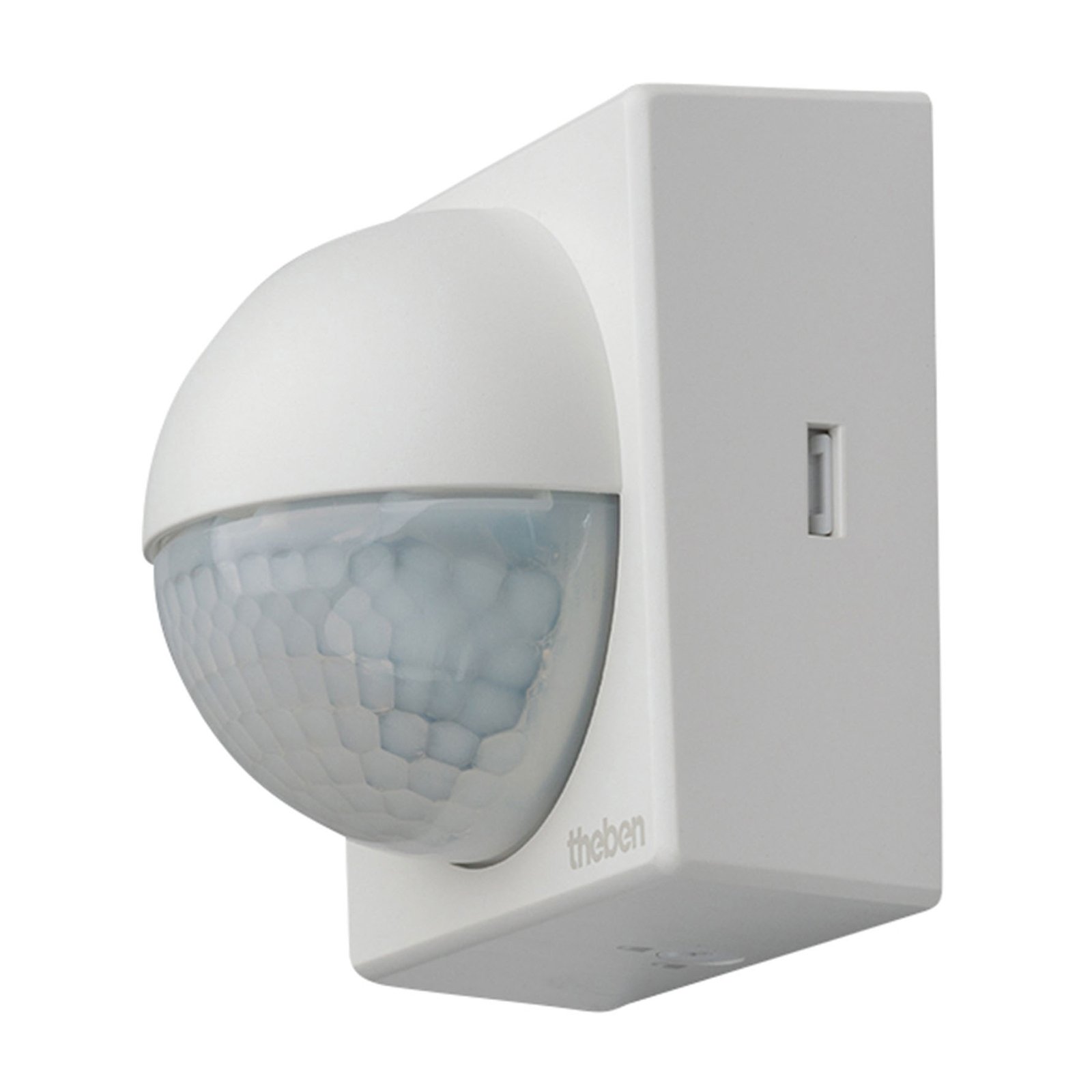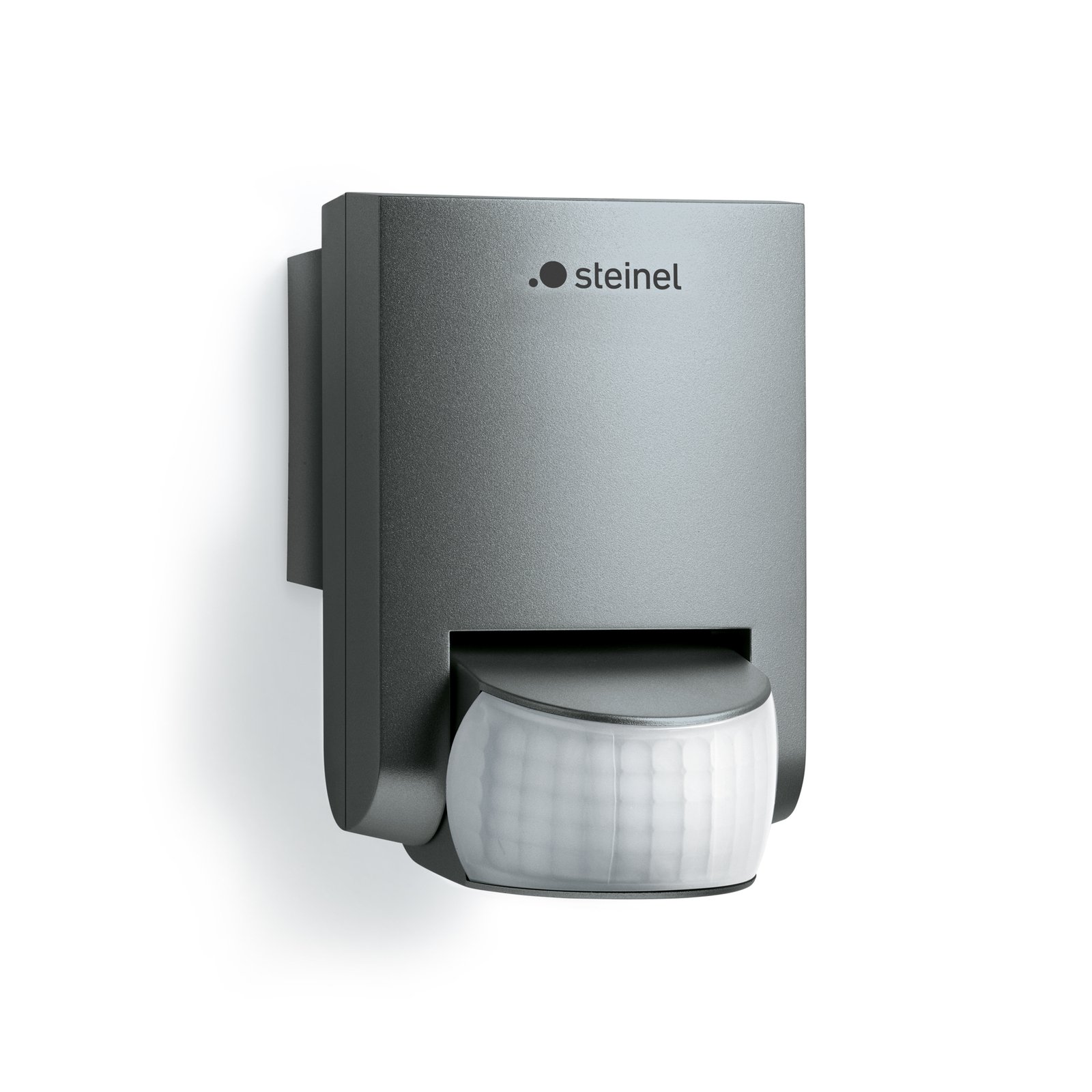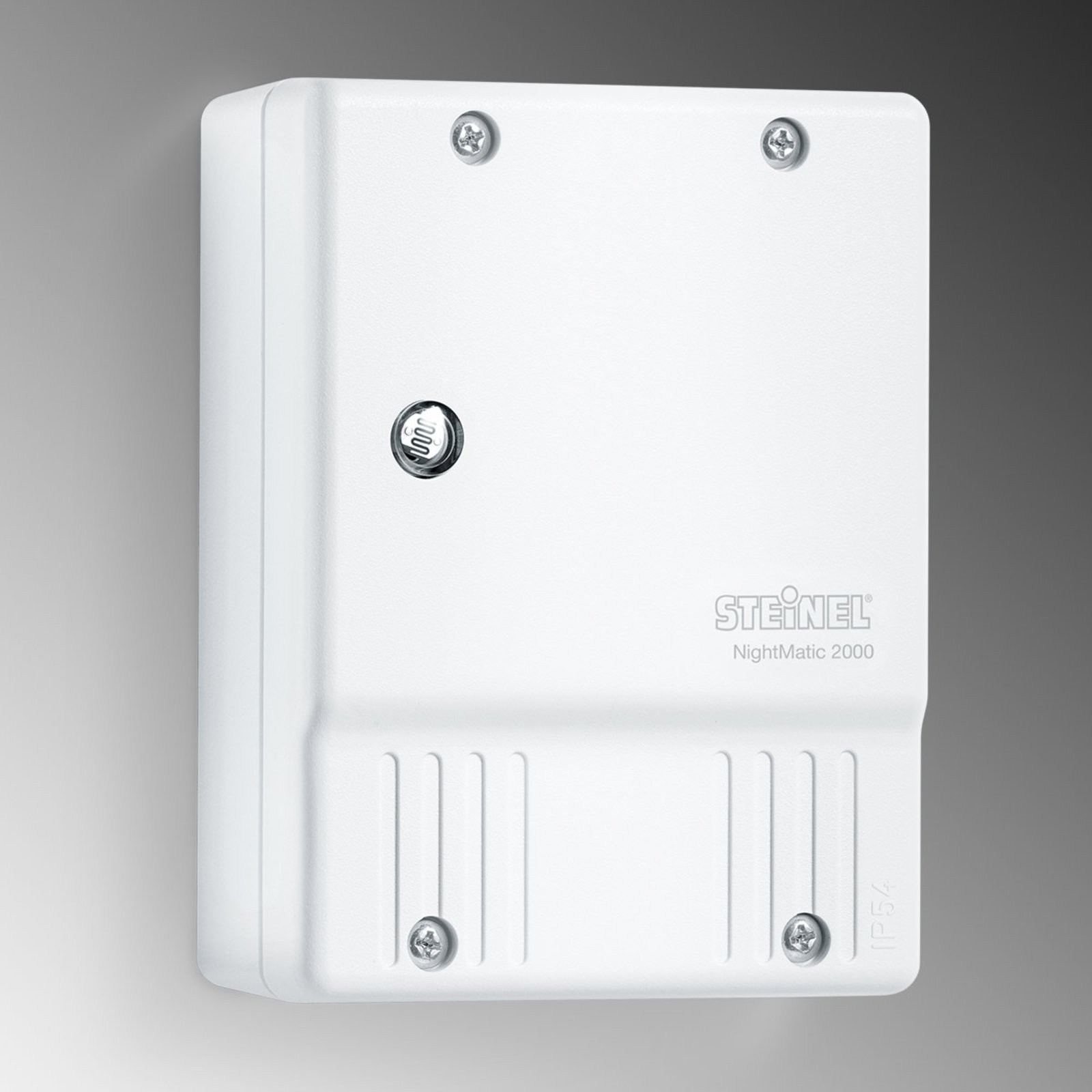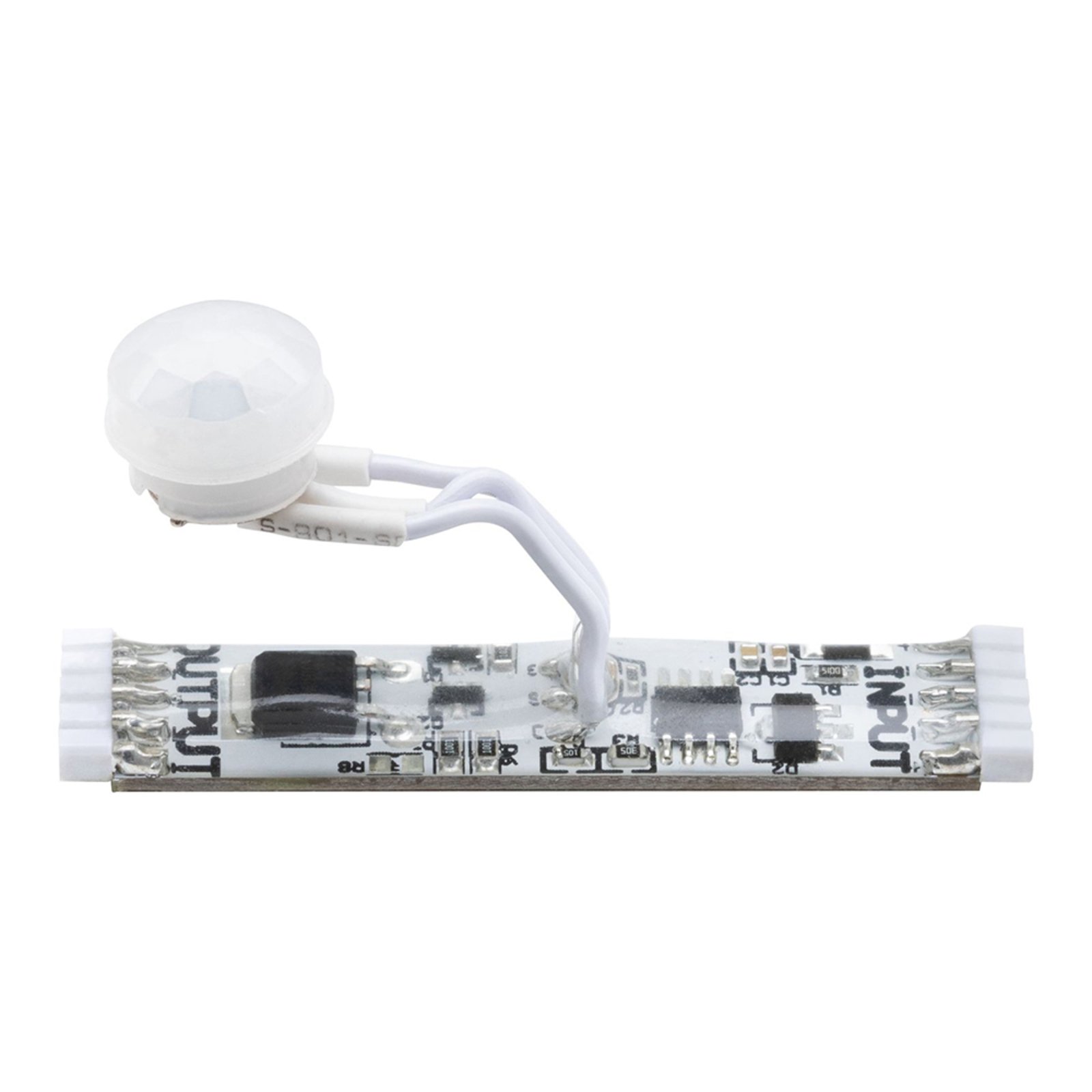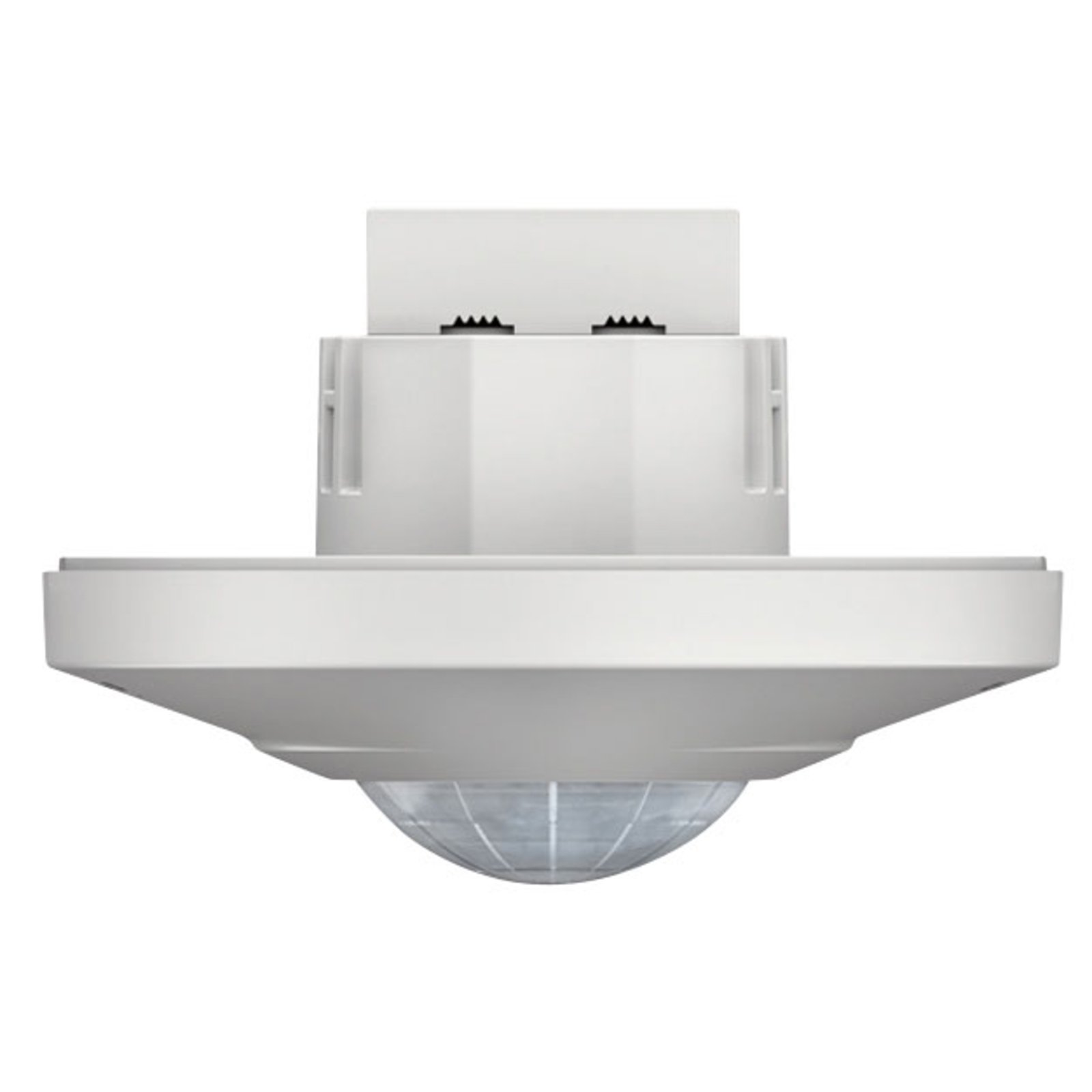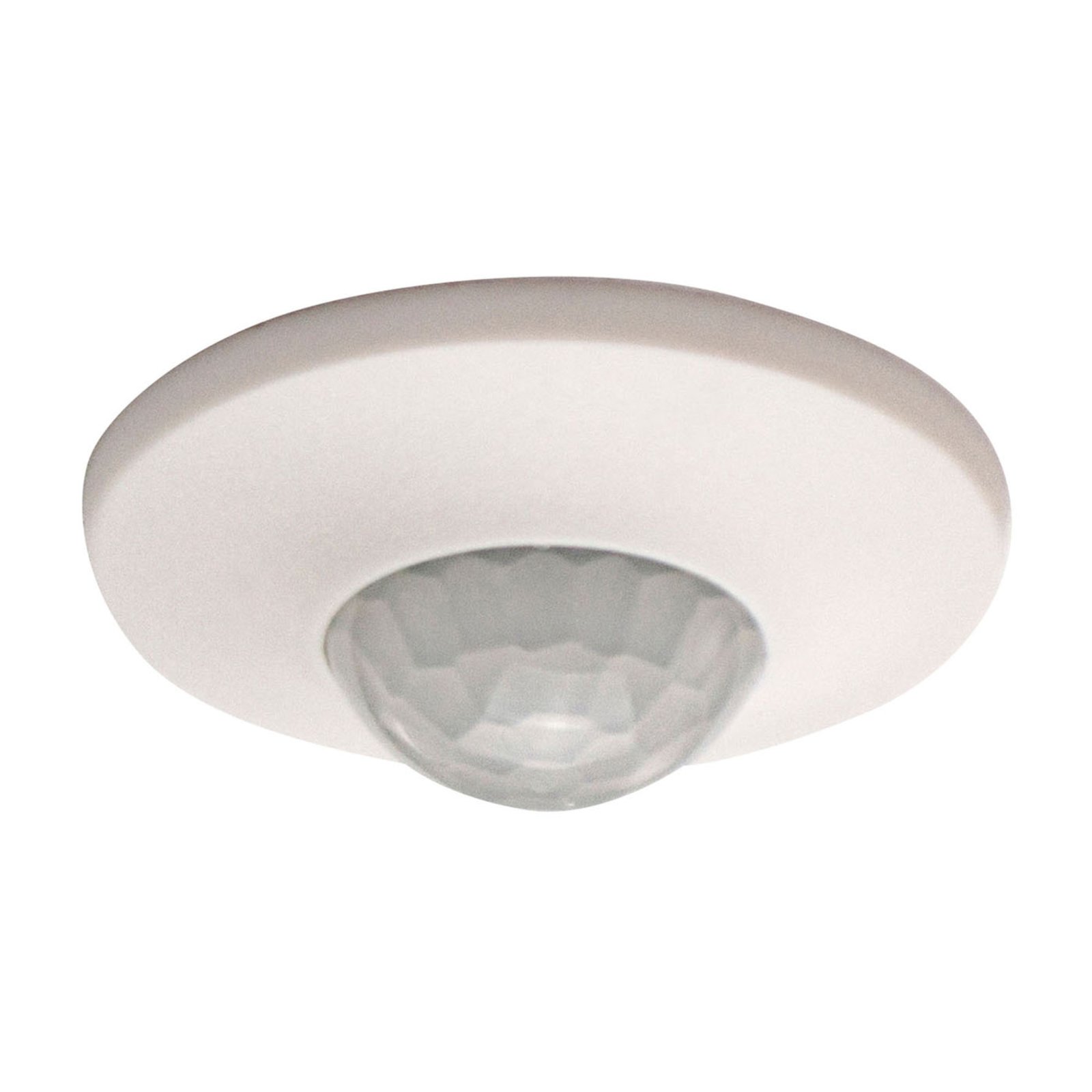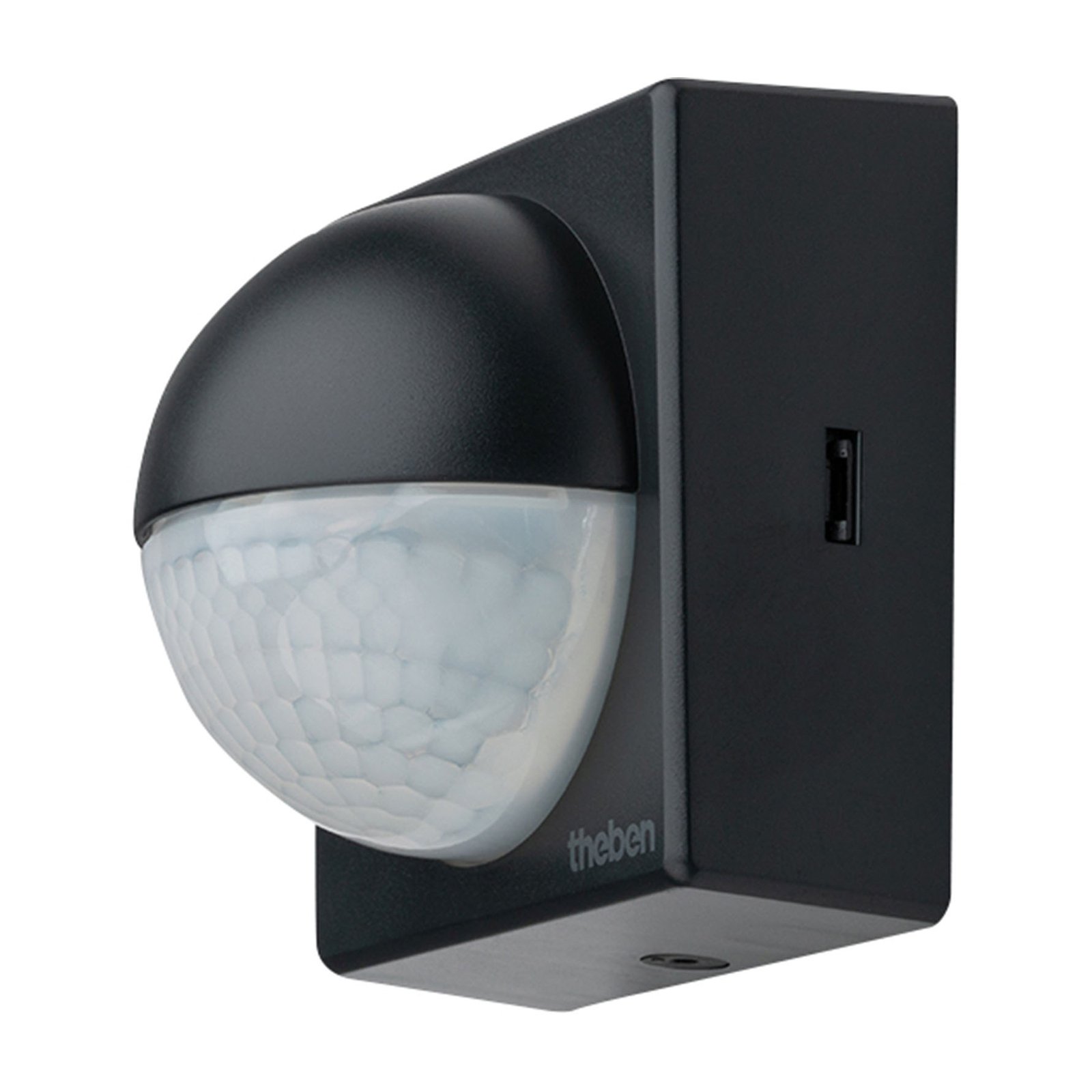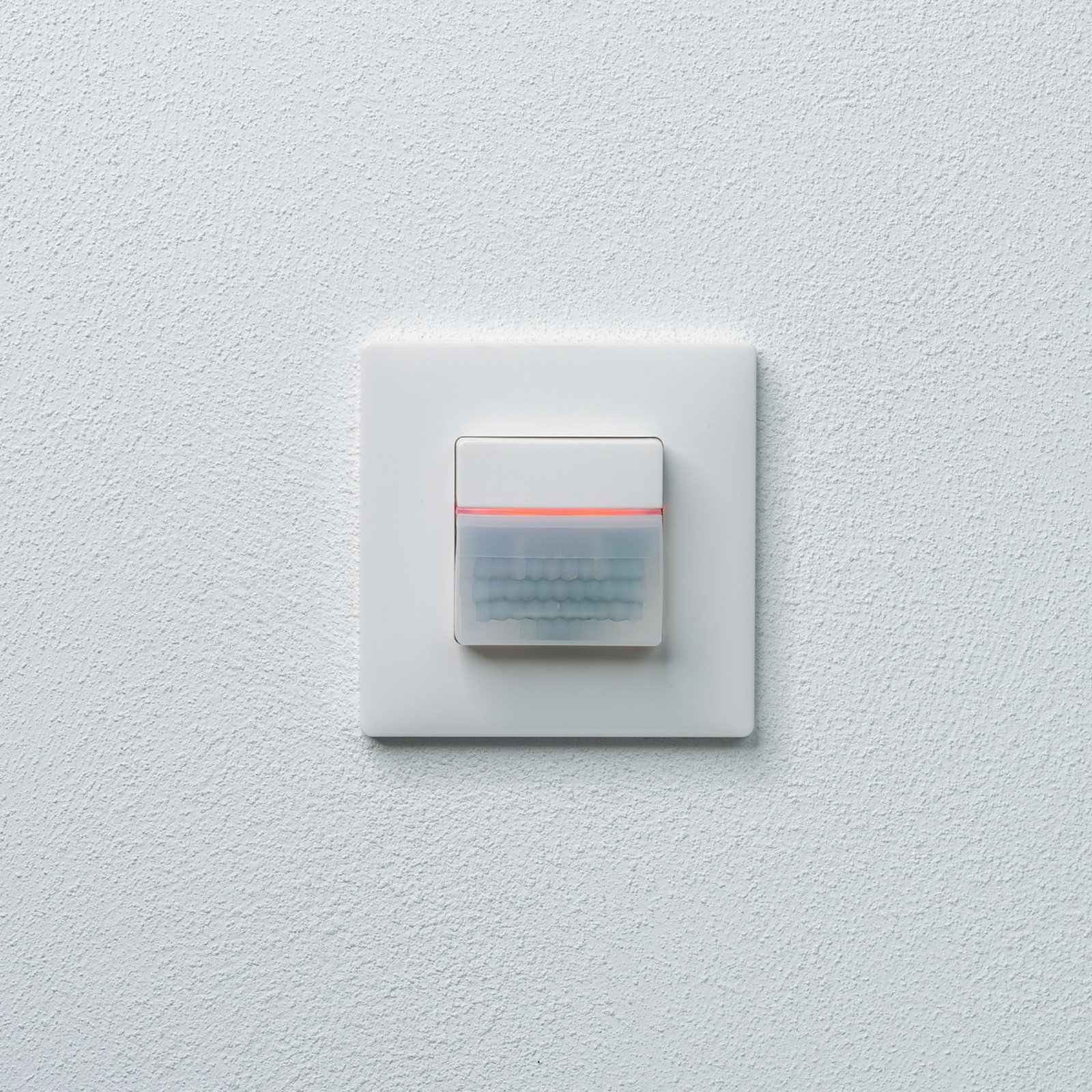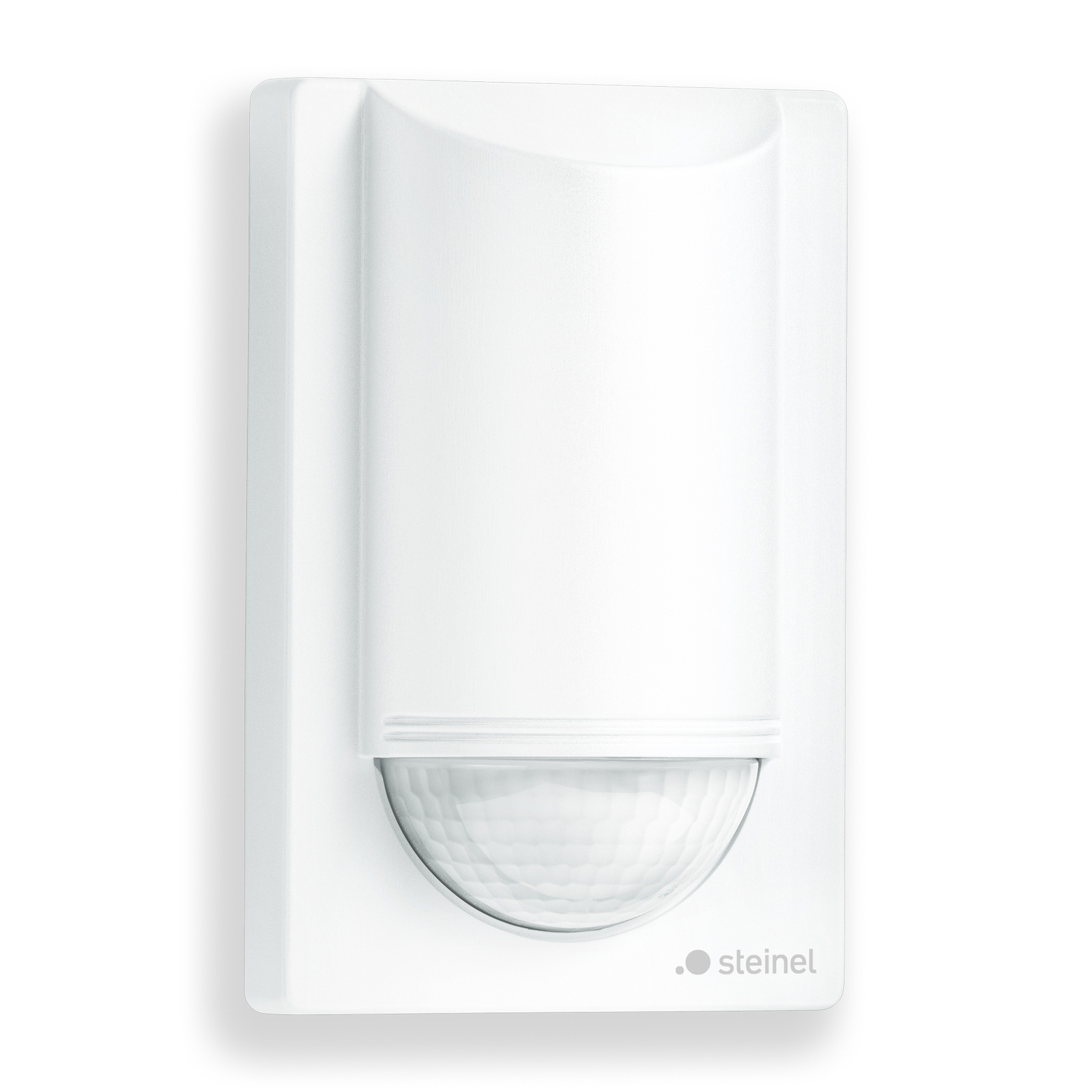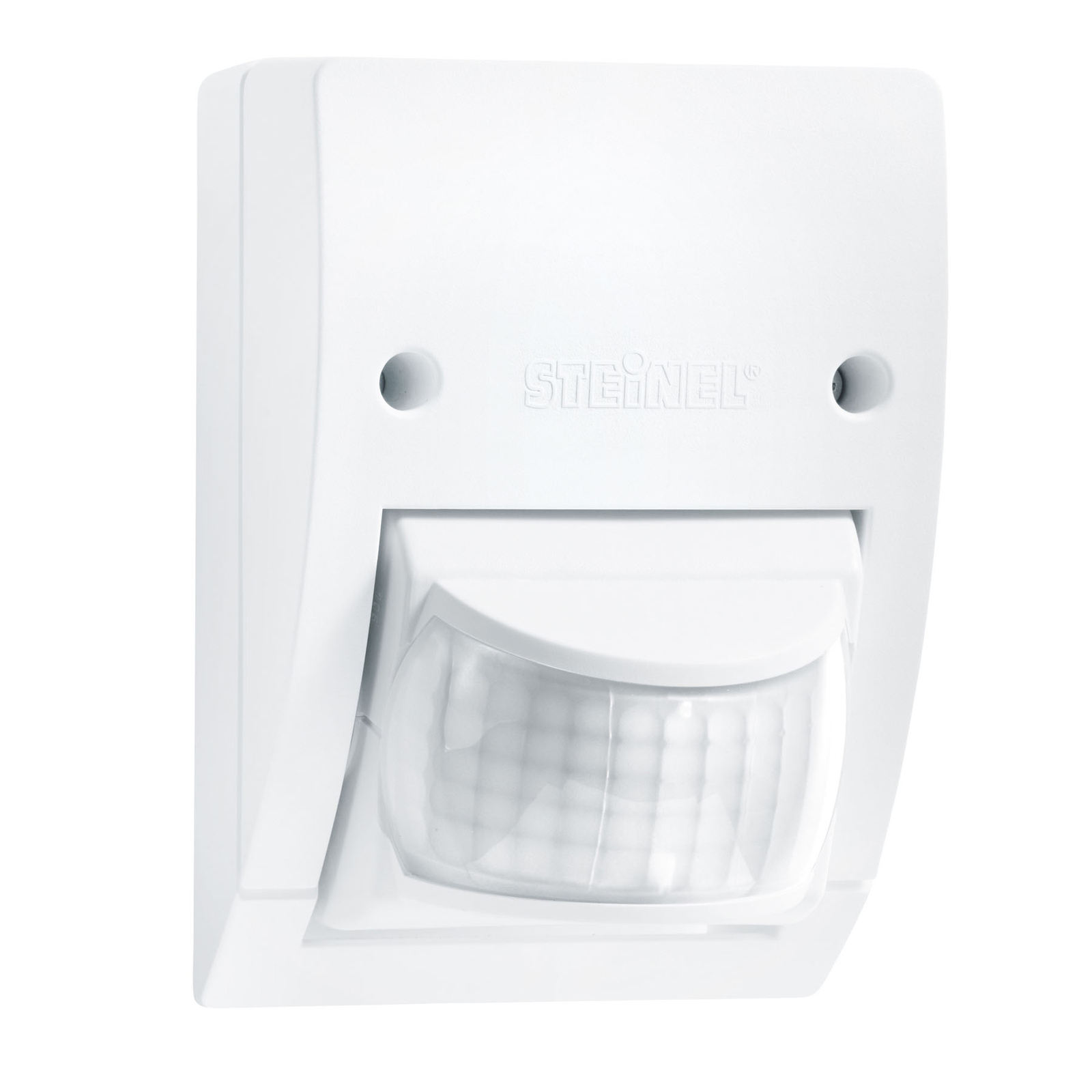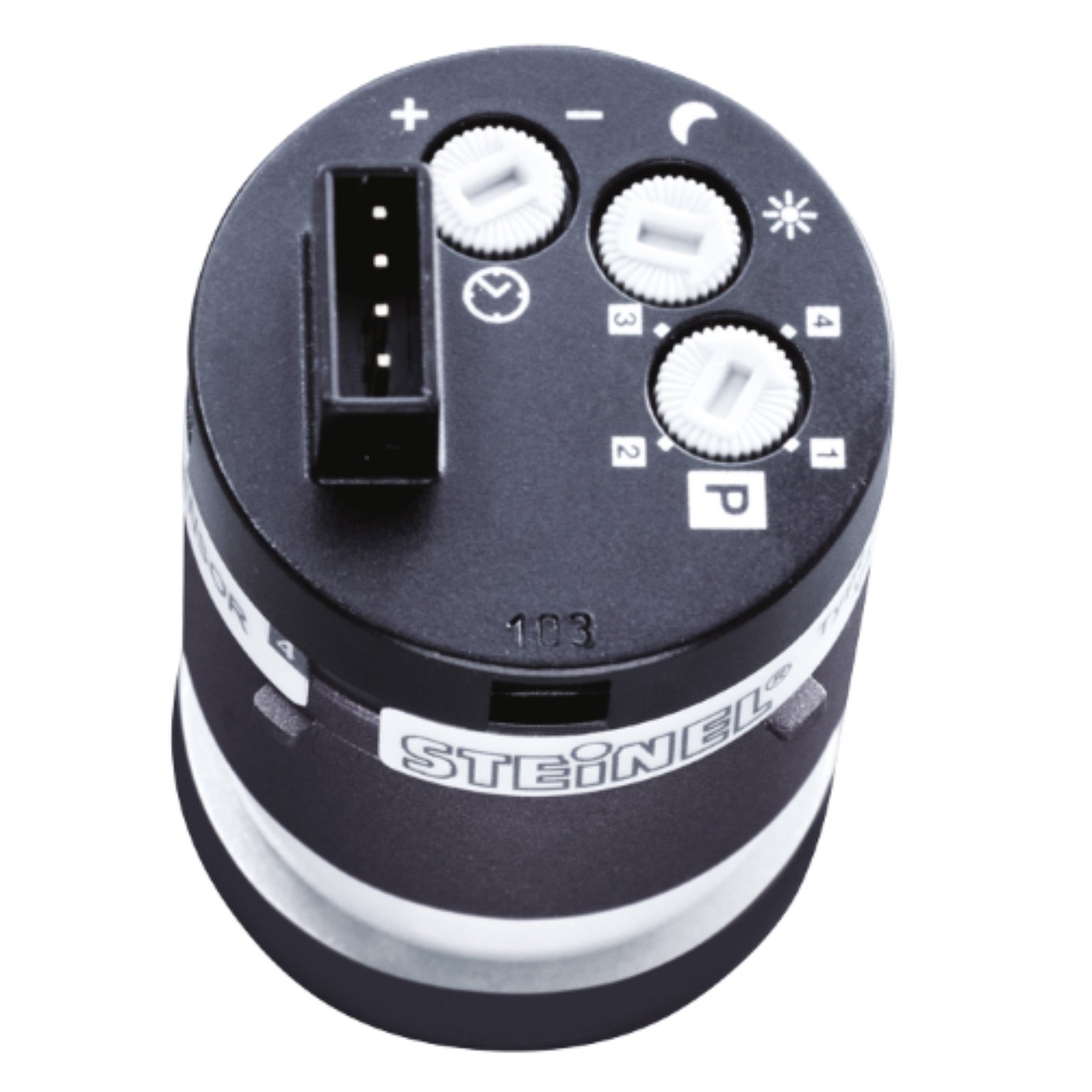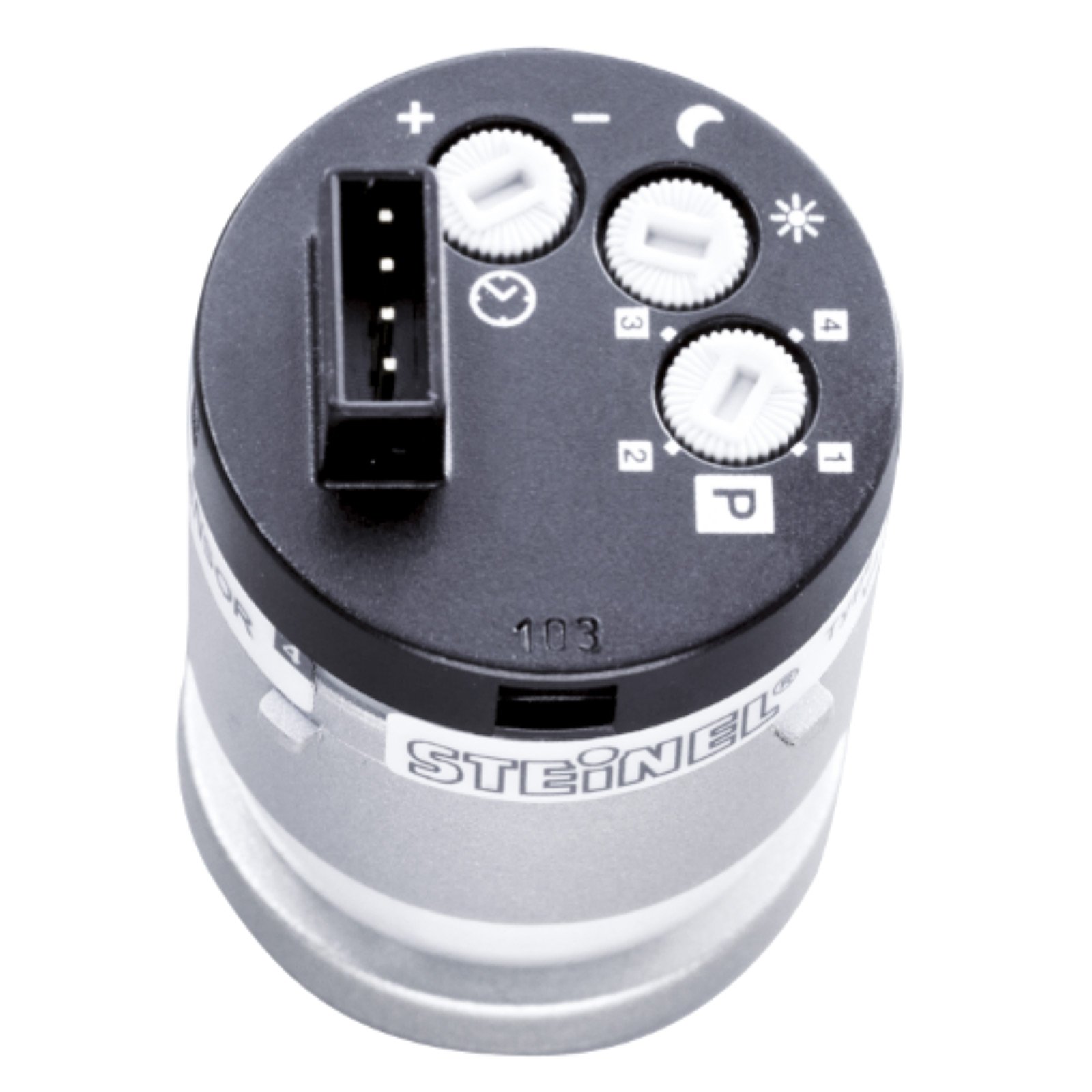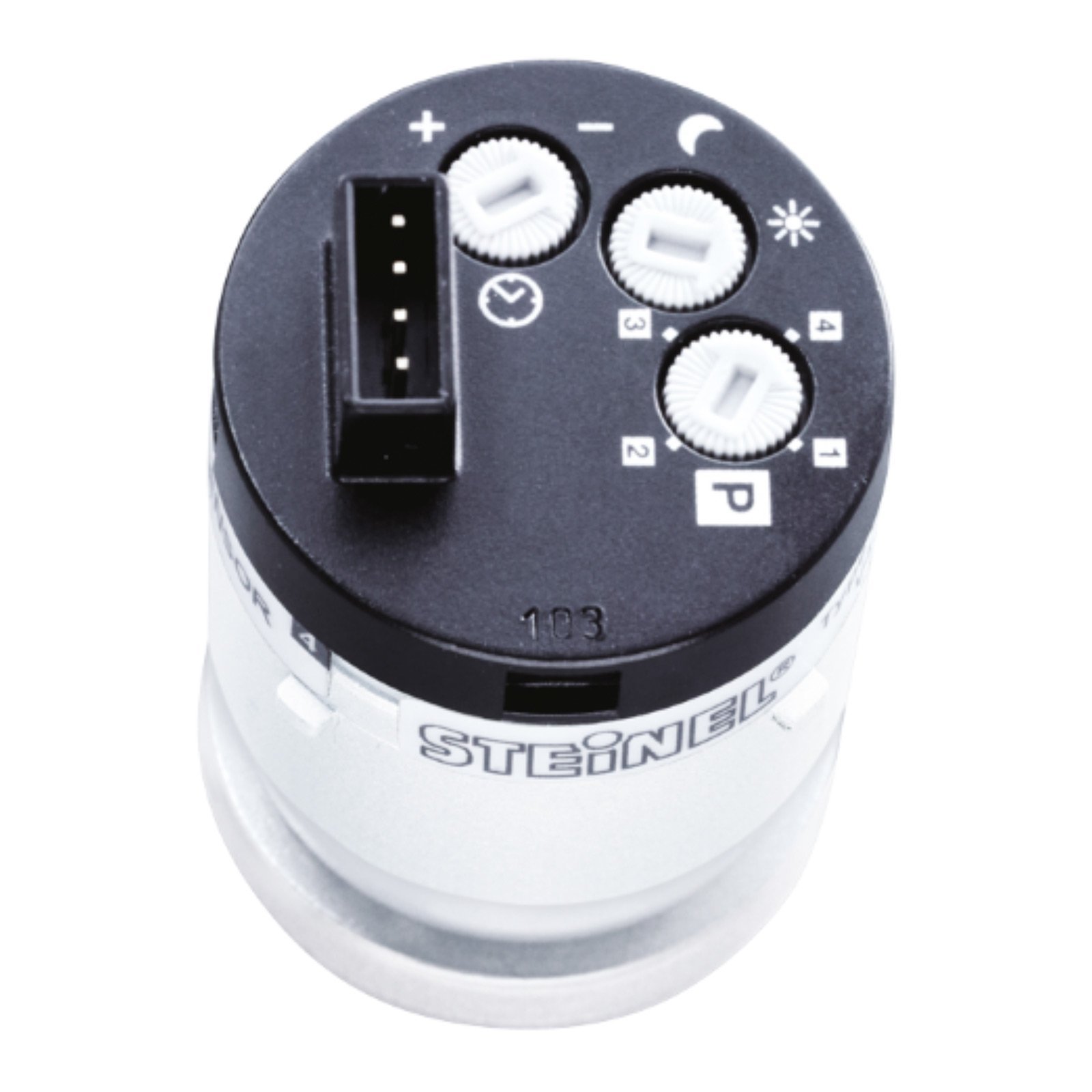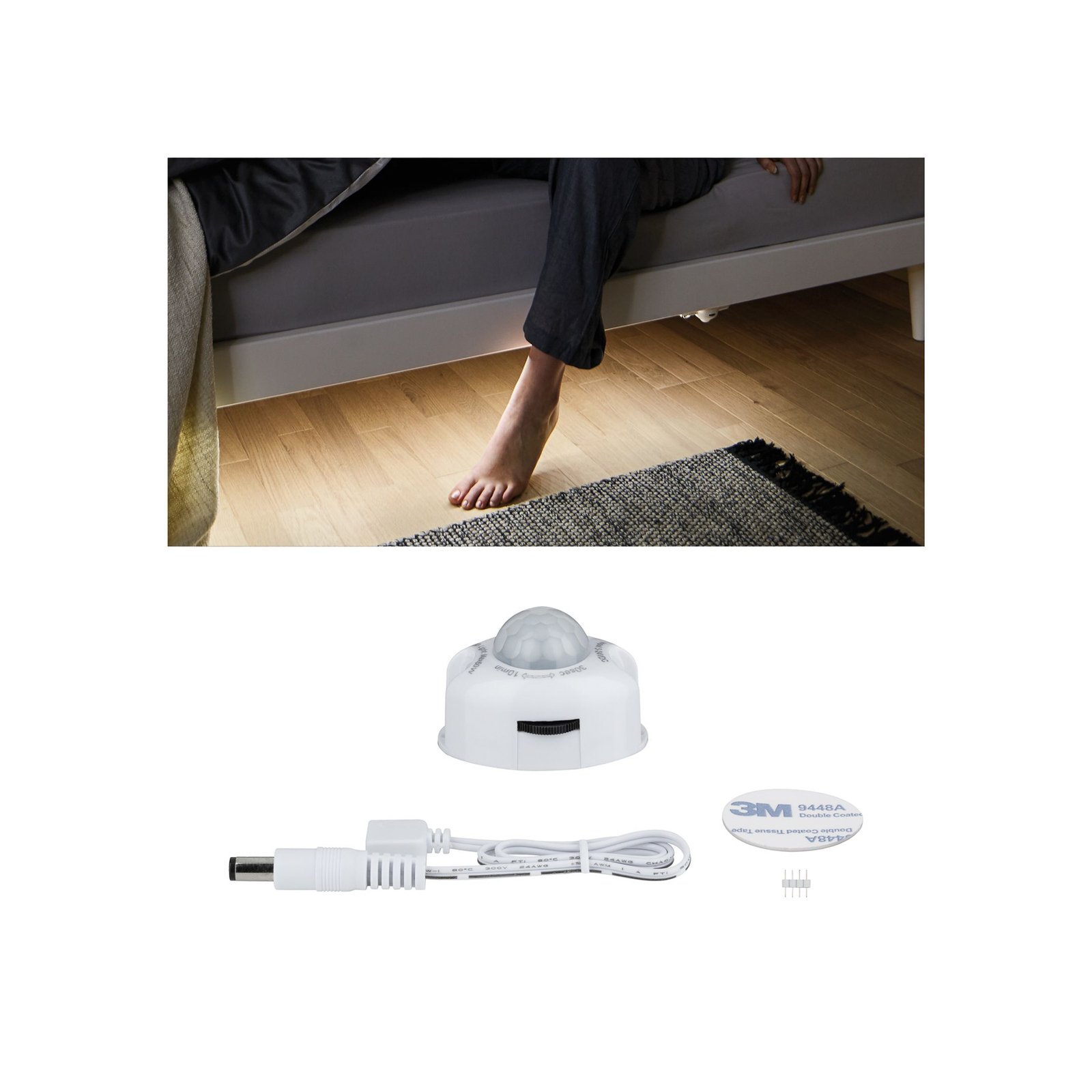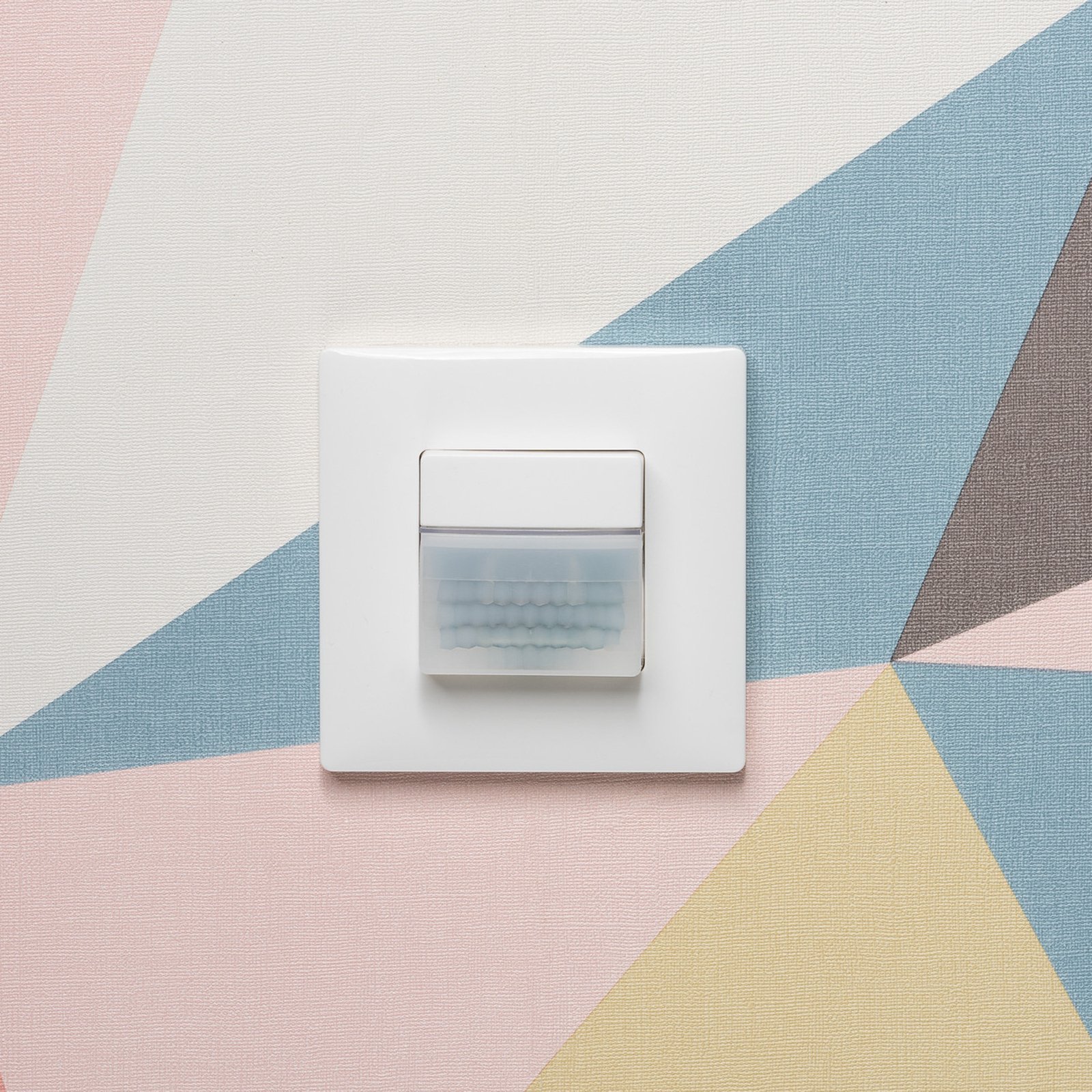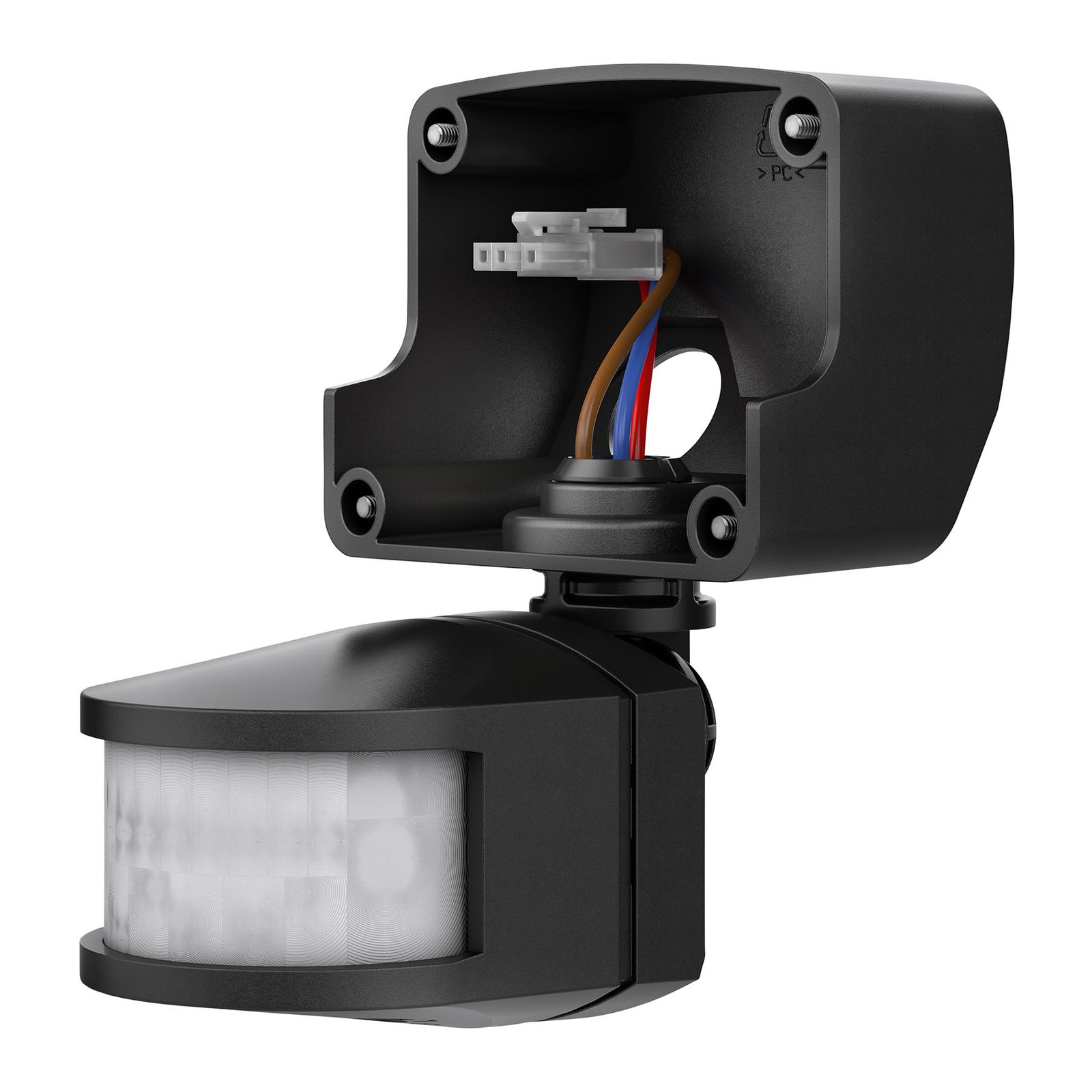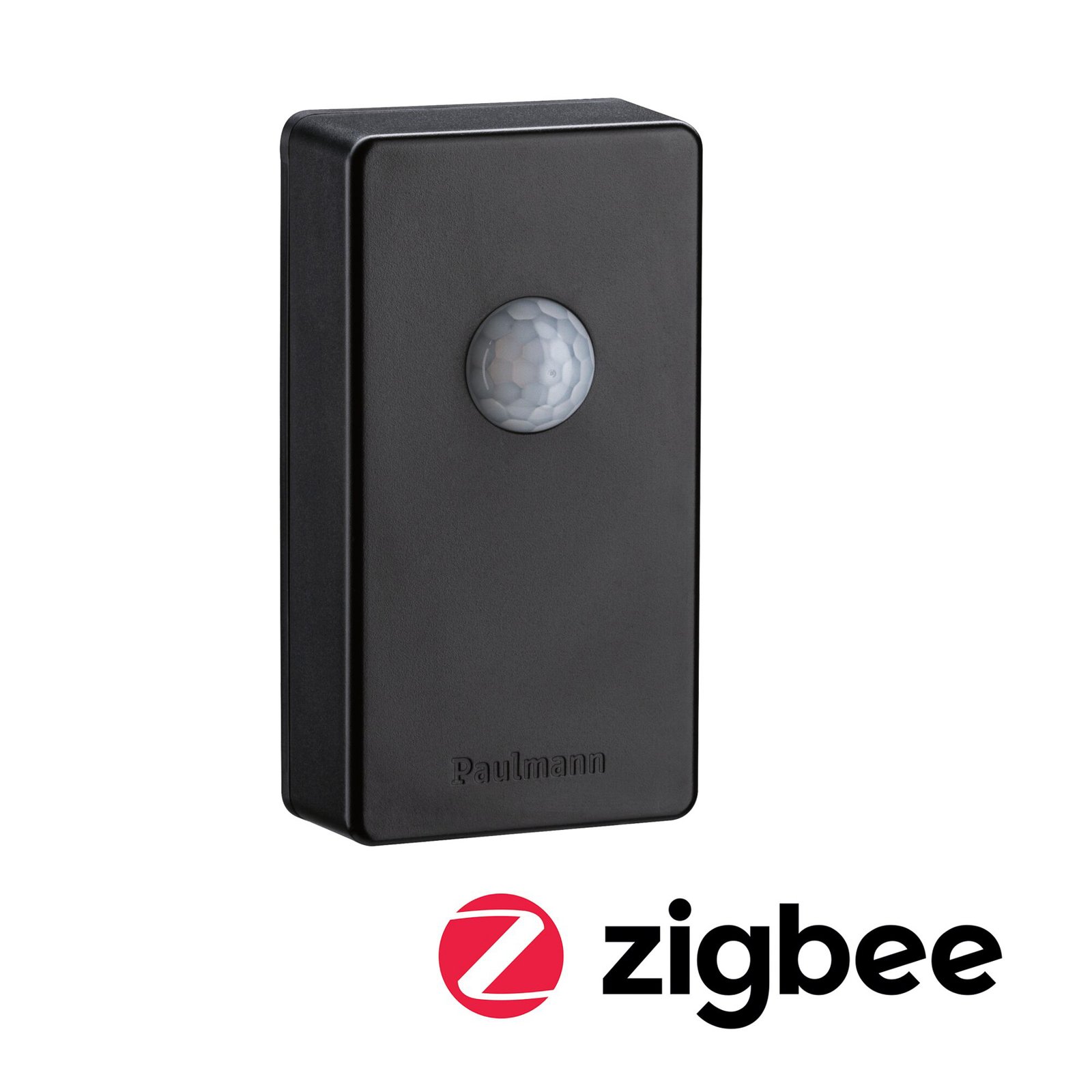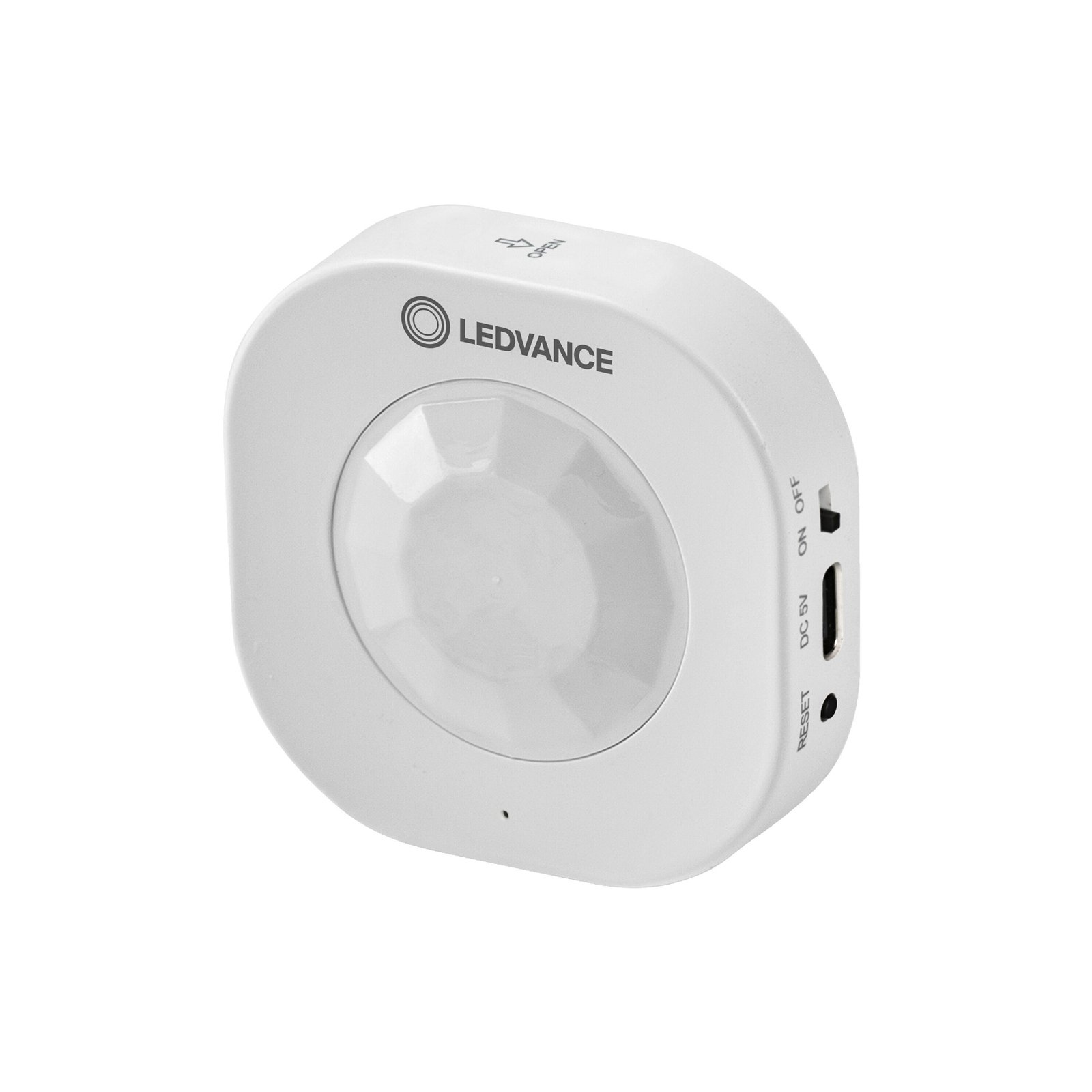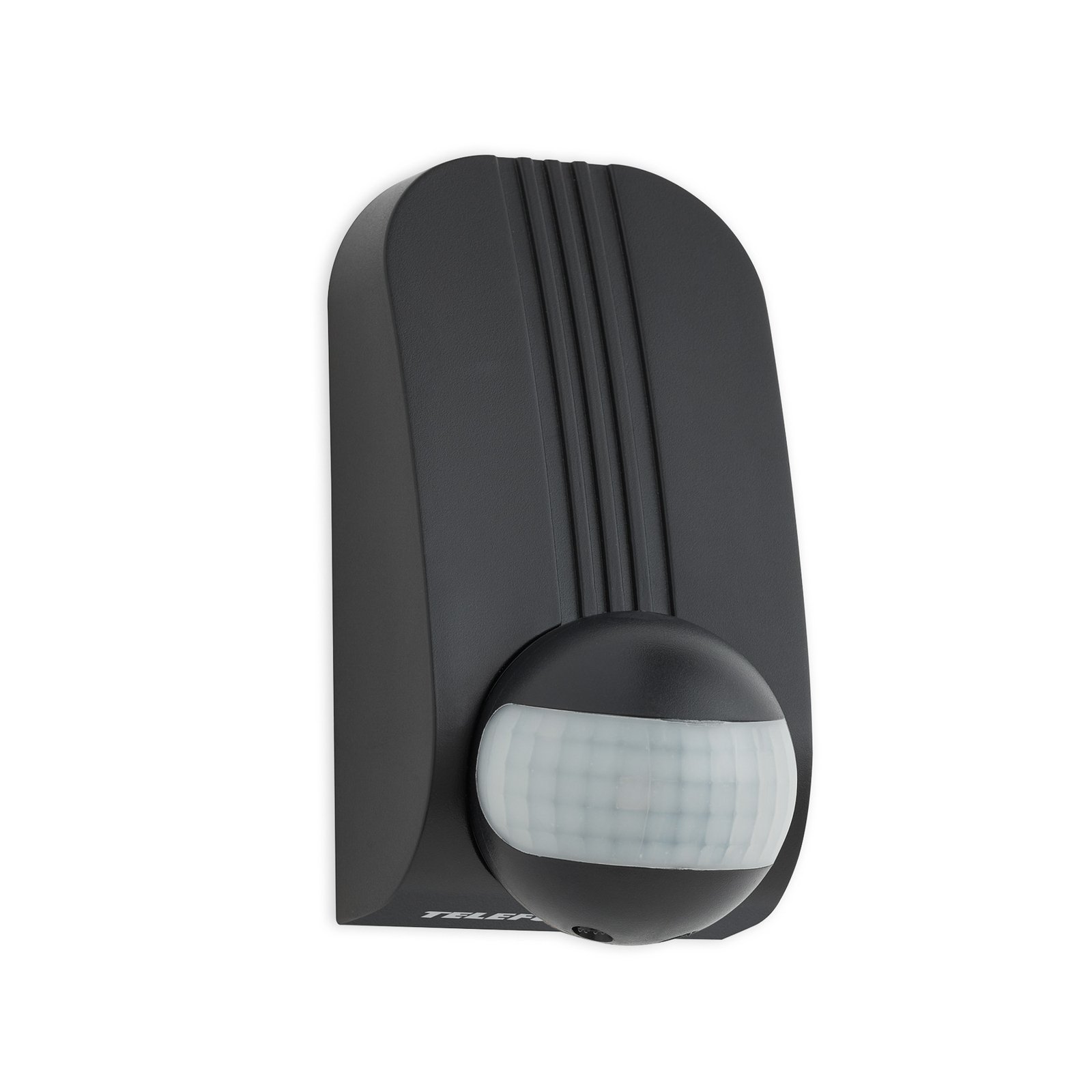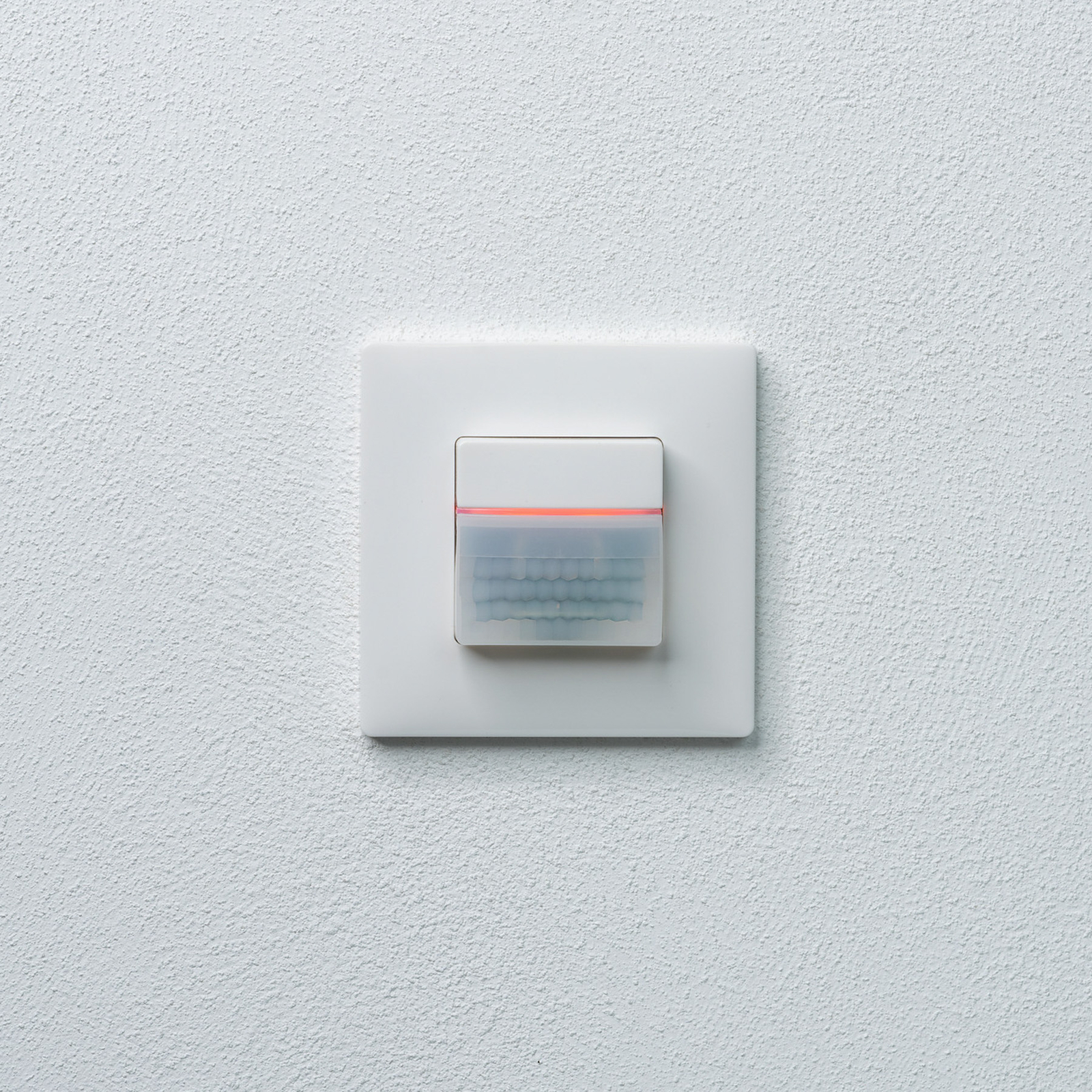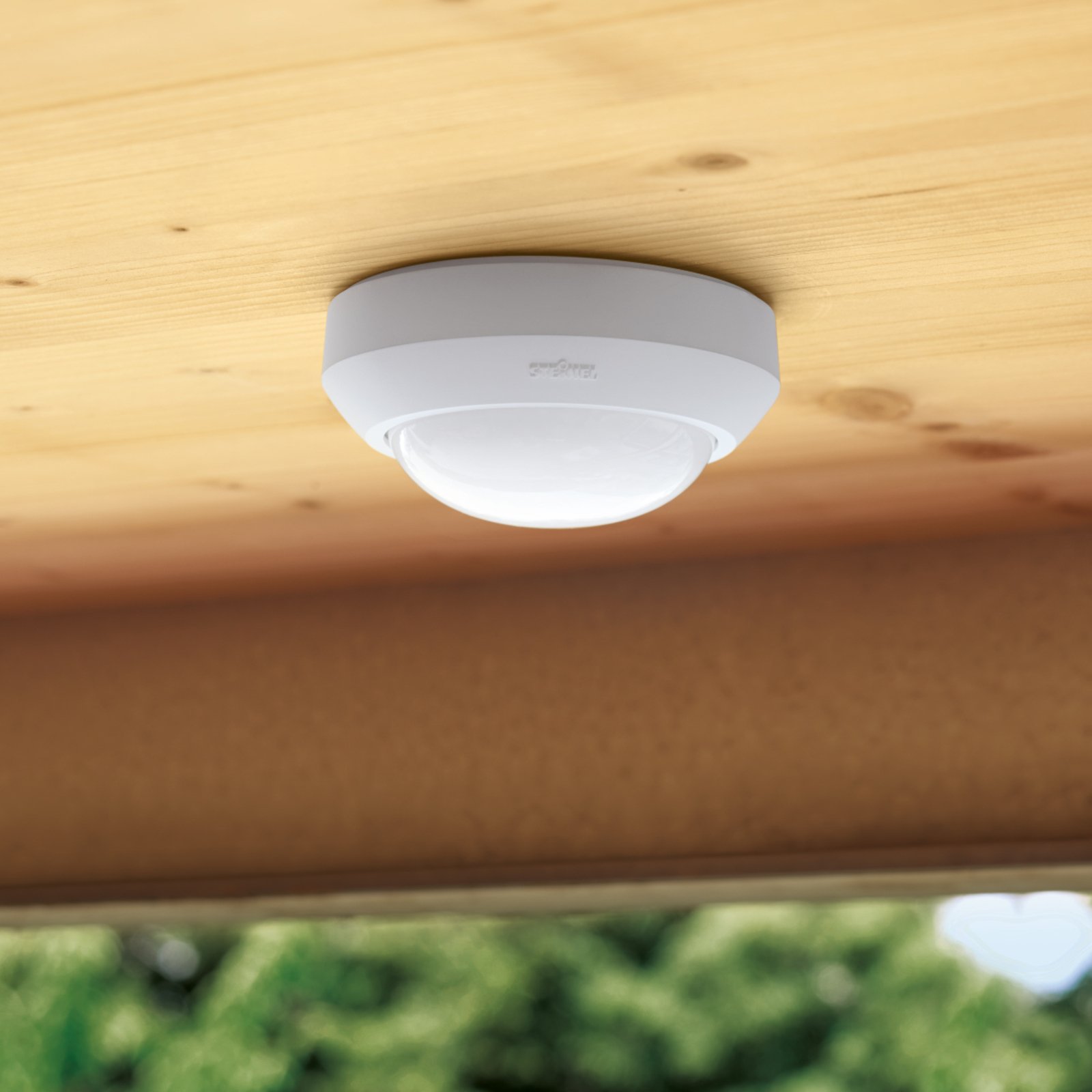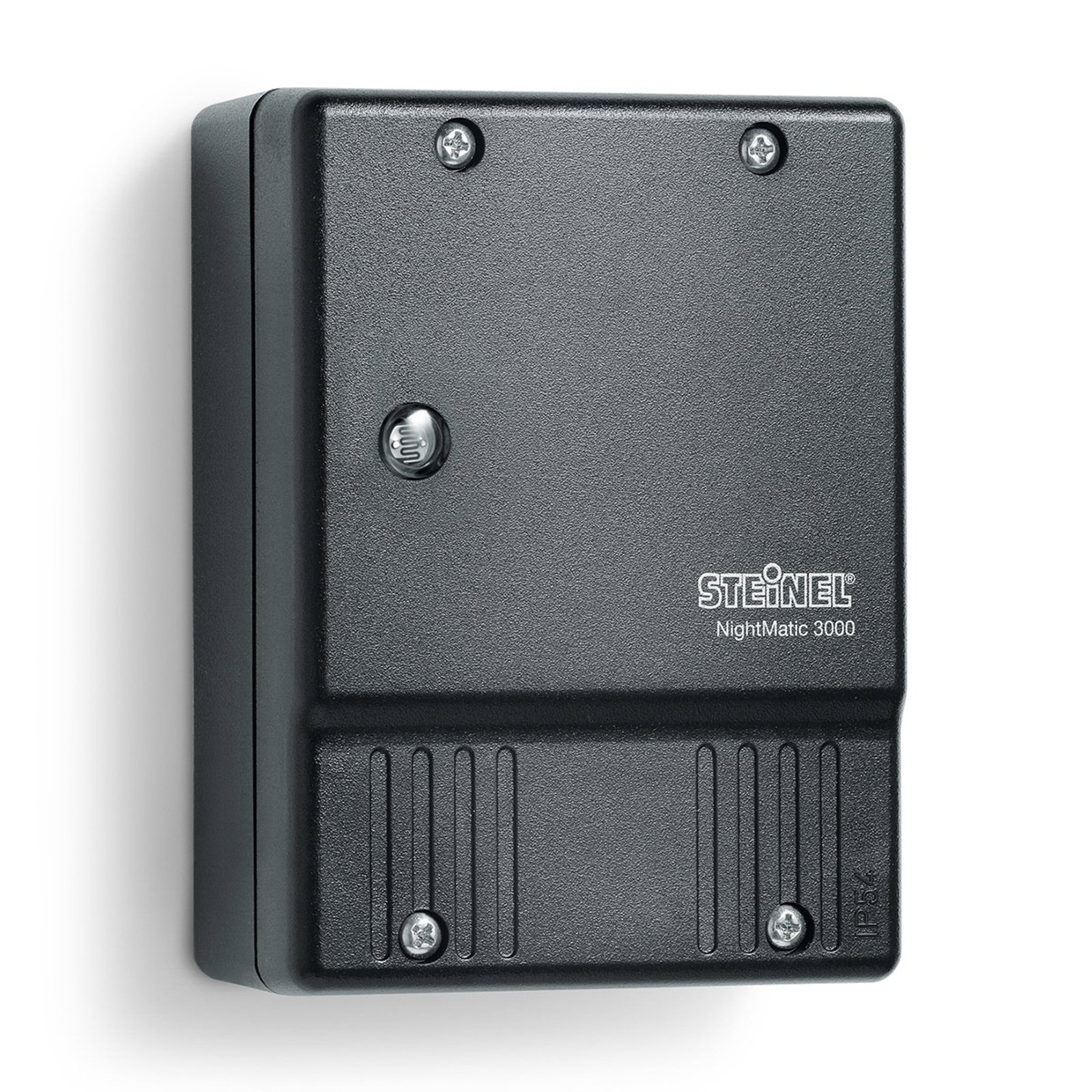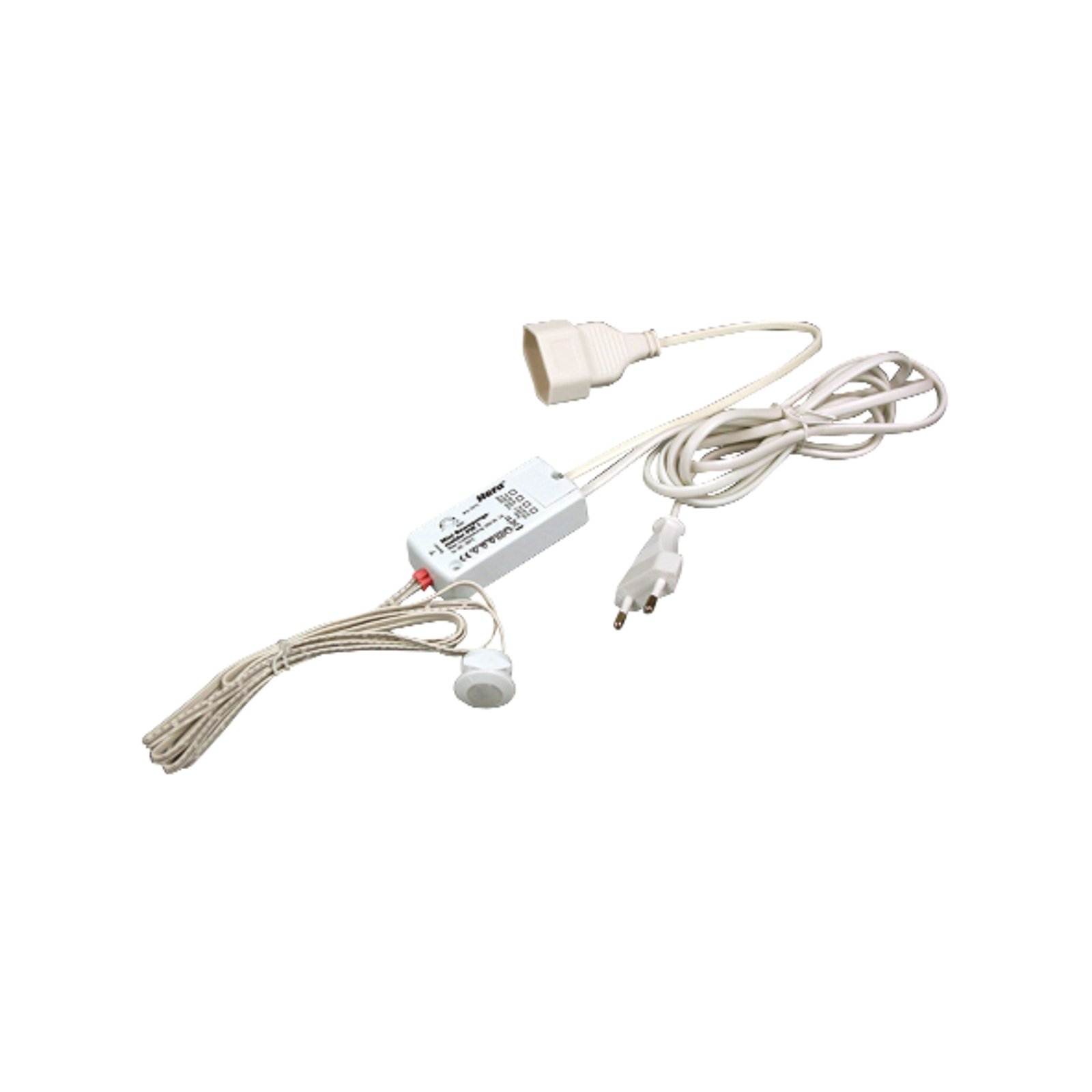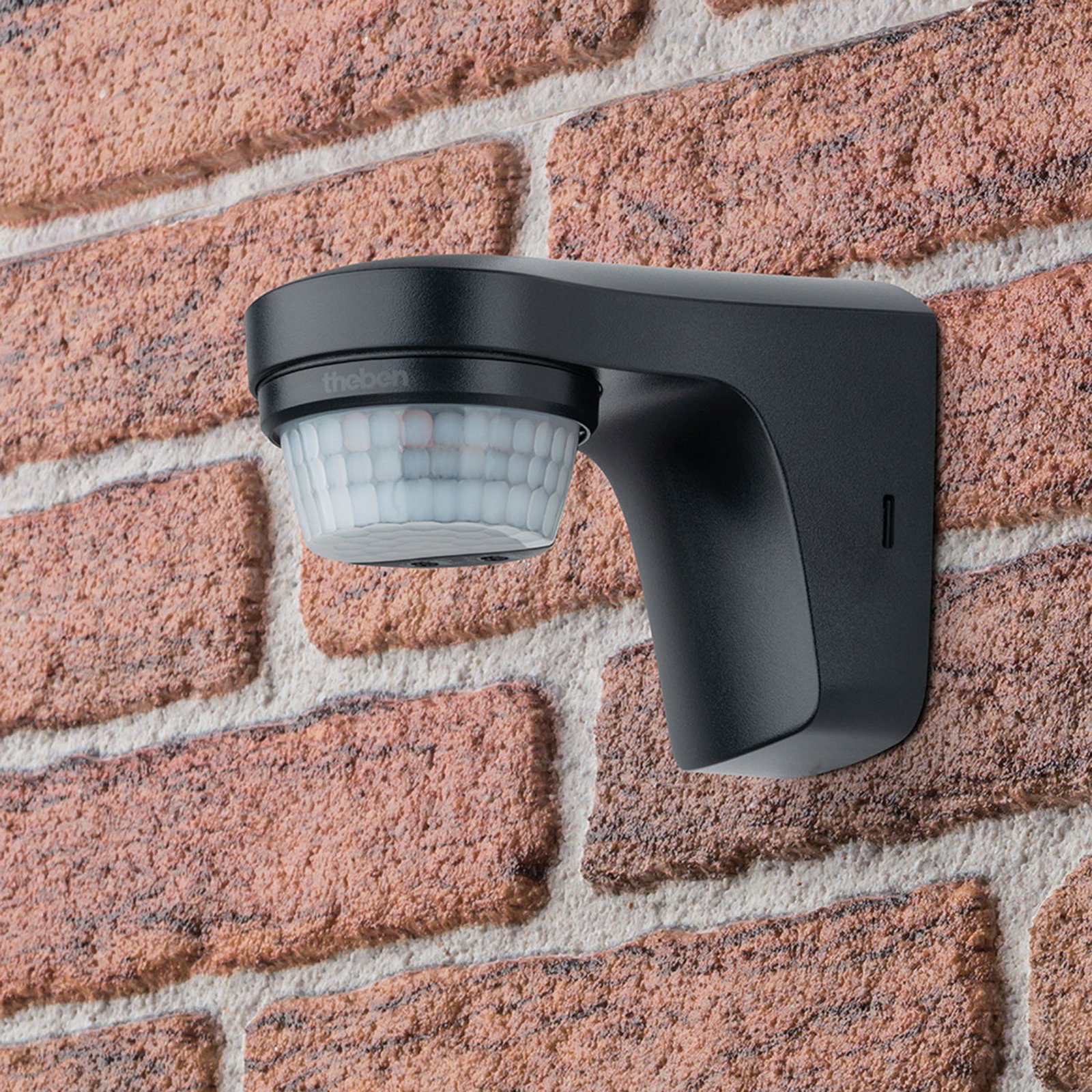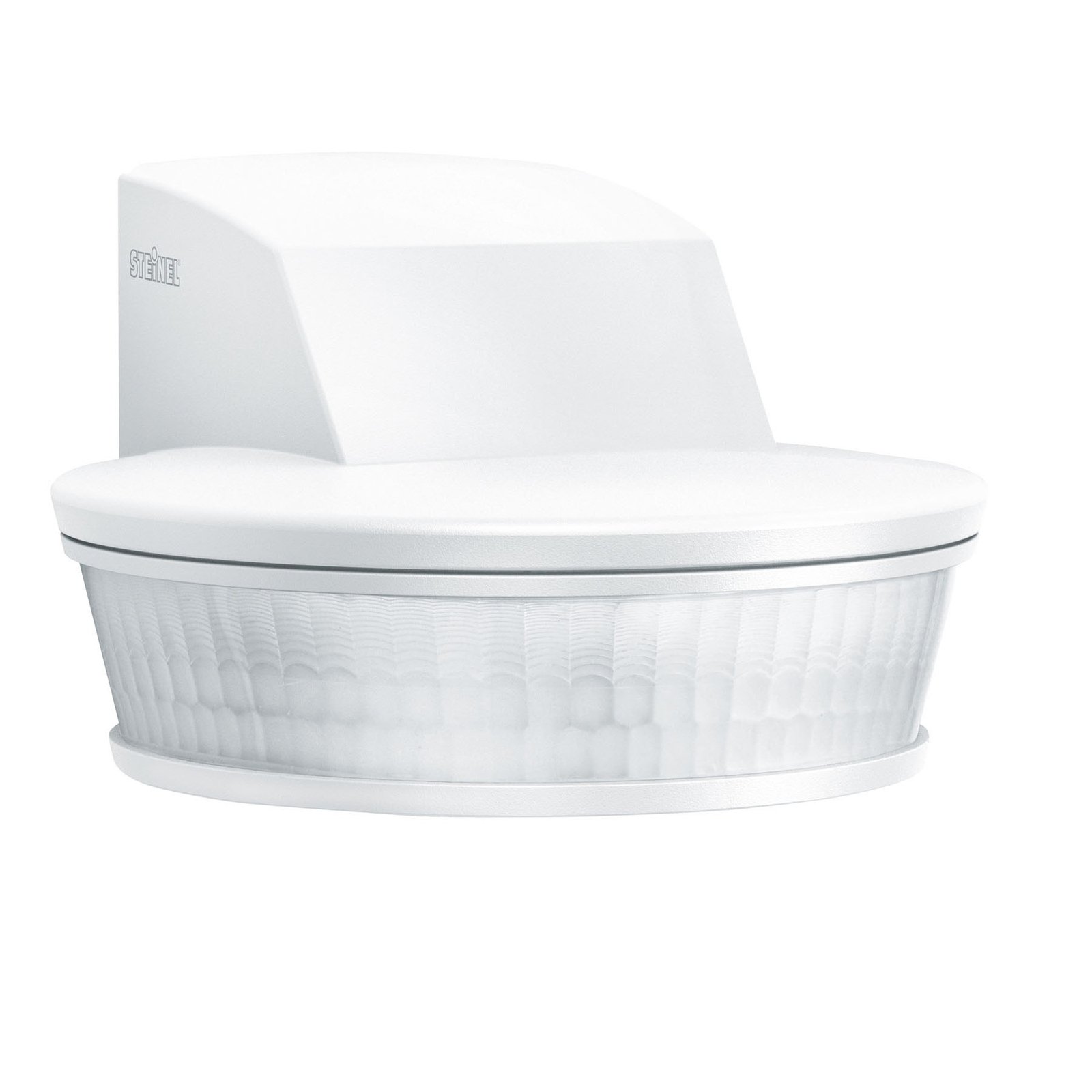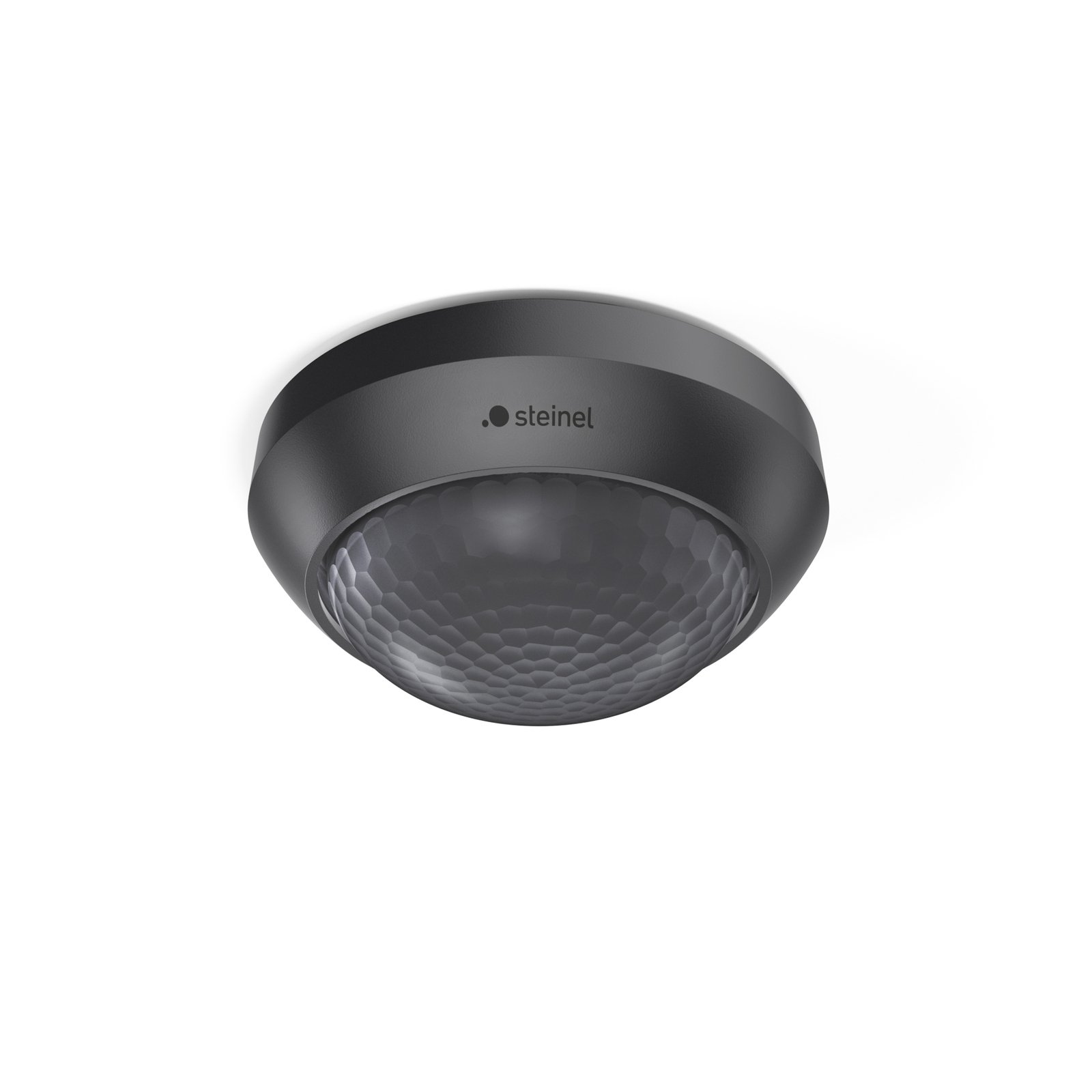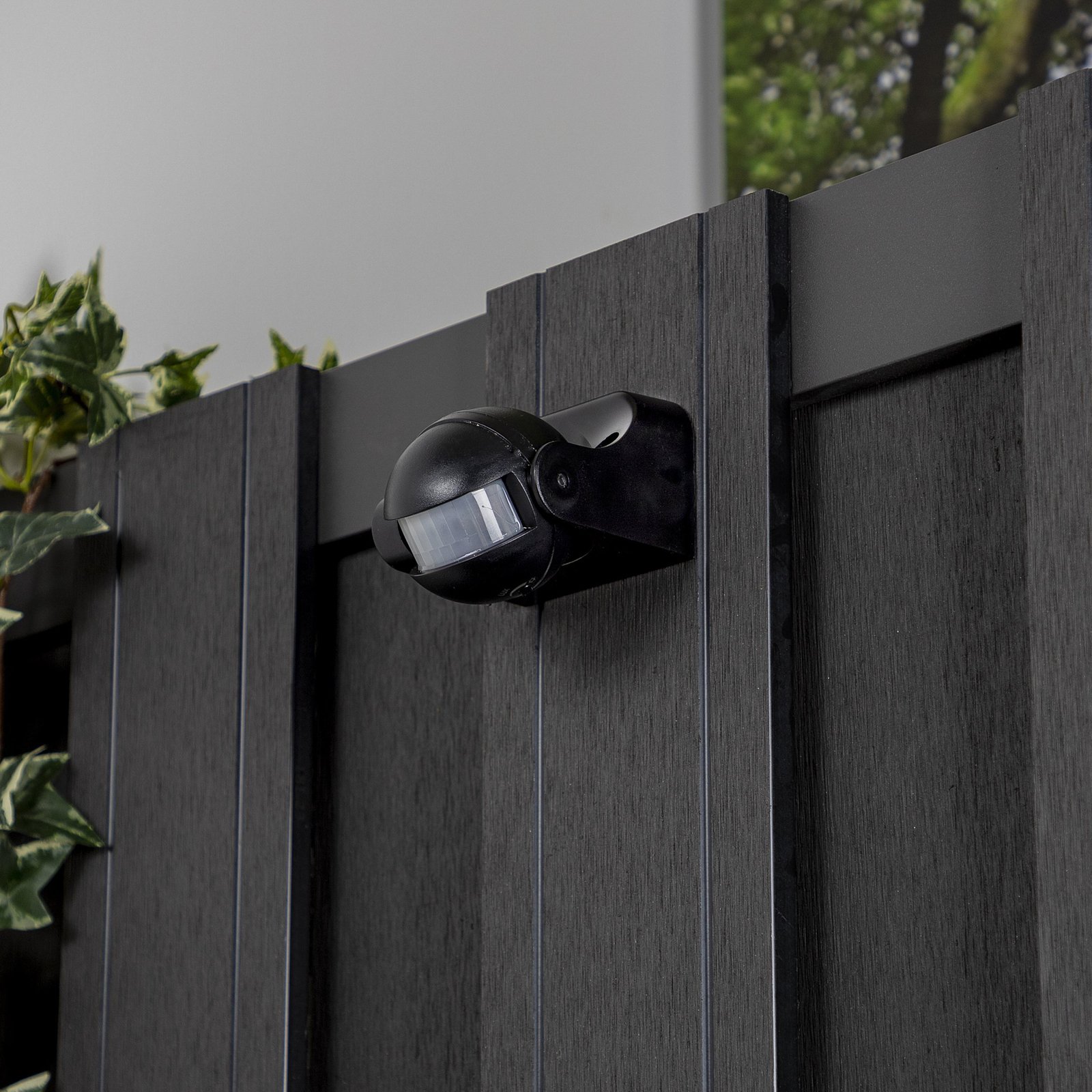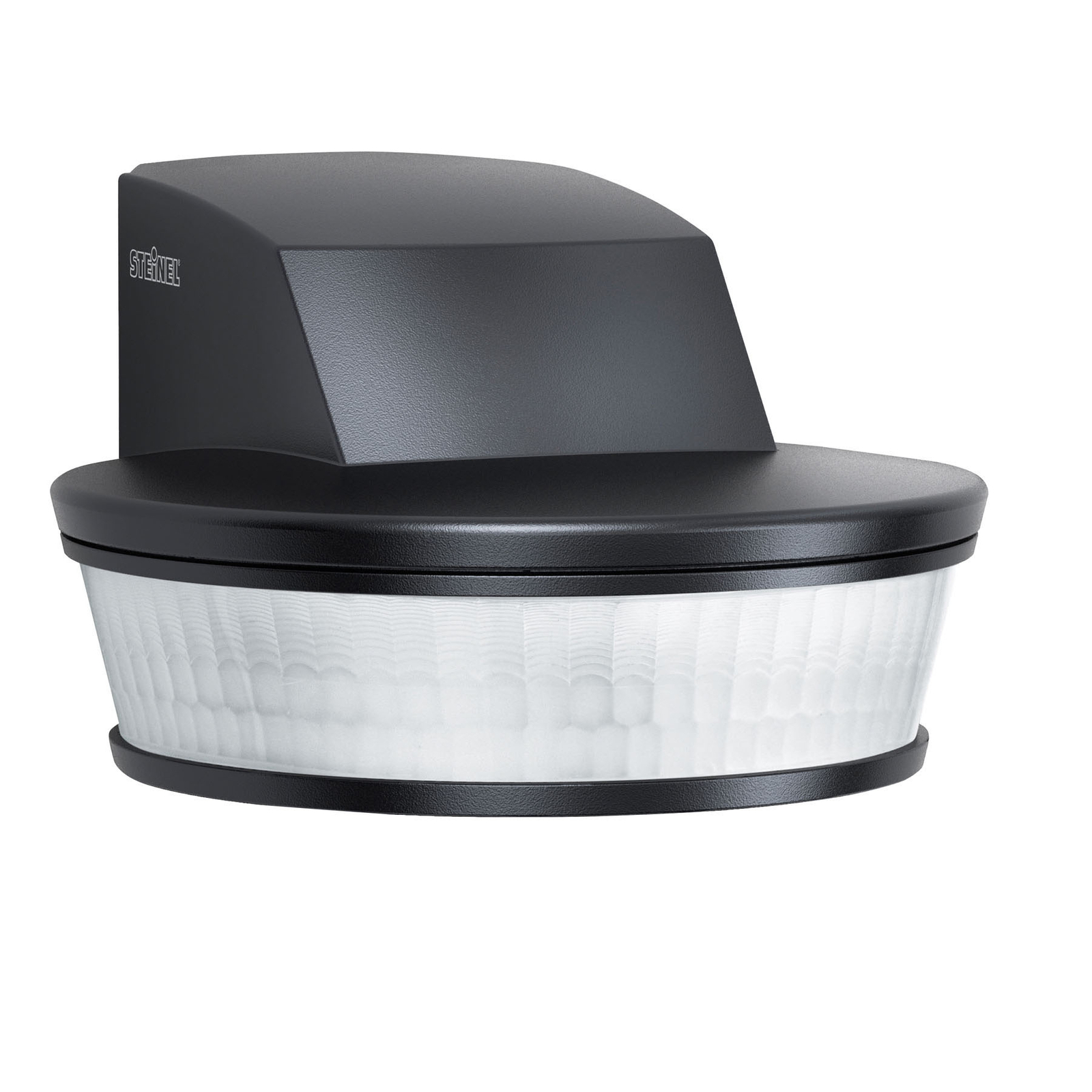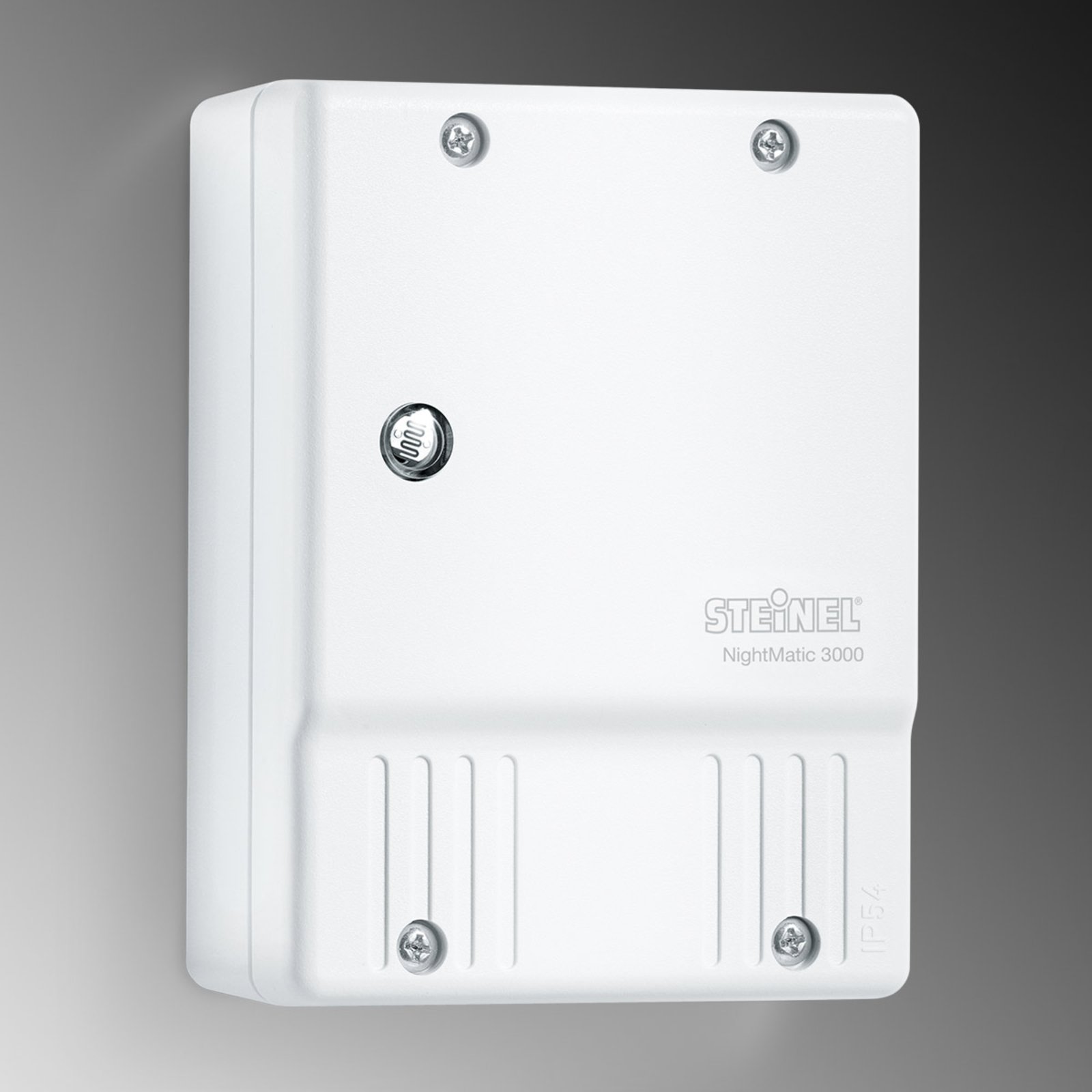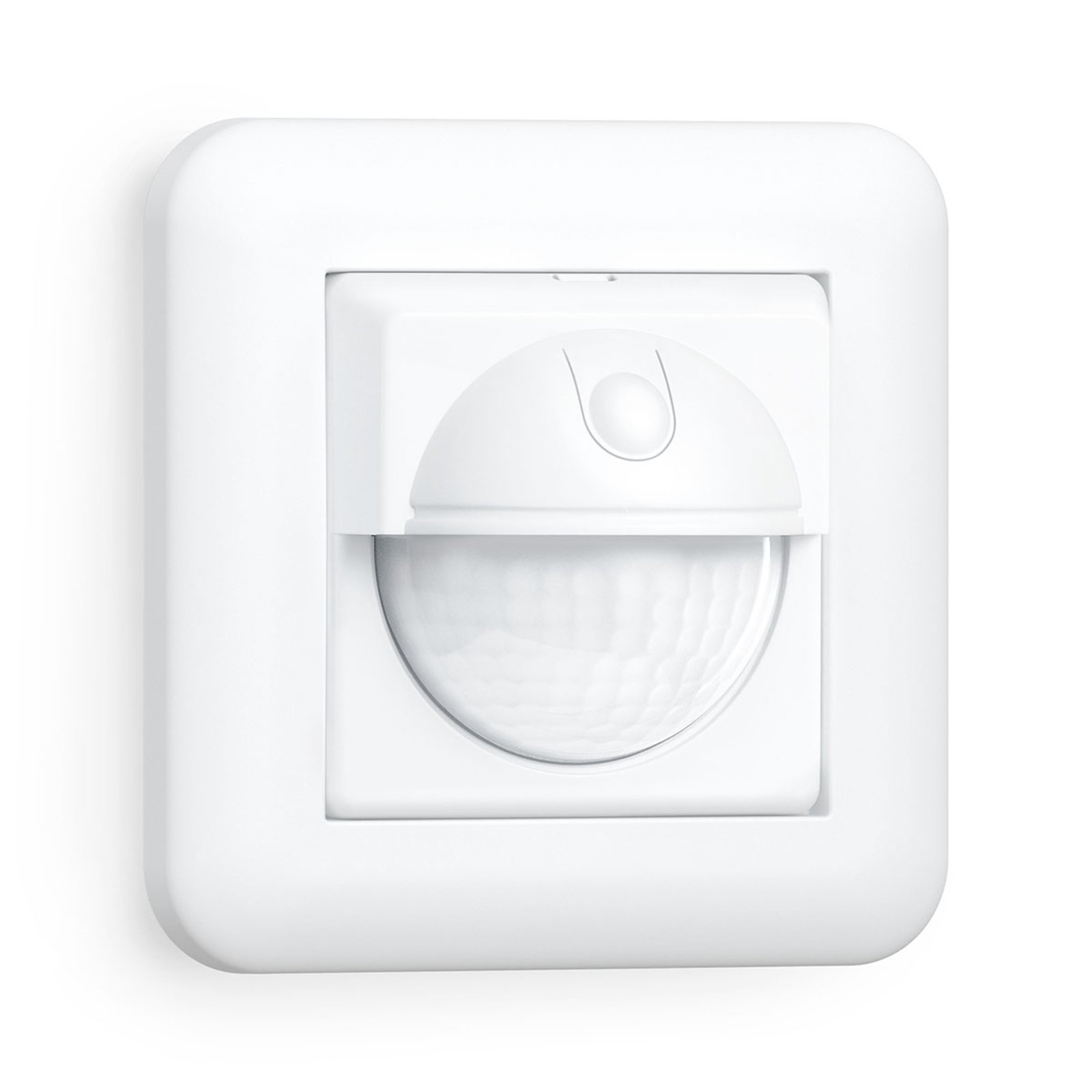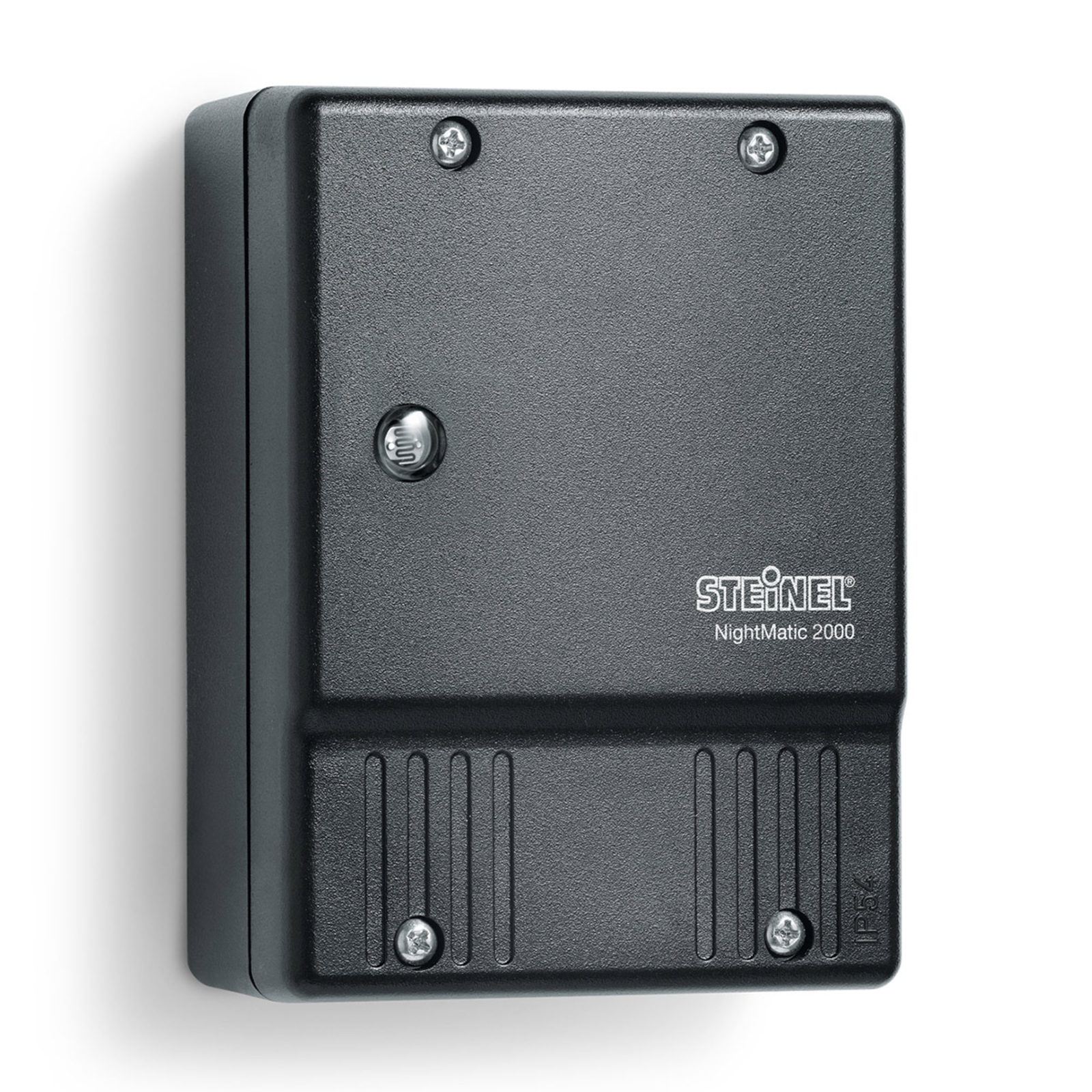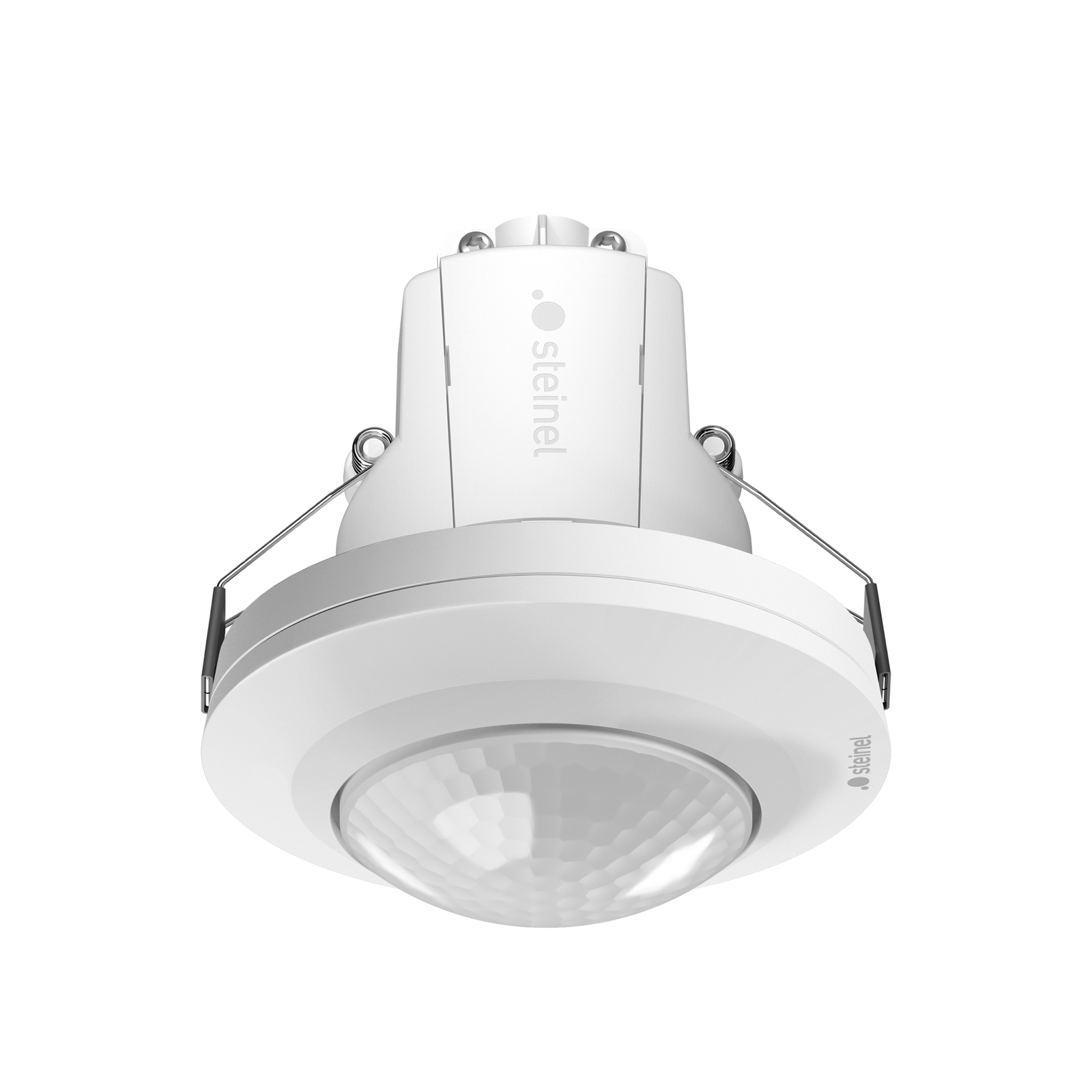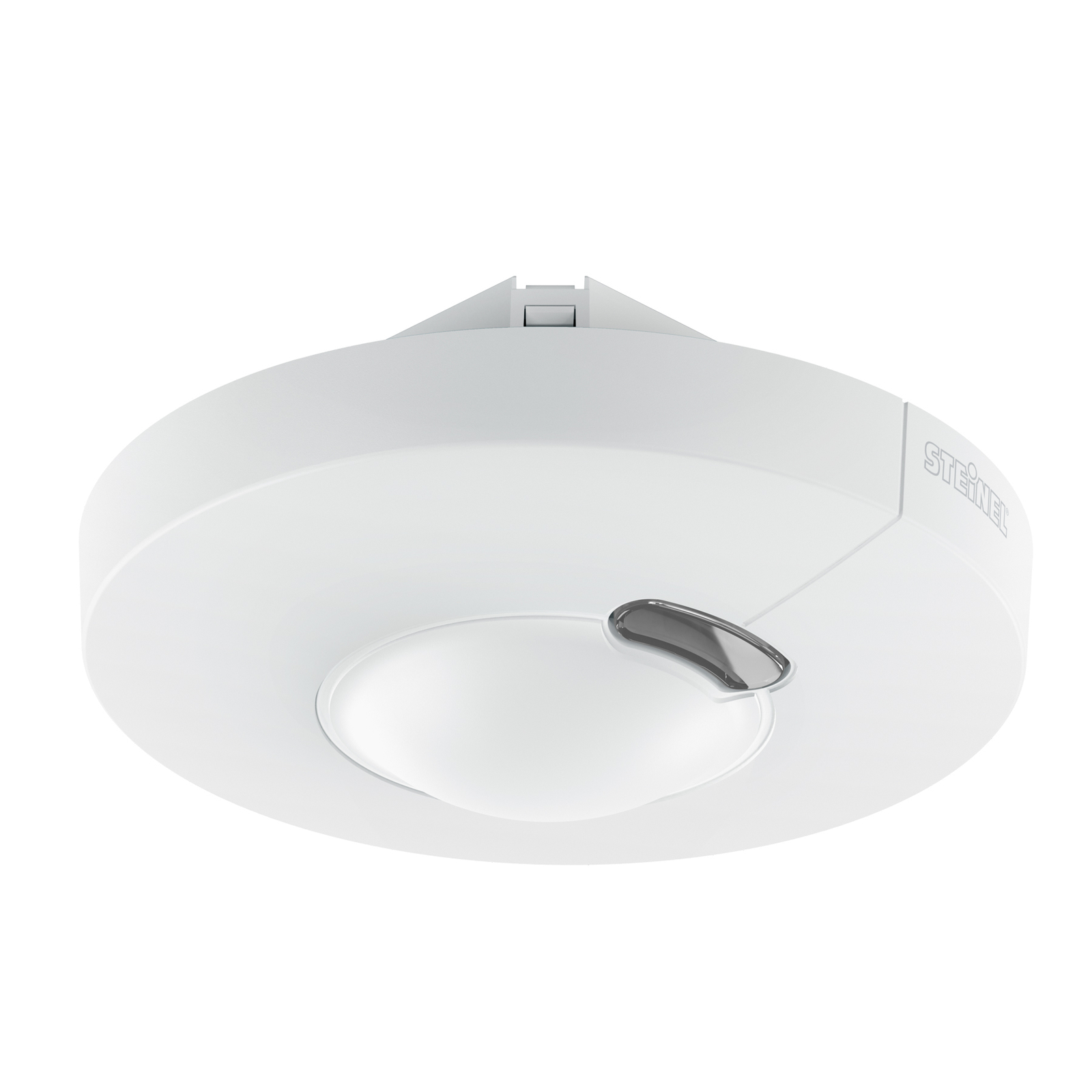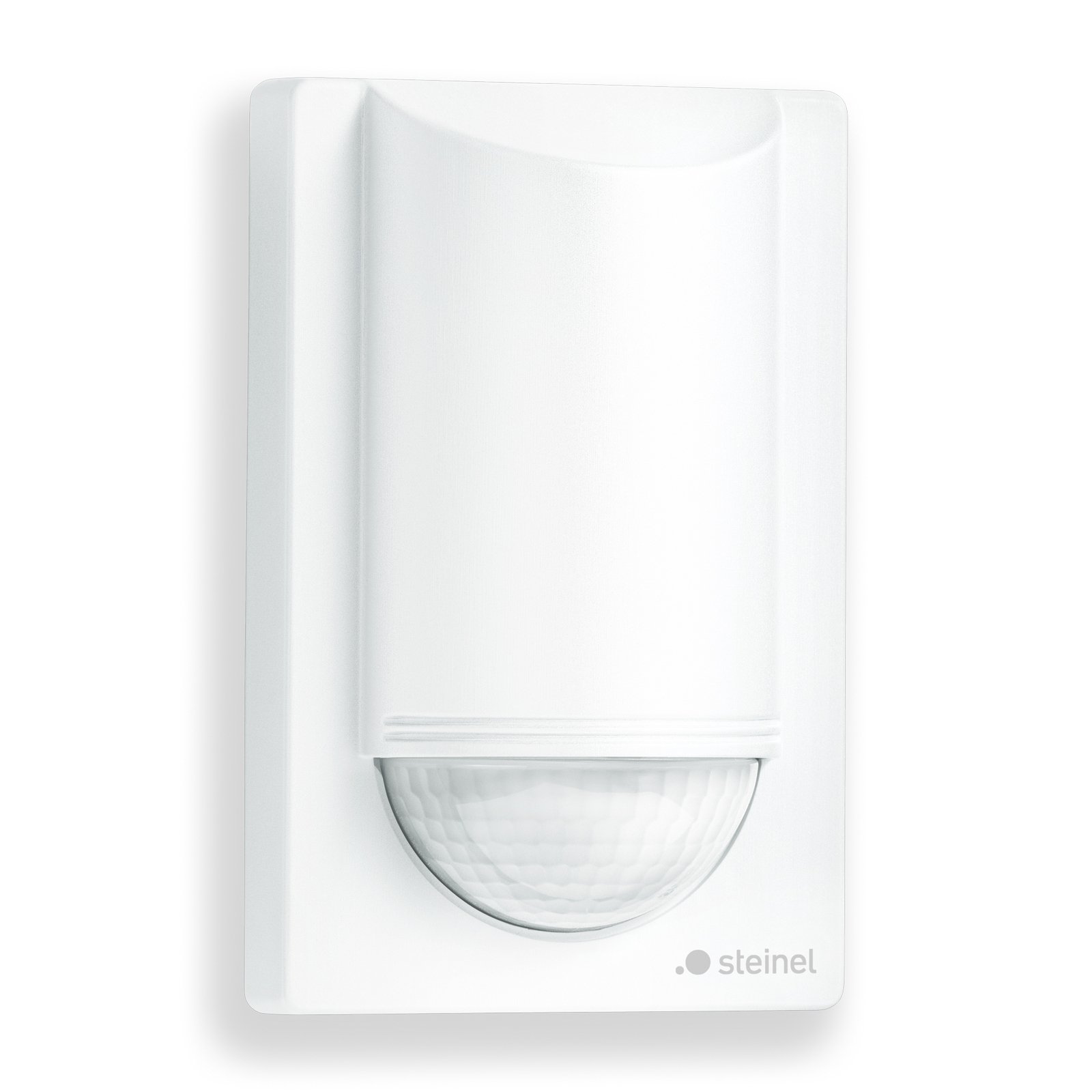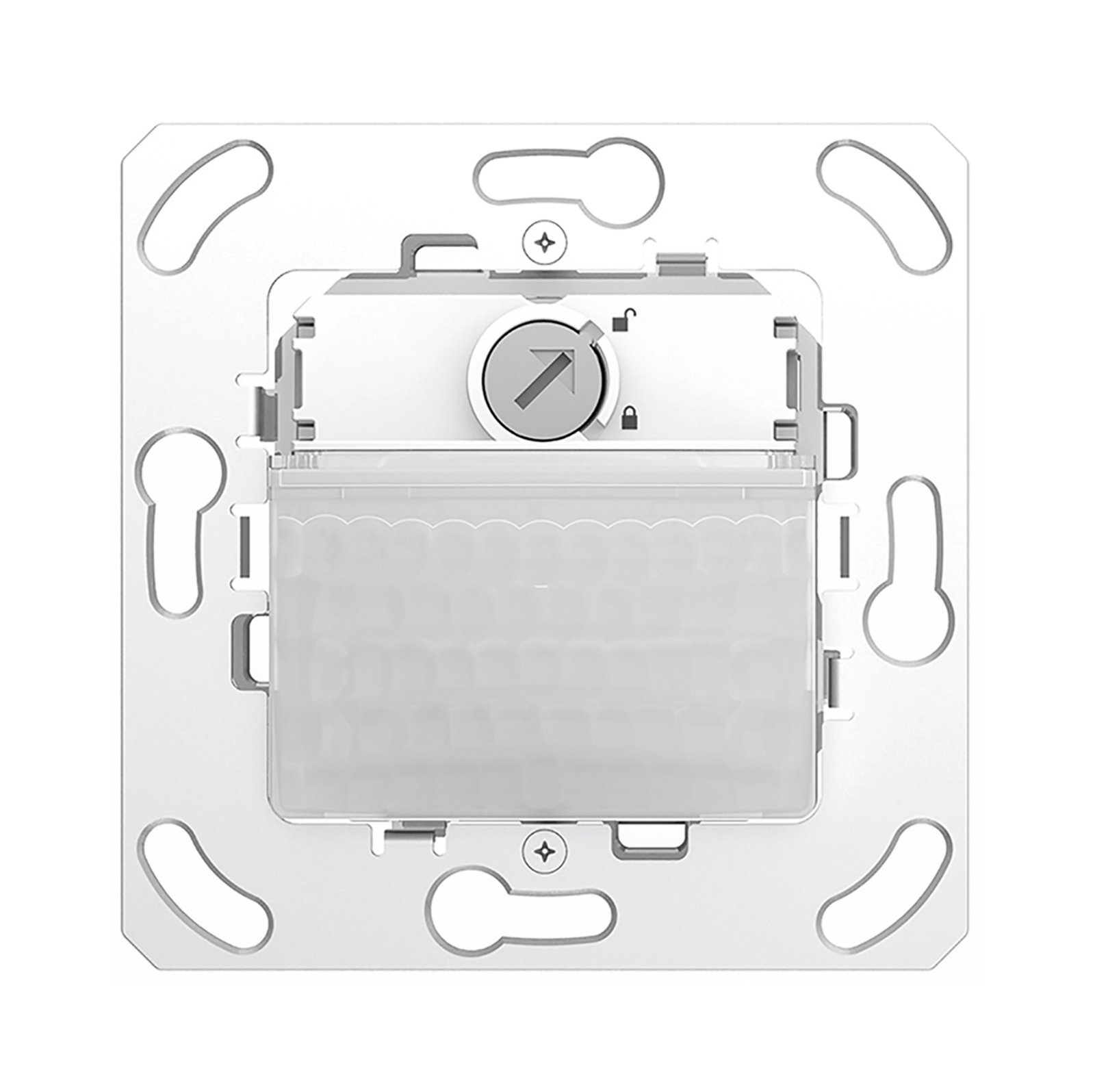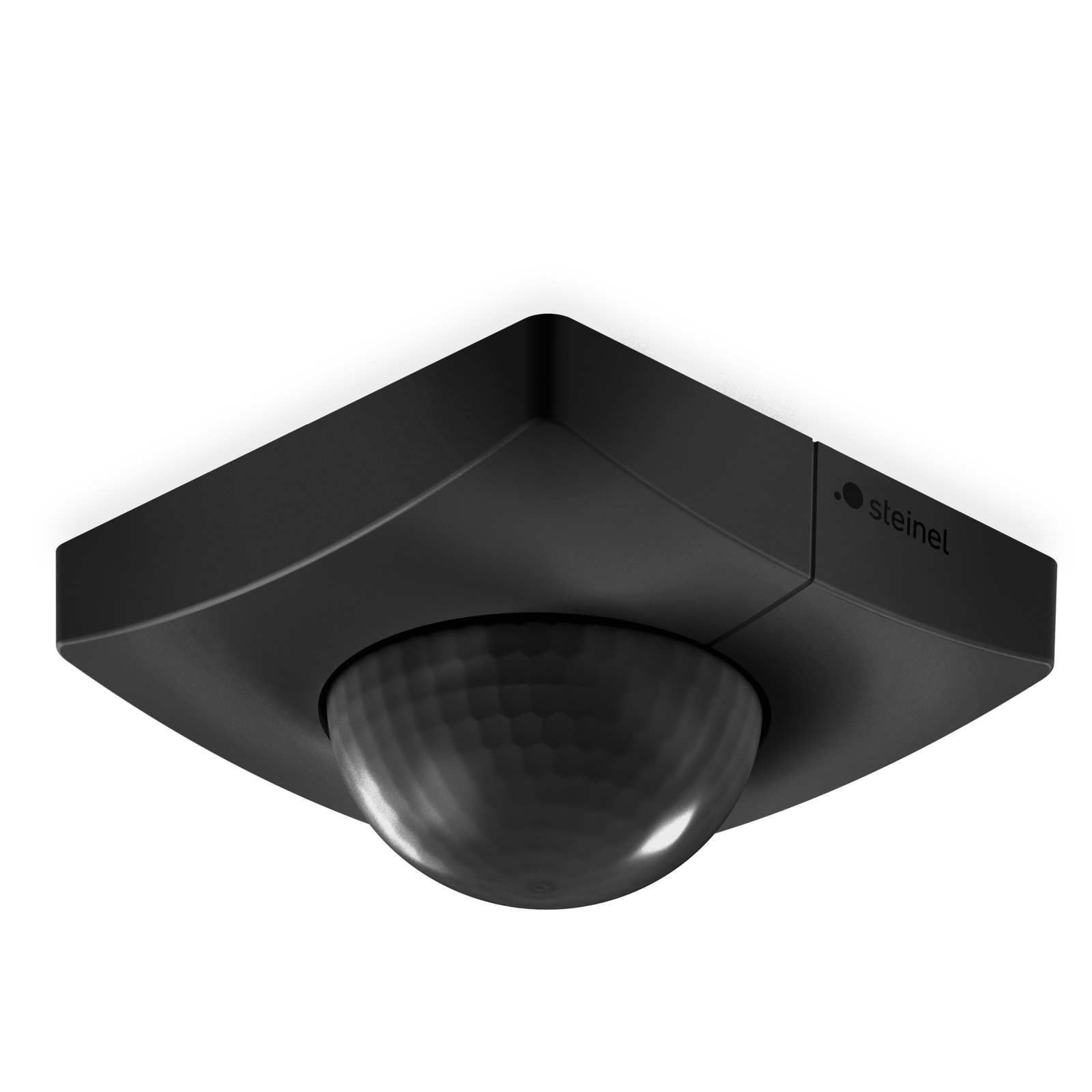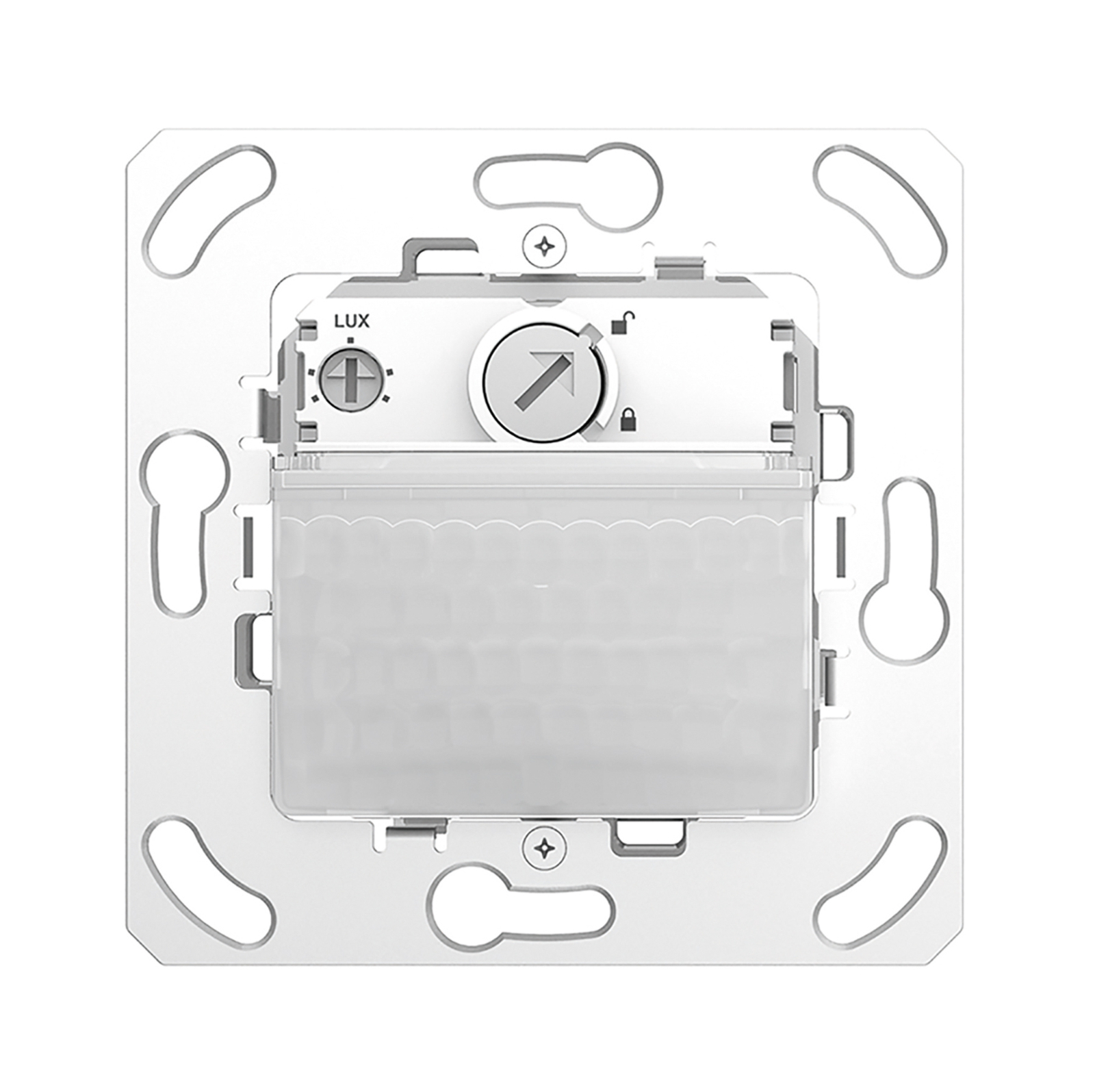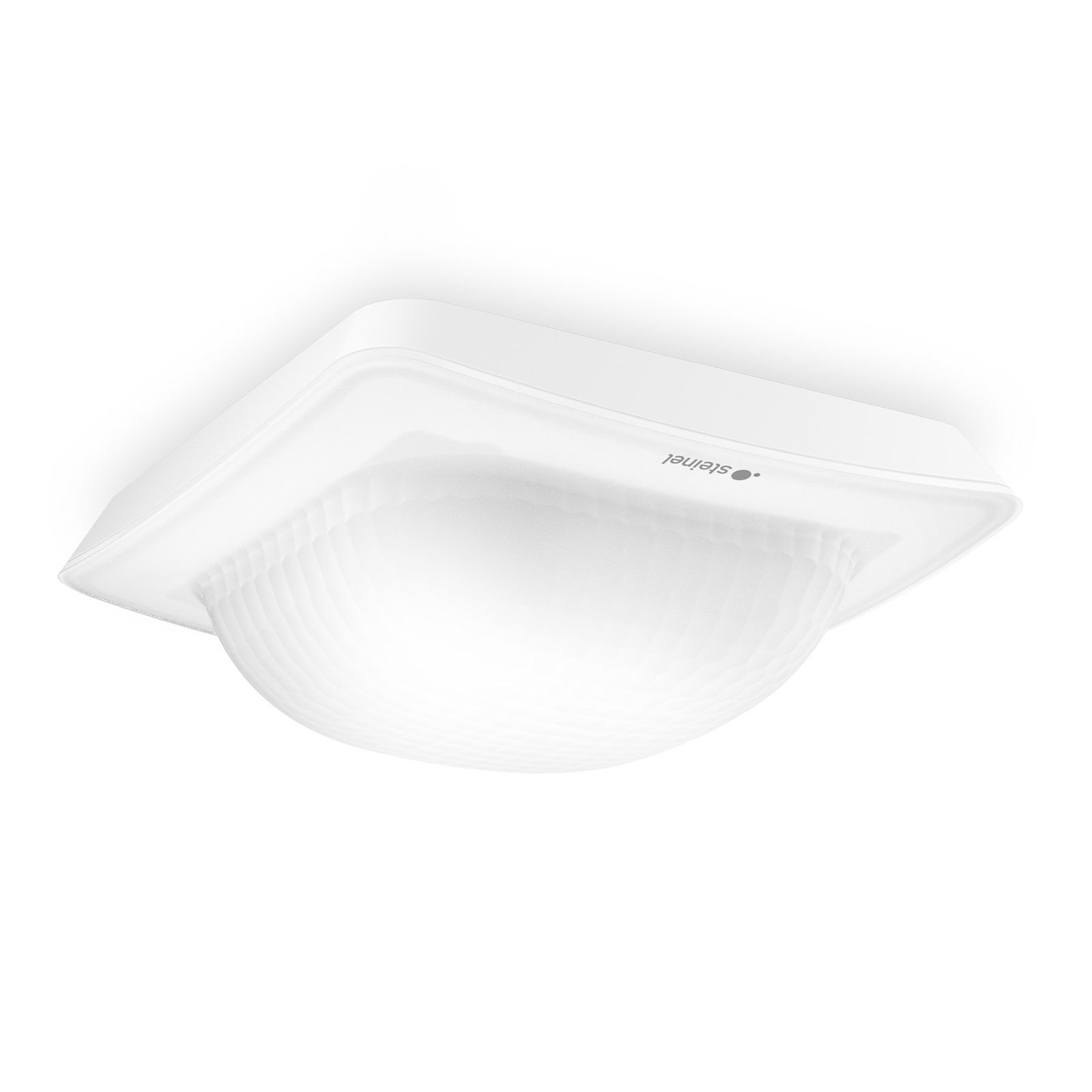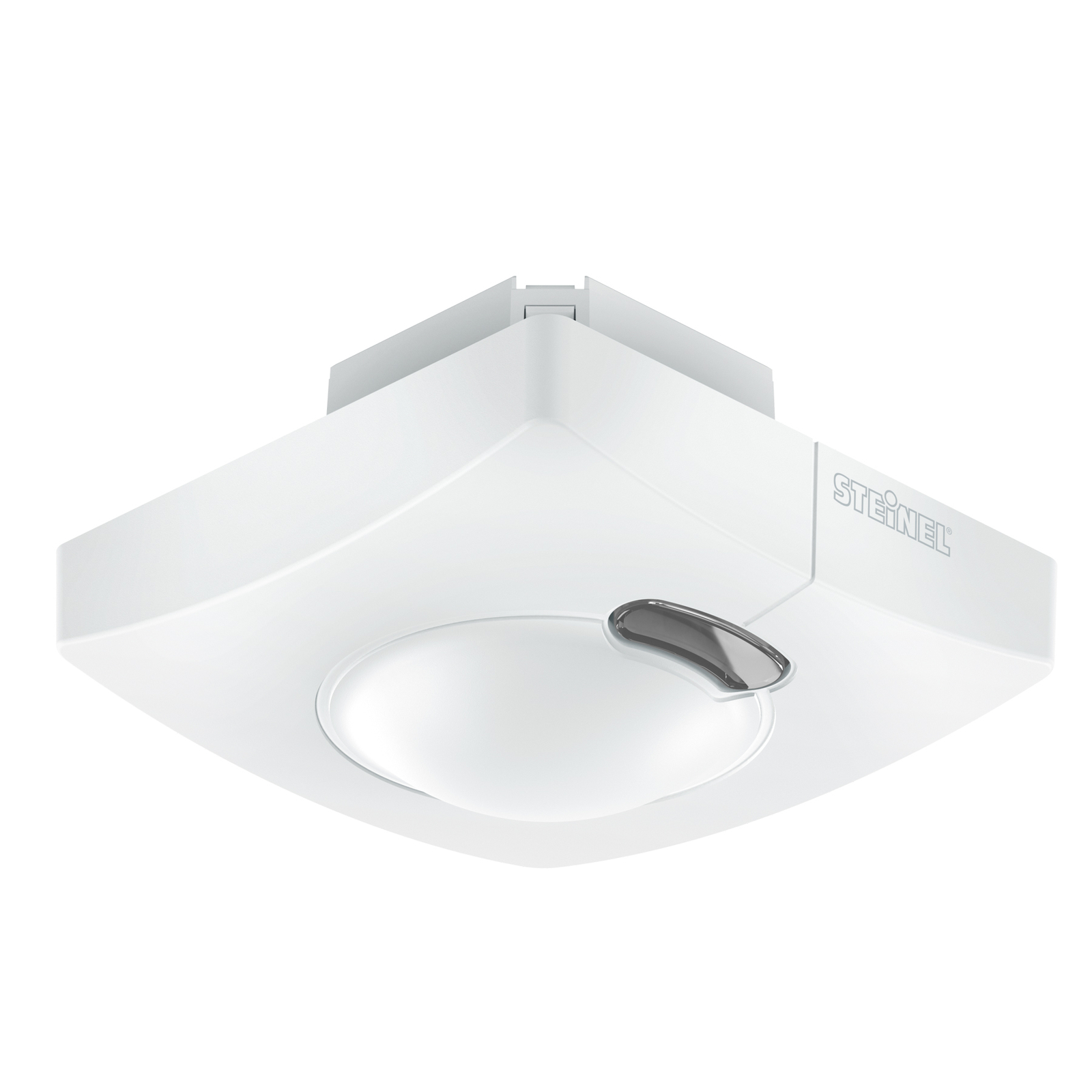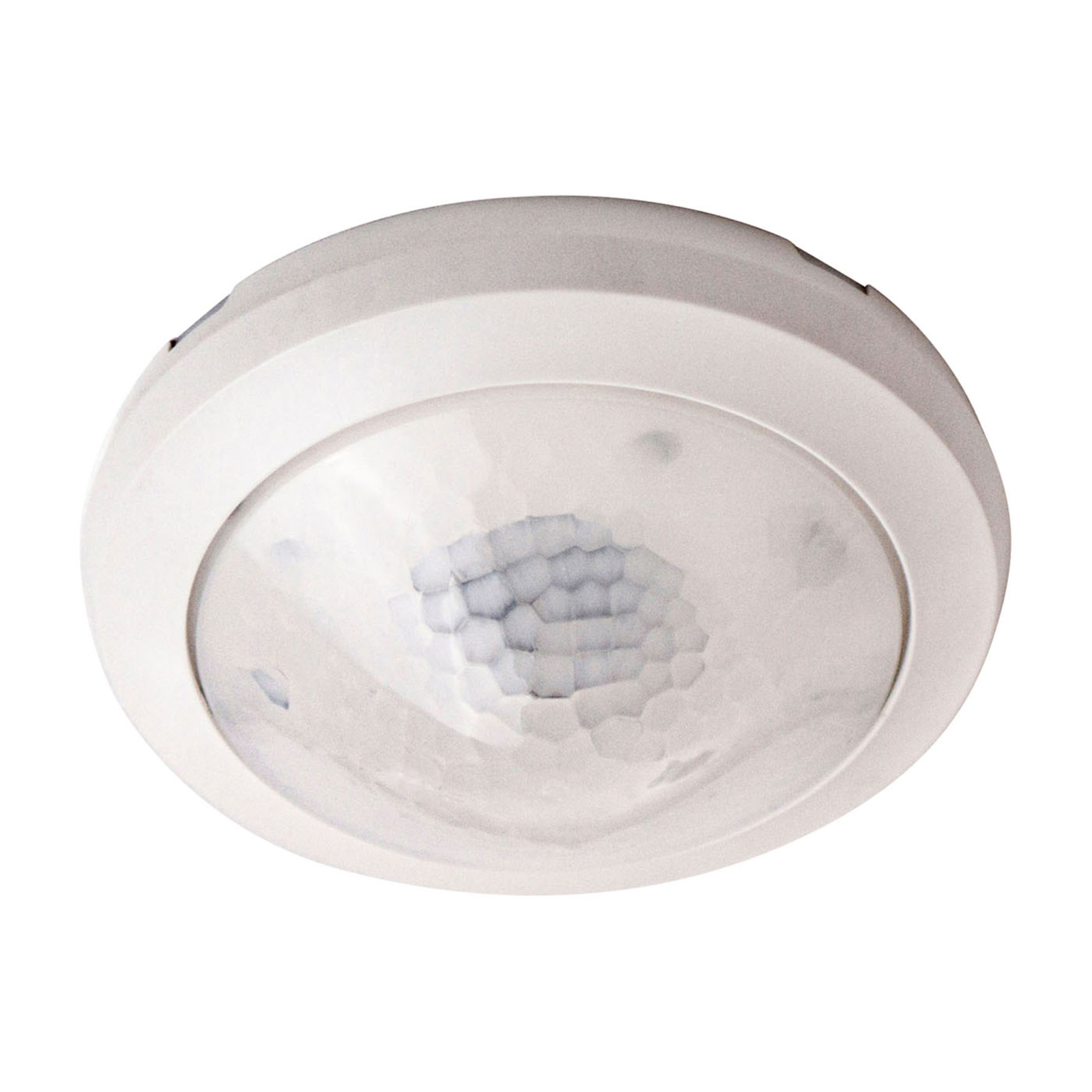- 50 days free returns
- Flexible payment options
- Europe's largest selection of brands
Motion Detectors Offer a Wide Range of Advantages: Comfort, Safety and Potential Savings
Motion detectors automatically regulate the lighting in the garden and house. And because the light no longer has to be switched on manually, you never have to have your hands free when carrying items from one place to another.
The use of motion sensors also reduces the risk of injury, with tripping hazards detected in good time outdoors. While inside the house, you’ll no longer have to grope in the dark for that elusive light switch.
Motion detectors also help to keep your property safe from burglars. Once the light comes on as someone approaches your home, this is often enough to deter them from attempting to break in.
And last but not least, motion detectors are easy on the wallet because they only activate when they’re needed, making them both cost-effective and environmentally friendly. The times of forgetting to switch off the light are a thing of the past, which significantly extends the service life of the bulbs.
What types of motion detectors are there?
Motion detectors are available as separate accessories or as a permanent installation built into an existing lamp. There are several different motion sensor technologies, including:
Passive infrared sensors (PIR sensors)
function via infrared radiation (heat radiation)
for indoor and outdoor use
High frequency or radar sensors
function via electromagnetic waves
for indoor use and as intelligent HF sensors (iHF), now also suitable for outdoor use
Ultrasonic sensors
function via sound reflection
for indoor use
Camera sensors
function via an electronic evaluation of image content
for indoor and outdoor use
:format(jpeg))
How do motion detectors differ from presence detectors?
The difference between motion and presence detectors lies in the sensitivity of the sensors. While motion detectors react to larger movements like walking, the slightest movements such as pushing down the door handle or typing on the keyboard are sufficient for presence detectors.
This makes motion detectors suitable for outdoor use to provide light in the dark and drive away burglars. Indoors, they’re often used in corridors and stairwells. Presence detectors, however, are intended for living and working areas. Here they provide light when the slightest movement is detected. Modern motion and presence detectors carry out automatic brightness measurements and switch off automatically when there is sufficient daylight.
How do PIR sensors work?
PIR sensors (passive infrared sensors) do not send signals but receive heat radiation from their environment and thus function passively instead. They’re activated by dynamic heat sources, i.e. moving objects, like people, animals or even warm car engines.
In contrast, PIR sensors do not react to static heat sources like sunlight. There are items available too that small animals cannot activate as this usually results in unnecessary power consumption when a cat or hedgehog scurries past.
To optimally detect temperature differences, PIR sensors need direct contact with the object. They must therefore not be installed covered or shielded.
The sensitivity of the sensors can also be weakened in heavy rain or by people wearing thick clothing in winter.
Where are PIR sensors used?
Motion detectors with PIR sensors are used in the home as well as in the garden. They’re great for detecting large movements.
PIR sensors register when a person is walking, or a car is approaching, so it’s essential to know these motion detectors detect transverse movements better than frontal movements.
The best way to explain this is by dividing a square into a grid made up of individual areas. You can visualise such an area as the distance between your spread fingers.
If someone walks towards the motion detector head-on, this person may stay in one area which means that the sensor might not detect any change. But if they walk past the motion detector at an angle, they’ll pass through several viewing areas, and a change will be detected. Therefore, when mounting PIR sensors, special attention needs to be paid to the angle. PIR lights should be installed without any obstructions as direct visual contact with the object is essential for the PIR to function correctly.
:format(jpeg))
Motion detectors with PIR sensors are usually found in outdoor areas and corridors, garages, and stairwells. However, they’re unsuitable for detecting smaller movements, such as during a sedentary office activity.
Here, so-called presence detectors are more appropriate.
Like PIR sensors, presence sensors detect heat radiation using infrared - only they react much more sensitively. This is made possible by a very detailed, chessboard-like division of the field of vision. In this way, presence detectors can detect the smallest movements, like a person typing on a keyboard, making them suitable for offices and living rooms.
How do high-frequency sensors work?
High-frequency sensors (HF sensors) emit radar beams (electromagnetic waves) and react to their reflection - the echo image.
So, if an object moves, the frequency of emitted waves changes and the sensor registers the change. HF sensors function independently of temperature so can be mounted next to walls, glass or wood. Unlike infrared sensors, they don’t need direct contact with the object and can penetrate thin walls because their detection field is horizontal and vertical at the same time.
Motion detectors with HF sensors are ideal for angled basement rooms and passageways where infrared sensors reach their limits. In contrast, presence detectors with HF sensors are primarily used in living rooms that register the most subtle movements - like turning a page while reading or typing on a keyboard in an office.
And that’s not all, they’re also practical for use in toilets and washrooms, as they can detect movement behind doors.
For a long time, HF sensors were unsuitable for outdoor use because of their high sensitivity - even a leaf flying by was enough to emit a signal. But since then, technology has been developed to distinguish human movements from insects, falling leaves and rain.
As such intelligent HF sensors (iHF) are now increasingly being used outdoors.
How do ultrasonic sensors work?
Motion detectors with ultrasonic sensors transmit and receive sound waves inaudible to the human ear. They penetrate every nook and cranny of a room and can detect objects blocked from view. However, they should not be placed behind a cover or above heating (like radiators or furnaces), as the transmission of the sound waves takes place via the air.
Unlike HF sensors, ultrasonic sensors cannot penetrate thin walls.
Motion detectors with ultrasonic sensors are suitable for long corridors and hallways. As presence detectors, they’re often used in offices.
How do camera sensors work?
Motion detectors can also be operated via camera sensors. If a change in the image recording is registered, a signal can switch on the light and trigger the alarm. This technology is mainly used in the field of security technology. For use in open-plan offices or conference rooms, the Steinel company has developed camera sensors that can detect and count people - regardless of whether they’re sitting or standing.
Are motion detectors also permanently installed in lights?
Motion detectors are available as separate accessories, but they’re also available installed within lights. If motion detectors are fixed to light sources, only use bulbs that achieve 100% brightness immediately, like LEDs.
Also, be sure to observe the maximum electrical power (in watts) of the light bulbs permitted for the motion detector.
The easiest option is to purchase lights with integrated motion detectors for the home and garden directly. Stylish pillar lights and path lights with motion detectors are available for outdoor use, making walking through the garden at night safer while creating a beautiful atmosphere.
Outdoor lights like these can be added to your existing motion detector network too.
How do I connect motion detectors?
As motion detectors are mainly available permanently installed in lights, there is no need to install them in the existing electrical system in most cases.
However, if you opt for a separate motion detector, you can install it yourself with little effort. Before connecting a motion detector, please make sure you observe the safety rules that apply to working on electronic installations.
But before you do, you need to know the answer to the following:
Will your light be controlled via the motion detector only, or will it also be controllable via a switch?
If you want both options in combination, opt for what is known as a selector switch. This makes it possible to switch the light on or off permanently or switch it to motion detector mode. You can also set the motion detector to be active at night and the light operated by a switch during the day.
:format(jpeg))
You also need to clarify whether you want to mount your motion detector in a surface-mounted or a flush-mounted version. With the flush-mounted version, you can use the switch box of the relevant light source. To do this, remove the light switch and connect the motion detector.
Motion detectors with three-wire technology or two-wire technology are commercially available, which have two or three connection terminals accordingly. Two-wire technology doesn't require a neutral conductor.
In the next step, you set the distance from the approaching object (detection range) and the duration for which the light should remain switched on in the event of movement (switch-on duration). In addition, you use the twilight sensor to determine from which ambient brightness your light should be activated. Now all you have to do is screw the motion detector into the switch box - that's it.
By the way, it's not necessary to install a separate motion detector for each light source. You can connect several light sources to one motion detector without any problems. However, for safety reasons, please make sure not to exceed the connected load of the motion detector.
Lights with permanently installed motion detectors can also be battery-operated.
For installation, it's sufficient to insert the batteries and mount the light at the desired location. In this combination, energy-saving LED bulbs are best suited to ensure the batteries last as long as possible.
What protection class must my motion detector have?
In outdoor areas and the bathroom, make sure the motion detector has a sufficient IP protection class to protect it against the penetration of water and foreign bodies.
Devices with protection class IP54 or higher are suitable for outdoor use on an exterior wall or under the roof. This means they’re protected against dust and splash water. With protection class IP66, for example, your motion detector would even be dust-tight and protected against water jets.
This is recommended if the wall or roof provides no protection.
For the bathroom, protection class IP44 is sufficient on the ceiling, protecting the unit against splashing water and foreign bodies larger than one millimetre. Near the bathtub, however, it would be better to have IP65 protection. And for living rooms, where humidity is not expected, motion detectors with protection class IP40 are sufficient, which protect the devices against solid foreign bodies larger than one millimetre but not against water.
At what height should a motion detector be installed?
In outdoor areas, an installation height of 2 metres or more is recommended for motion detectors. This is because the motion detector should be installed out of reach of unauthorised persons - especially burglars. Also, the higher you install the motion detector, the larger the area covered. If installed too low, only a comparatively small area is covered.
You should therefore decide individually for your project. At the same time, the manufacturer's recommendations for the mounting height must be observed.
Which detection angles are suitable for what?
Motion detectors are available with a detection angle of 90° to 360°. If, for example, an entire room is to be detected, you should choose a ceiling mounting, as a detection range of 360° can be covered.
When installing on the wall, a detection angle of 180° is sufficient. Such motion detectors are best used to illuminate a hallway or protect outdoor areas. On the other hand, 90° angles are enough to illuminate the entrance to the house if required. To protect two outside walls of the house simultaneously, a motion detector with a 240° detection angle can be mounted on one corner of the house.
You can also purchase a motion detector with a large detection angle and then adjust it later via apertures for the area used.
If you install the motion detector on the outside wall for security reasons, make sure the area directly below it also detected. So-called creep protection can be used to prevent the detection area from being bypassed.
You can buy a special lens or a second sensor in instances like this.
Does my motion detector need a twilight sensor?
To prevent your motion or presence detector from being activated during daylight, we recommend combining it with a twilight sensor. Here you set from which degree of twilight the motion detector outside or the presence detector inside should activate the light source.
In this way, you prevent the light from being switched on when it's sufficiently bright. With a twilight sensor, you can also save energy and costs and thus protect the environment - and your wallet.
Modern motion detectors have such twilight sensors integrated as standard.
Which light sources are well suited for coupling to a motion detector?
One advantage of motion detectors is they save energy. Because the light only switches on when it's needed, you can save on electrical costs. LEDs are also environmentally friendly and cost-saving, making them an obvious choice for combining with motion detectors.
Also, LEDs reach 100% brightness immediately and frequent switching on and off doesn’t harm them - making them ideal for use in motion detectors.
Can motion detectors be integrated into smart home systems?
Since development is moving more towards smart home systems, there are now motion detectors that can be integrated into this technology.
Notifications about activities can be called up directly via an app with the smartphone. Functionalities and sensitivities can be set and checked via the app too. Time control is also possible without any problems. And motion detectors networked via home automation can also be connected to dimmers so the dimmed lighting only activates at bedtime.
What brands of motion detectors are there?
The Steinel company is considered a pioneer in motion detectors. However, other brand suppliers also have high-quality motion detectors in their product range nowadays.
Here are just a few of them:
Steinel
Philips
Osram
Delta Light
Do you have any further questions about motion detectors? Then don't hesitate to contact our customer service, who’ll provide you with friendly advice on your personal lighting project. Just fill in the contact form.
The strike-through prices correspond to the manufacturer's RRP.
Included in the price of LED lights/bulbs is a contribution to recycling costs of €0.05. Included in the price of CFLs/fluorescent bulbs is a contribution to recycling costs of €0.15.
All prices include 23% VAT, delivery costs excluded.






































































